
</ img>
In the days of push-button mobile phones, manufacturers regularly demonstrated wonders of imagination and
- What is it?
- What is interesting Samsung Galaxy A80?
- What does the Samsung Galaxy A80 look like?
- How good is the screen?
- How does a fingerprint scanner work?
- What about performance, memory, sound and autonomy?
- What about the interface?
- How good are the cameras?
- In the dry residue
What is it?
Samsung Galaxy A80 - older mid-range modelline of Samsung Android smartphones. Equipped with a huge 6.7-inch AMOLED screen, a new mid-segment Snapdragon processor, 8 GB of RAM and 128 GB of internal memory, an in-display fingerprint scanner and a triple retractable, rotating camera.
</ p>What is interesting Samsung Galaxy A80?
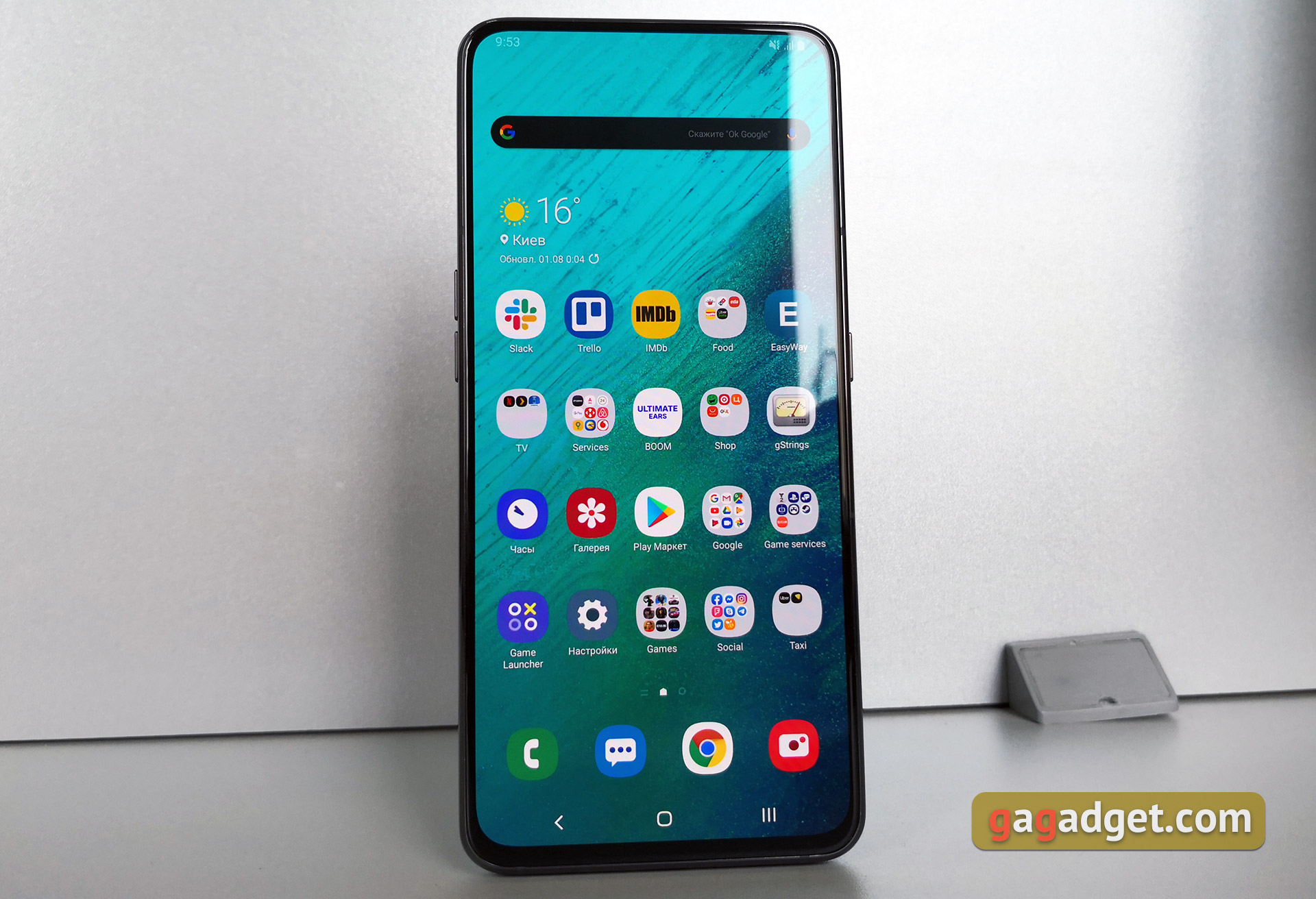
</ img>
The main interesting feature of the smartphone has becomean unusual design with a retractable PTZ camera, which eliminated the need for a front camera and allowed to install the display without any cutouts on the entire front panel. Well, the wow effect is also present. The camera itself consists of three modules: a fashionable 48-megapixel main, 8-megapixel wide-angle and ToF-cameras to determine the distance to objects. The smartphone has a SUperAMOLED display with a very impressive diagonal of 6.7 inches and a resolution of 2400x1080, and inside it is installed a completely fresh Qualcomm Snapdragon 730 processor in the middle price segment. Memory - 8 GB of RAM and 128 GB of internal memory, there is no memory card slot. Fingerprint scanner placed on the screen.
</ p>What does the Samsung Galaxy A80 look like?
The first thing that catches your eye when you take ita smartphone in your hand is a very large display with minimal frames around the perimeter and without any cutouts or bangs. on the screen. Even by today's standards, 6.7 inches is very impressive. Also, just a few years ago, 7-inch tablets were popular. The rounded outlines of the smartphone and display have already become familiar in our time. There is nothing at the front of the display, not even a speaker. Its role is played by the display itself. The decision is controversial, the sound is not of the highest quality, and those around you can hear your interlocutor quite well.

</ img>
Any cutouts were achieved thanks toThe main feature of the smartphone is the unusual camera design. When you turn on the front camera mode, the entire unit “moves out” up, and the camera block itself turns towards the owner. The whole process takes a little time and is accompanied by the corresponding sound of the slider mechanism moving out. This looks cool:
But such a decision has a reverse side of the coin. The design somewhat weights the smartphone itself and makes its upper part heavier. Plus, there is no question of dust and moisture protection, and the moving parts themselves with great pleasure collect dust and dirt. Plus, in some cases, the camera may not open / close (on the table, for example).
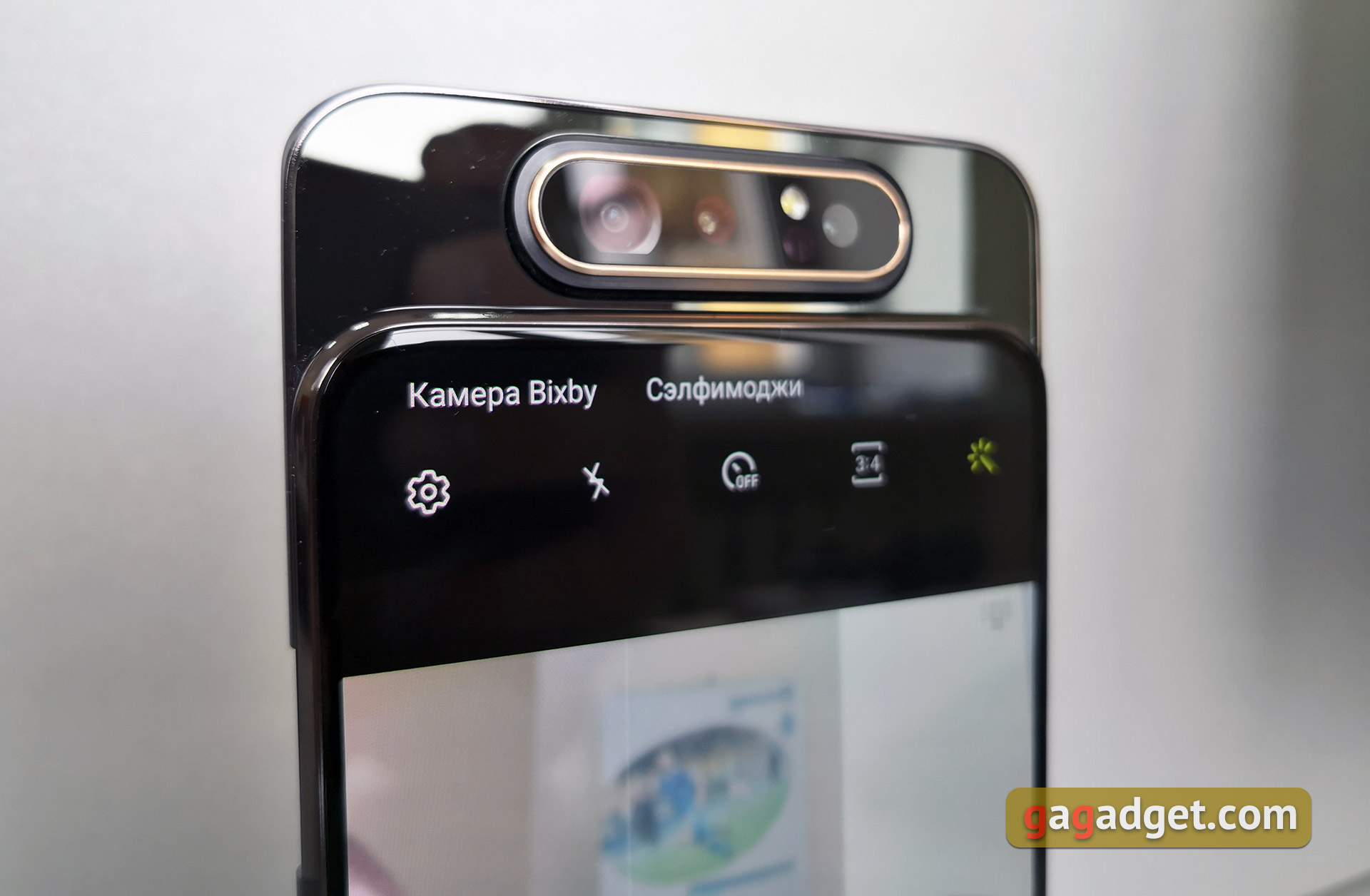
</ img>
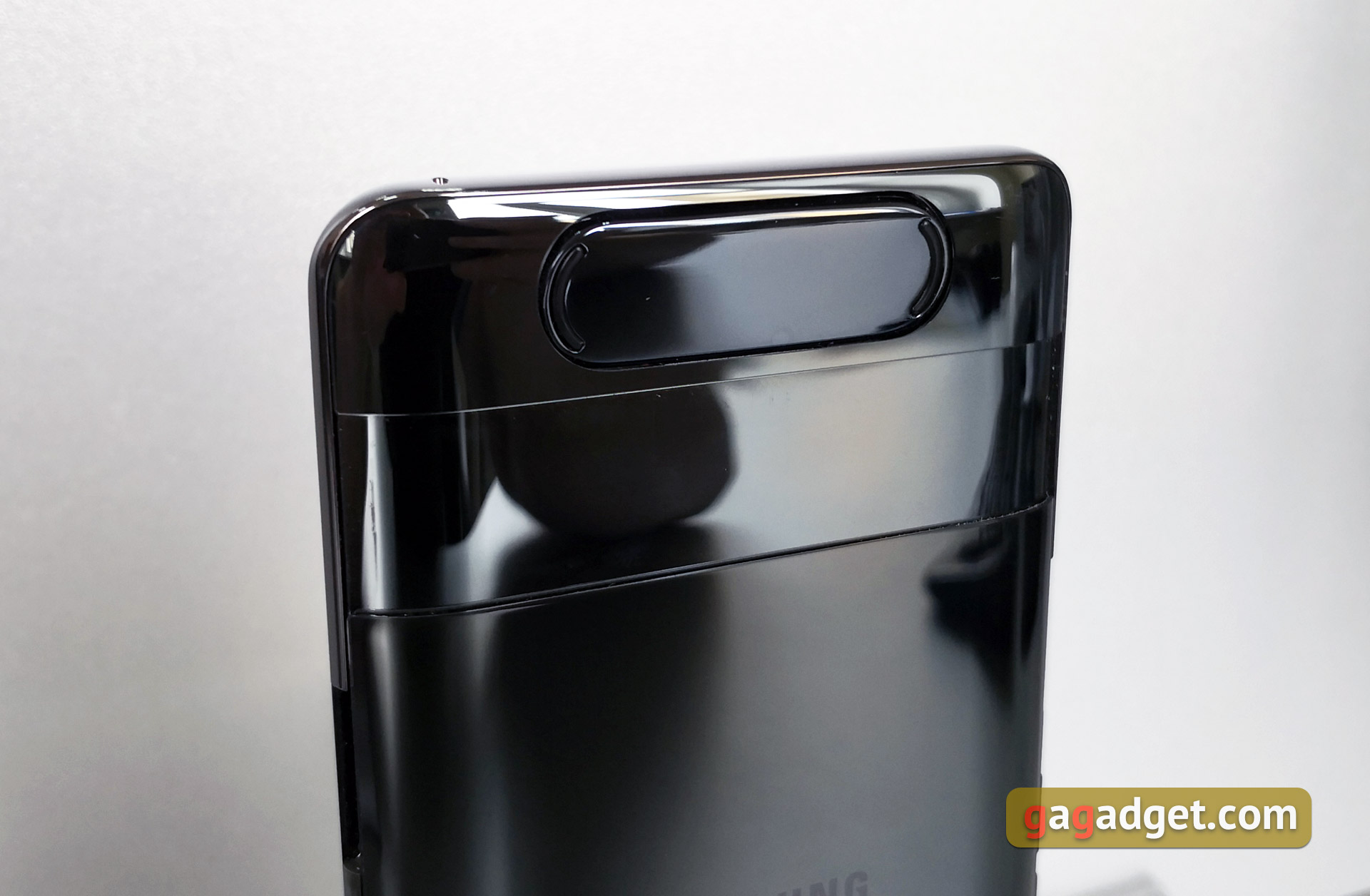
</ img>

</ img>
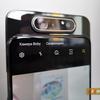
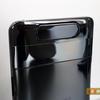

The frame of the smartphone is metal. There is no separate Bixby button in the smartphone, just a standard set. The power button on the right and the volume control buttons on the left:

</ img>

</ img>

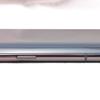
On the top edge there was only room foradditional microphone. The tray, Type-C and external speaker are located on the bottom edge. It’s interesting that with such an impressive size and lack of dust and moisture protection, they still decided to remove the headphone jack:

</ img>
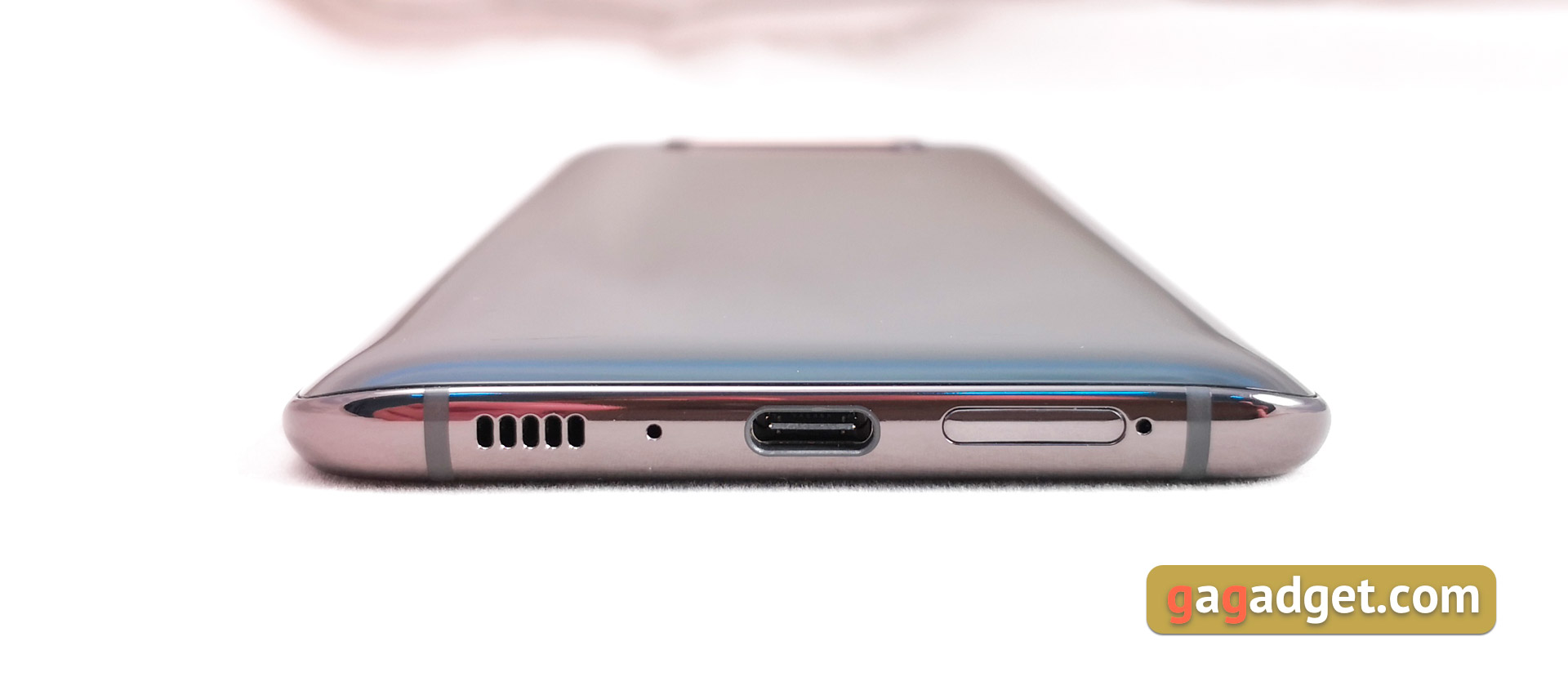
</ img>
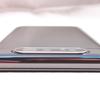
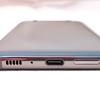
Only 2 SIM cards can be installed in the tray, which is also strange, but not fatal if there is 128 GB inside:
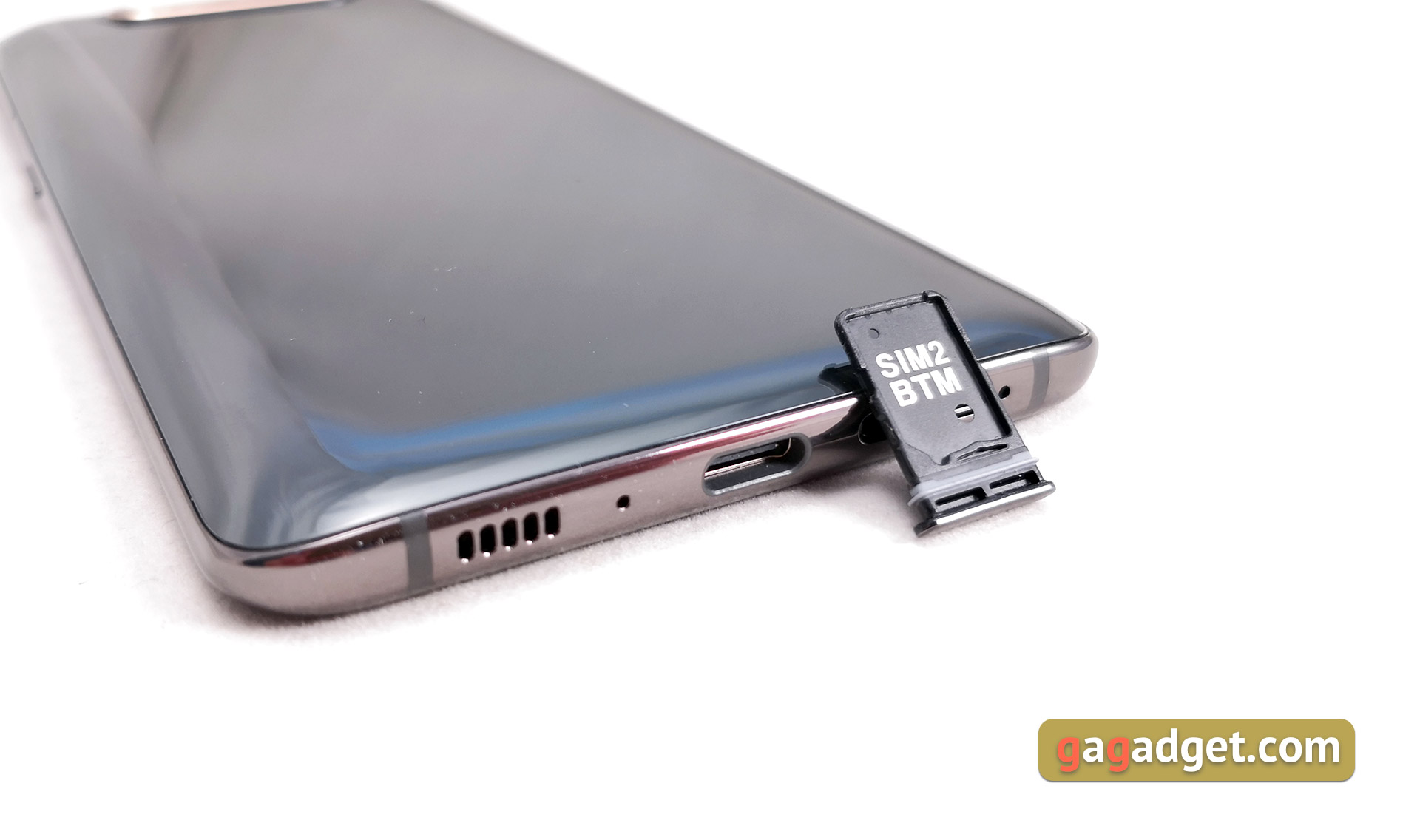
</ img>
The back panel is made of sixth generation Gorilla Glass. It is noticeably rounded on the sides with a kind of “boat” shape. for a more comfortable grip:
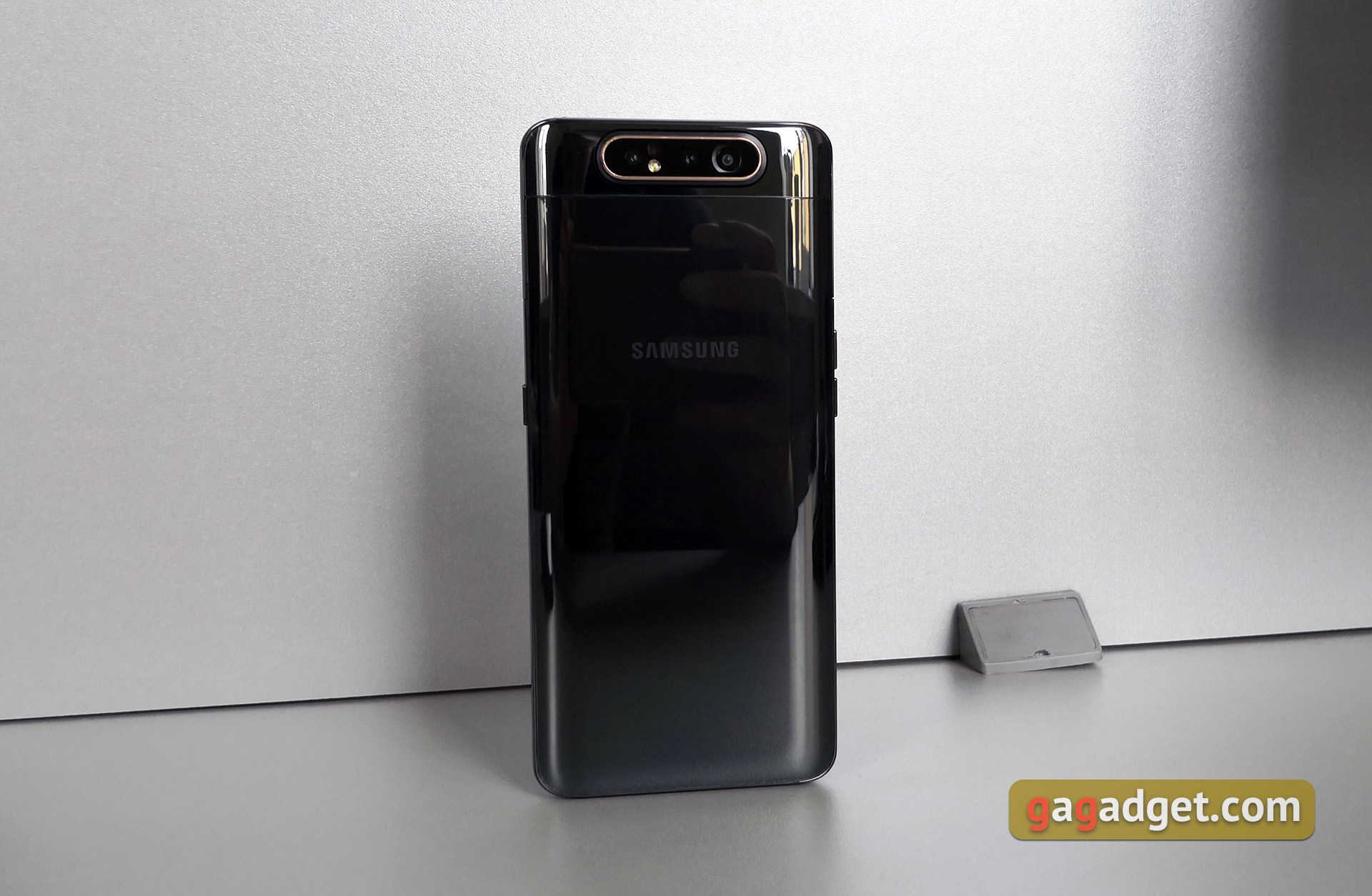
</ img>
The module itself includes a main, wide-angle, ToF camera and flash:
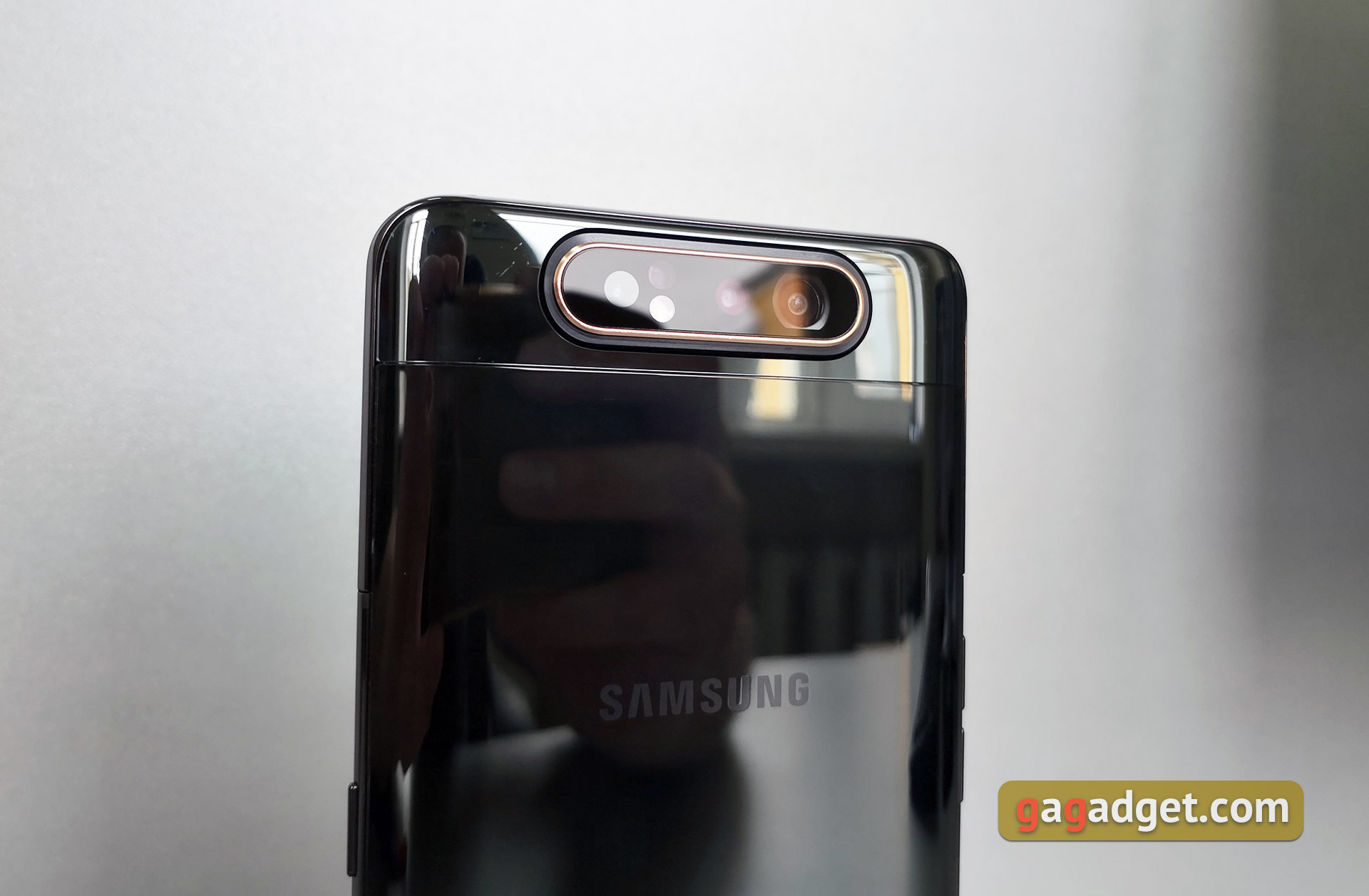
</ img>
General impression of the appearance of the Samsung GalaxyA80 is nice. It looks modern, the screen is huge, almost without frames, and the rotating camera adds uniqueness to the whole thing. But the dimensions and weight turned out to be very impressive. The thickness of the smartphone is 9.3 mm, and 220 g is a bit much even by the standards of the largest smartphones.
</ p>How good is the screen?

</ img>
The smartphone has a huge 6.7-inch SuperAMOLED screen with a resolution of 2400x1080, aspect ratio - 20:9, pixel density - about 393 ppi. The indicator is average, but overall it does not affect the perception; in any case, I was not able to see individual pixels. The picture on the screen is excellent, the viewing angles are maximum, and the brightness reserve is sufficient for the summer sun. Interestingly, the screen is protected by 3rd generation Gorilla glass (while the back is 6th generation). There is an Always on Display function.
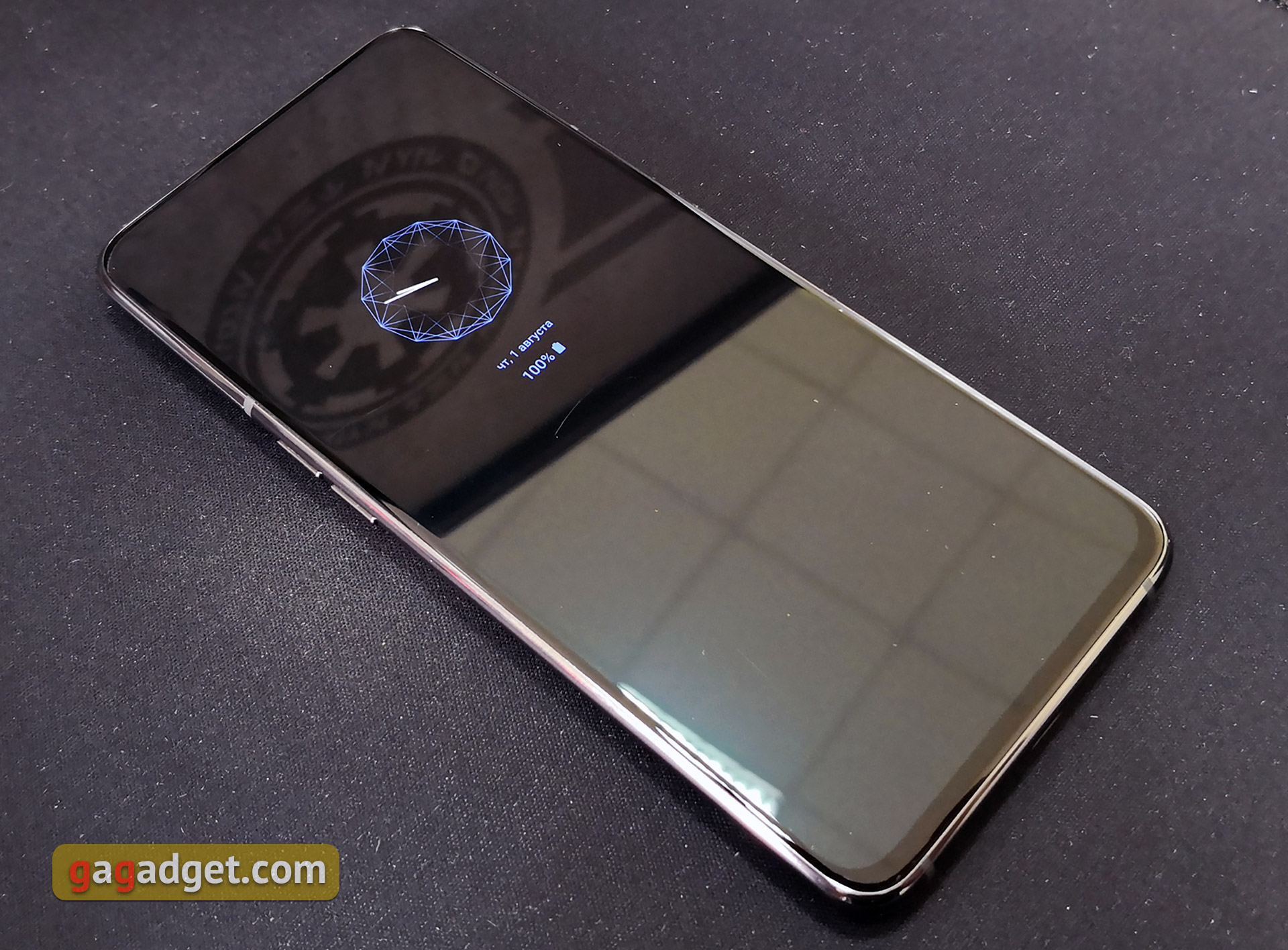
</ img>
In the settings you can adjust the scale of elementsinterface, font, its size, blue filter, night mode (black interface theme, which is very useful in smartphones with AMOLED screens), Always on Display and color display modes. There is “rich” with manual color adjustment and “Natural”:
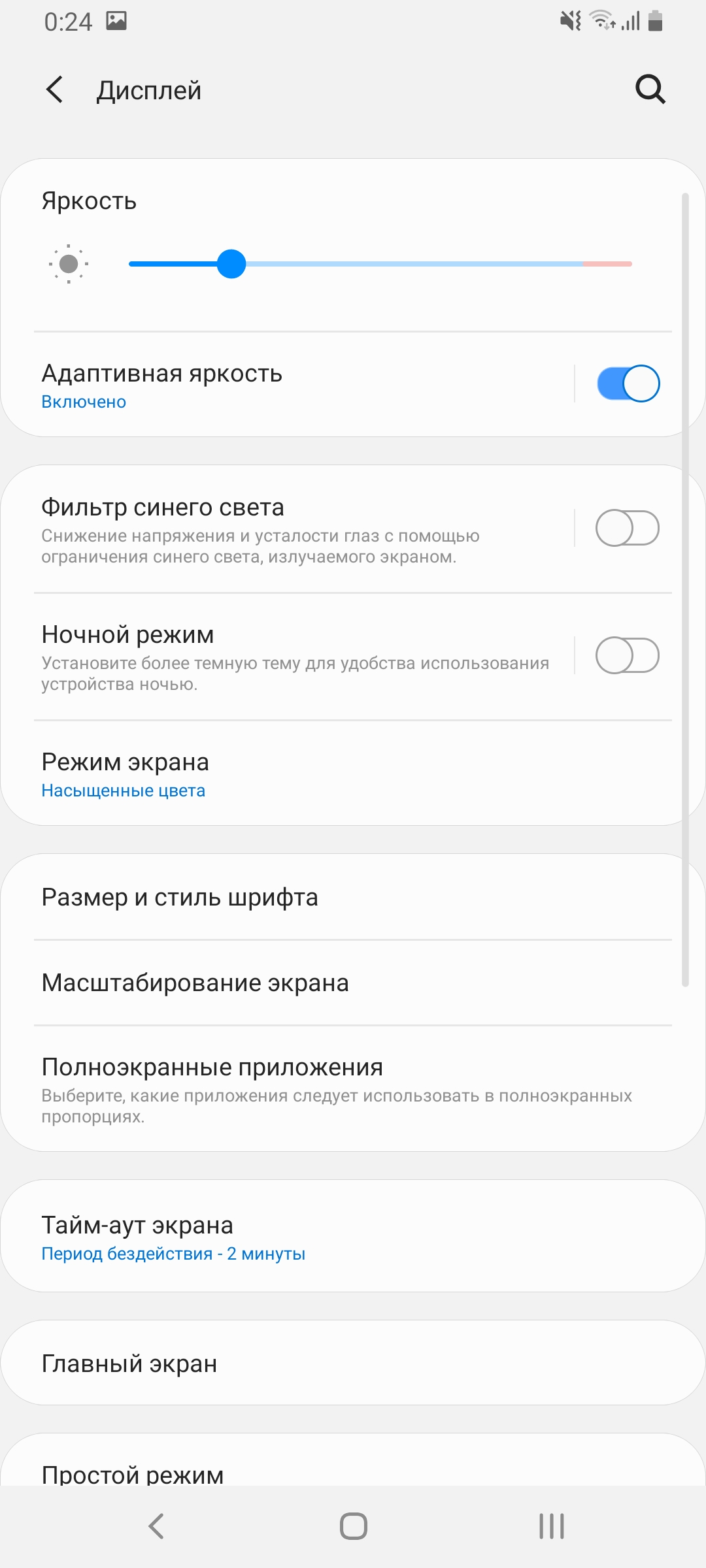
</ img>
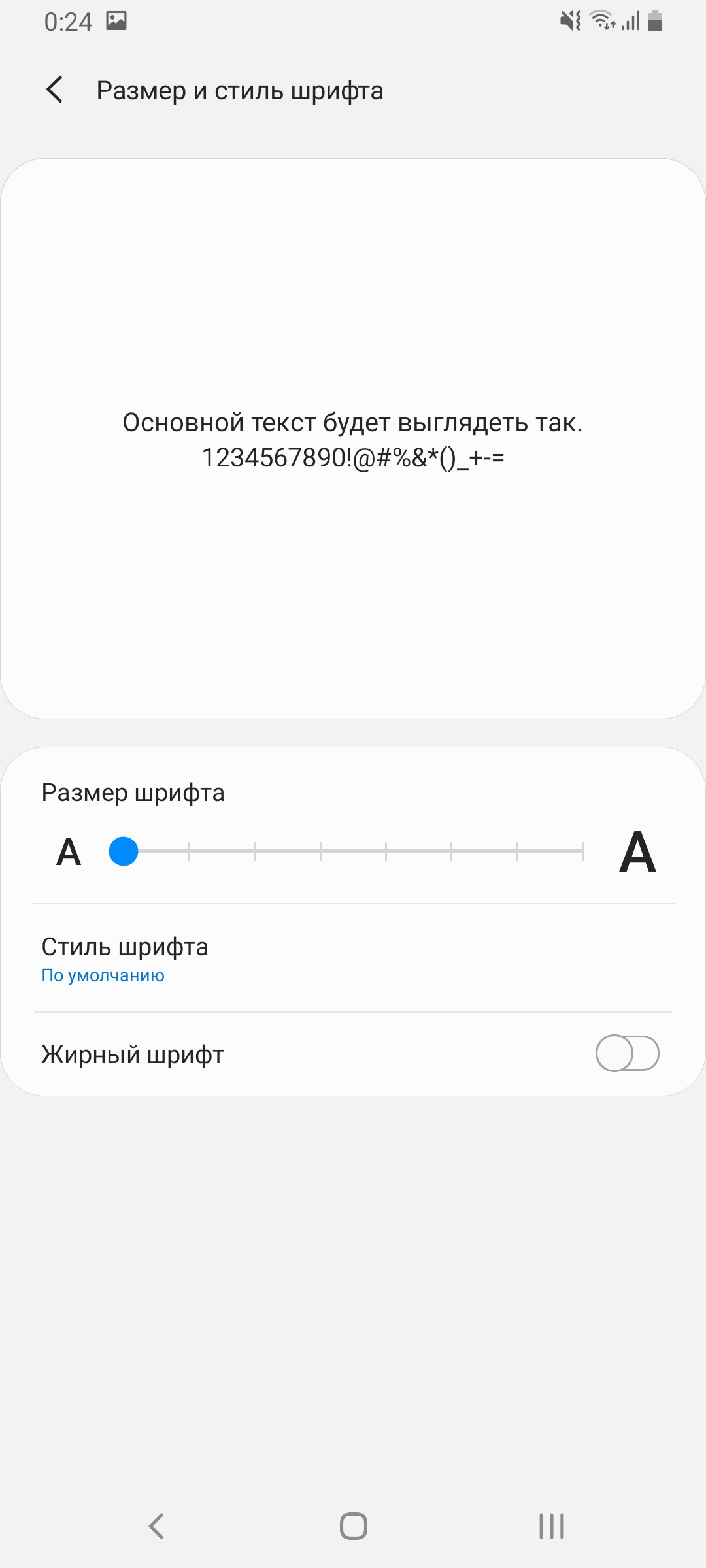
</ img>

</ img>
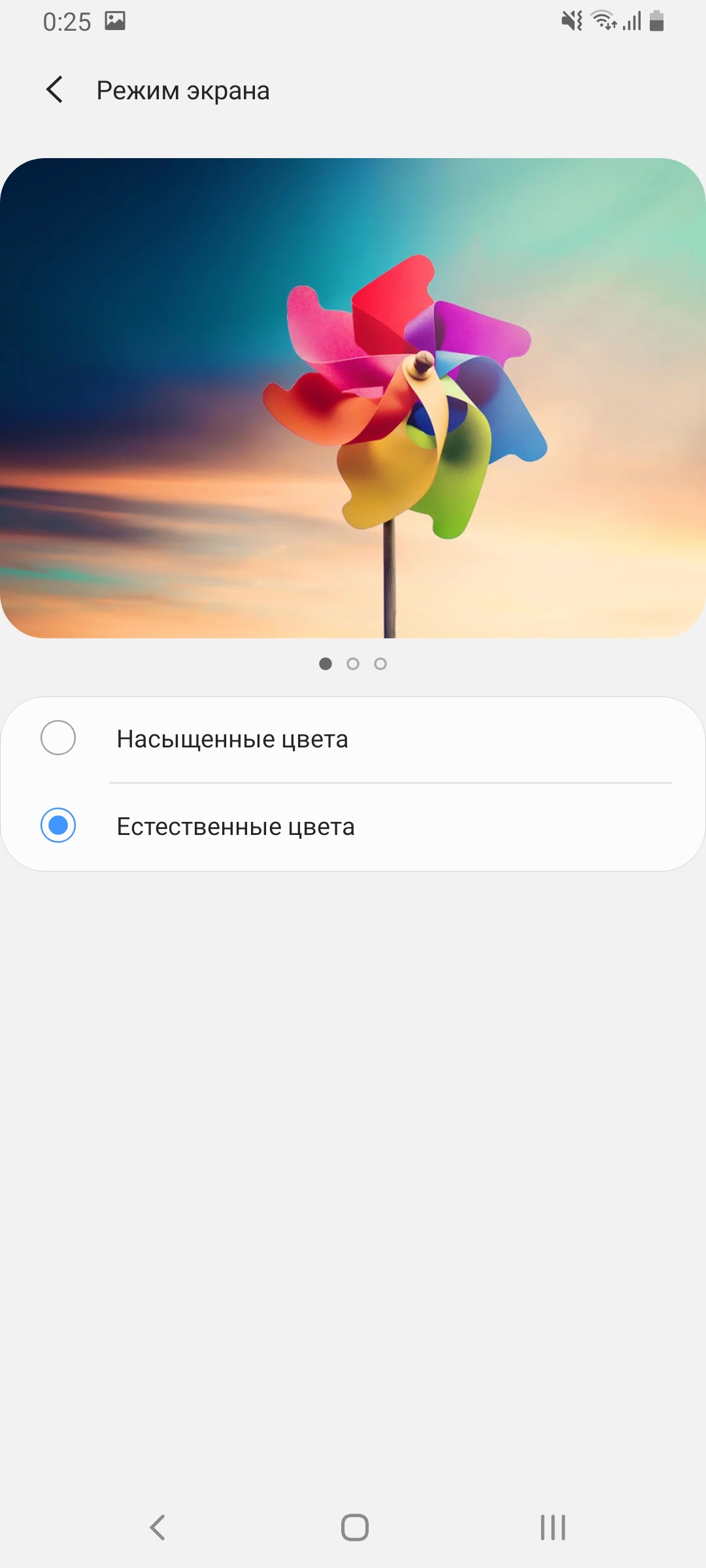
</ img>
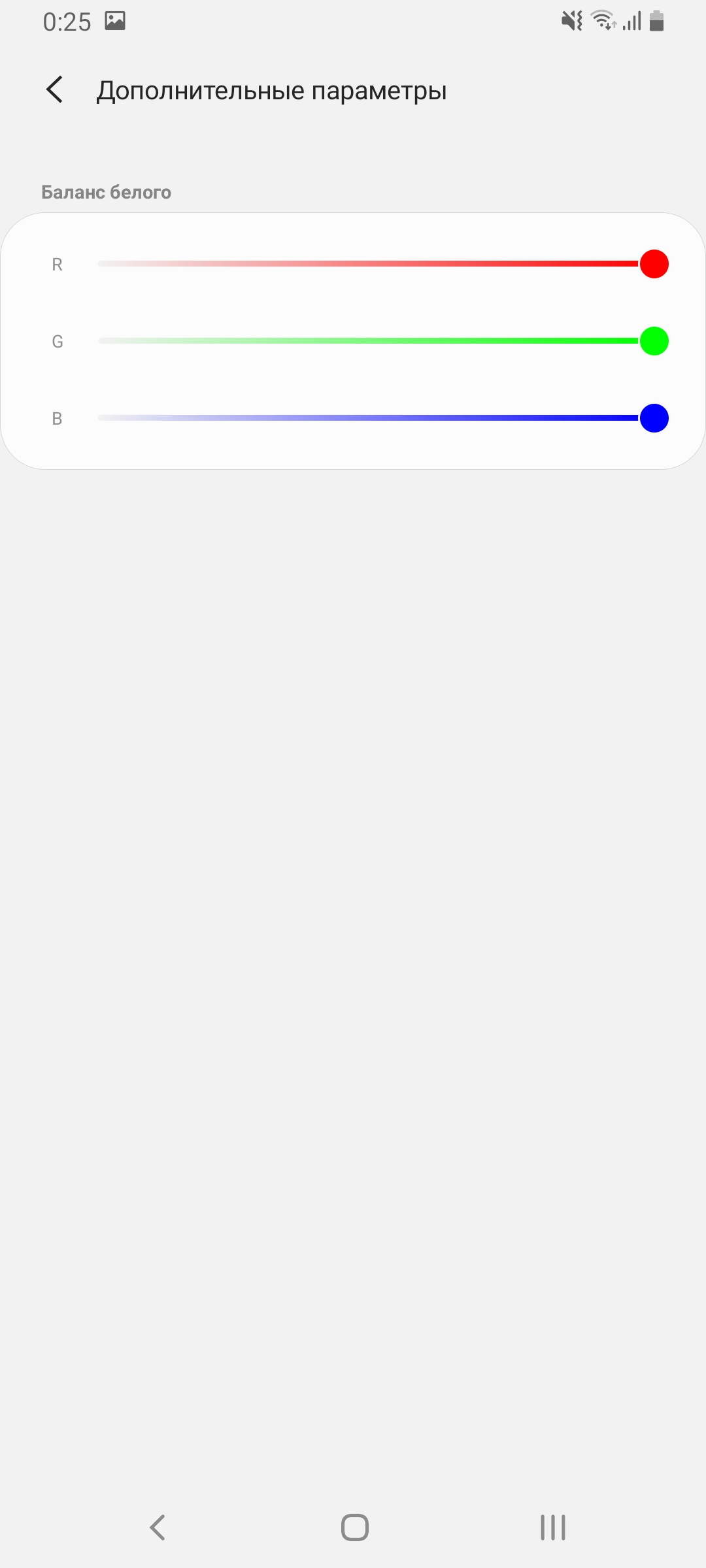
</ img>
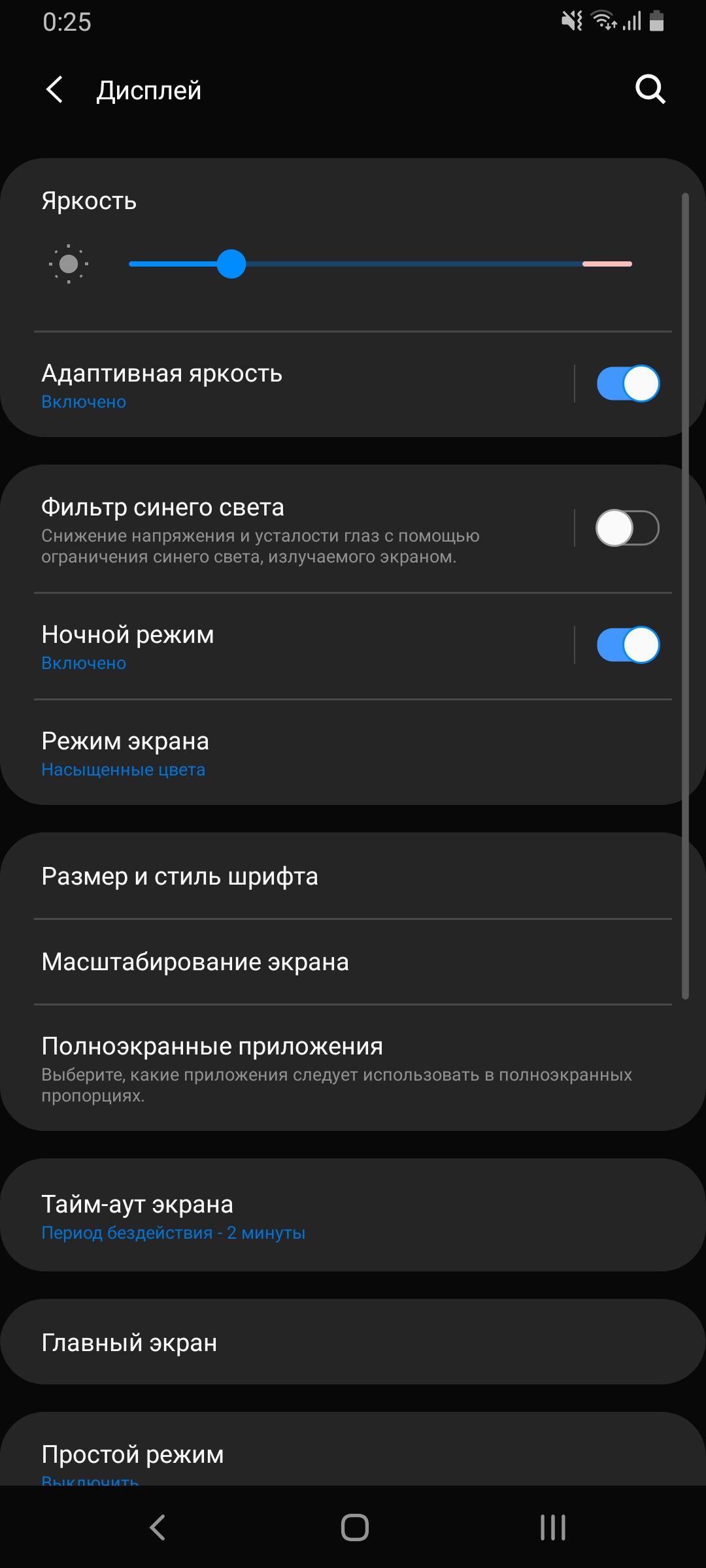
</ img>
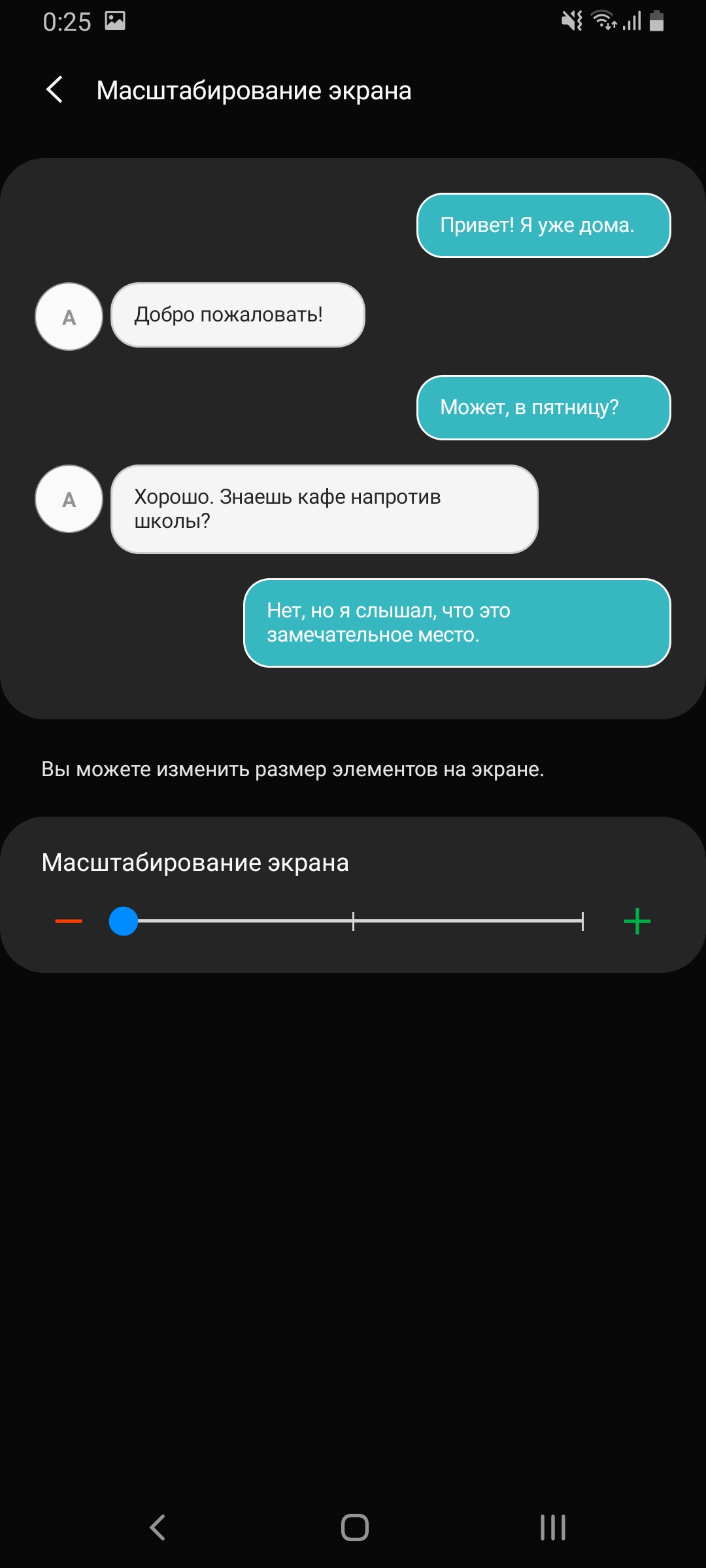
</ img>


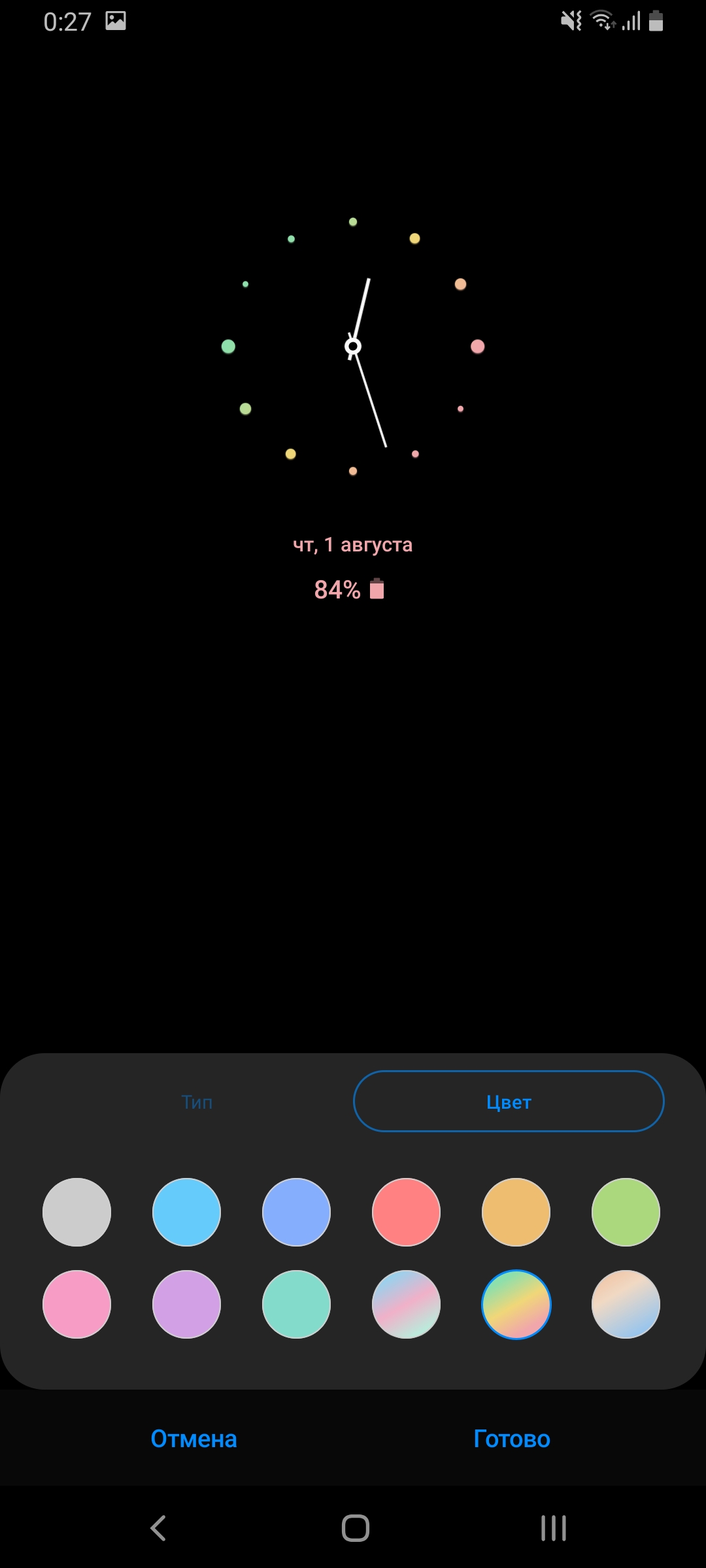







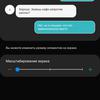




Maximum brightness in office“laboratory” conditions was 402.303 cd/m2 (in bright sun this figure is clearly higher) in “saturated” mode. The picture is a little cold, the color gamut is much wider than sRGB:
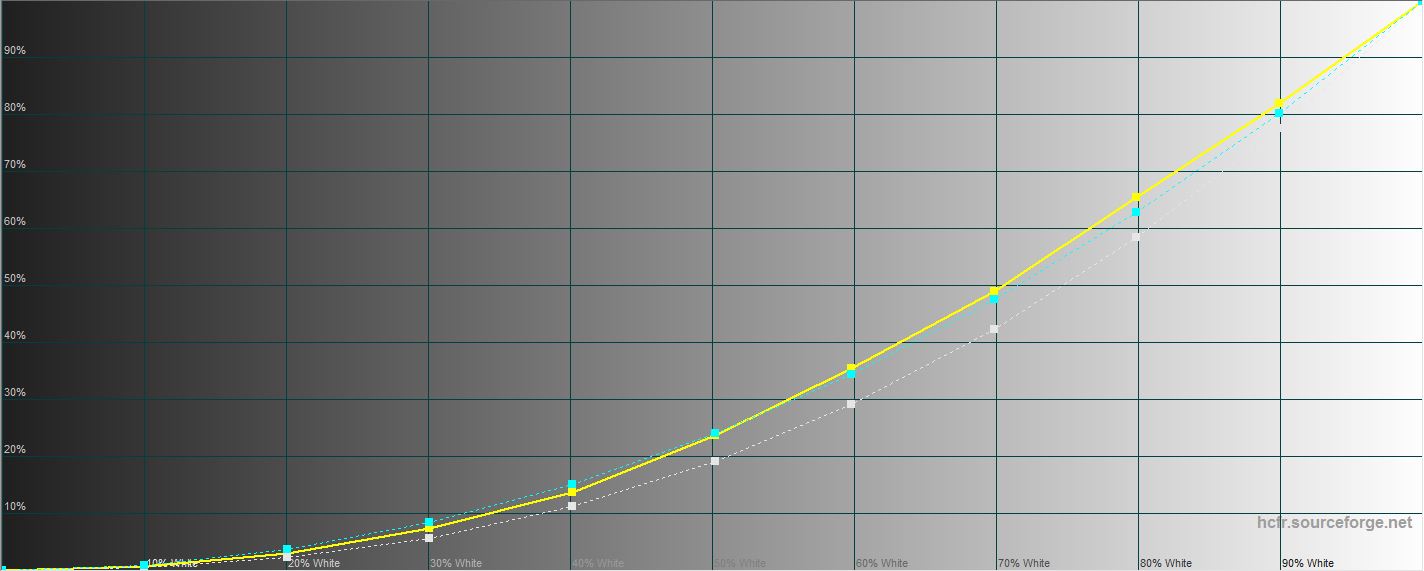
</ img>
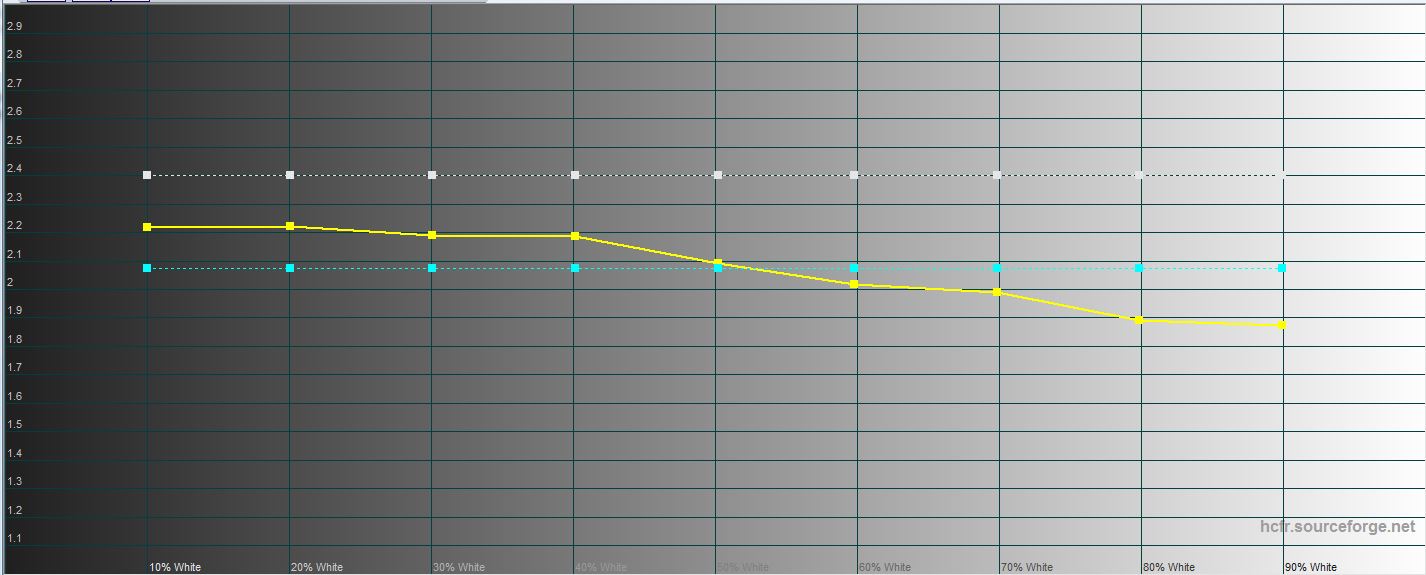
</ img>
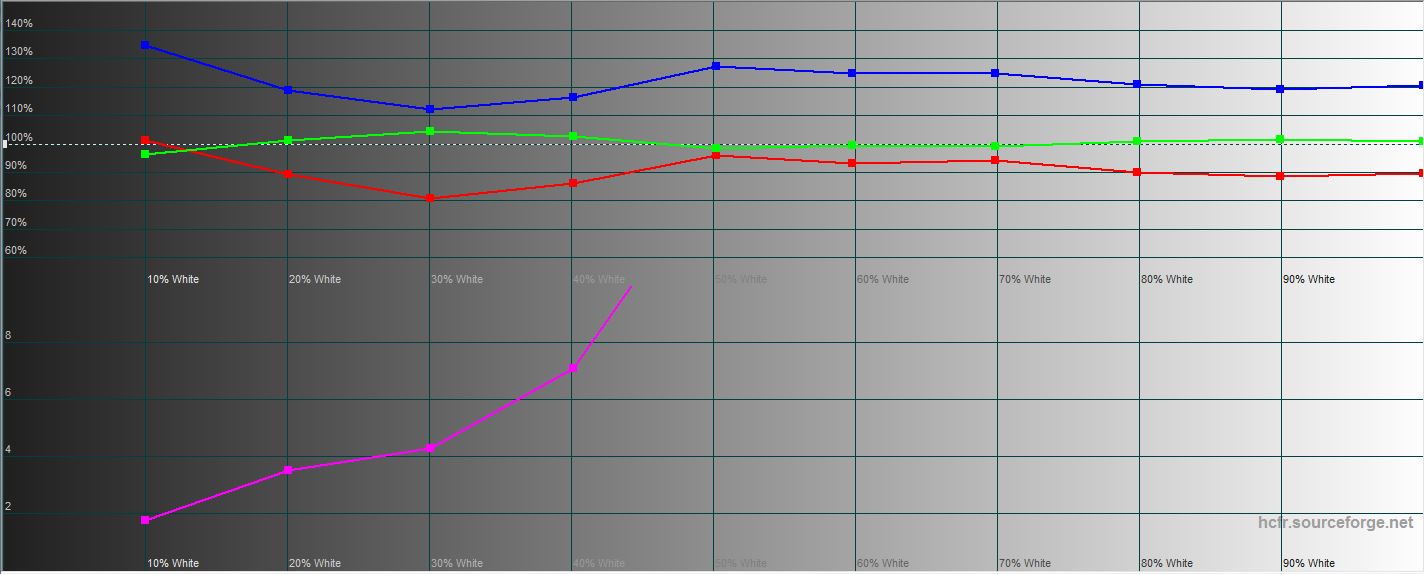
</ img>

</ img>
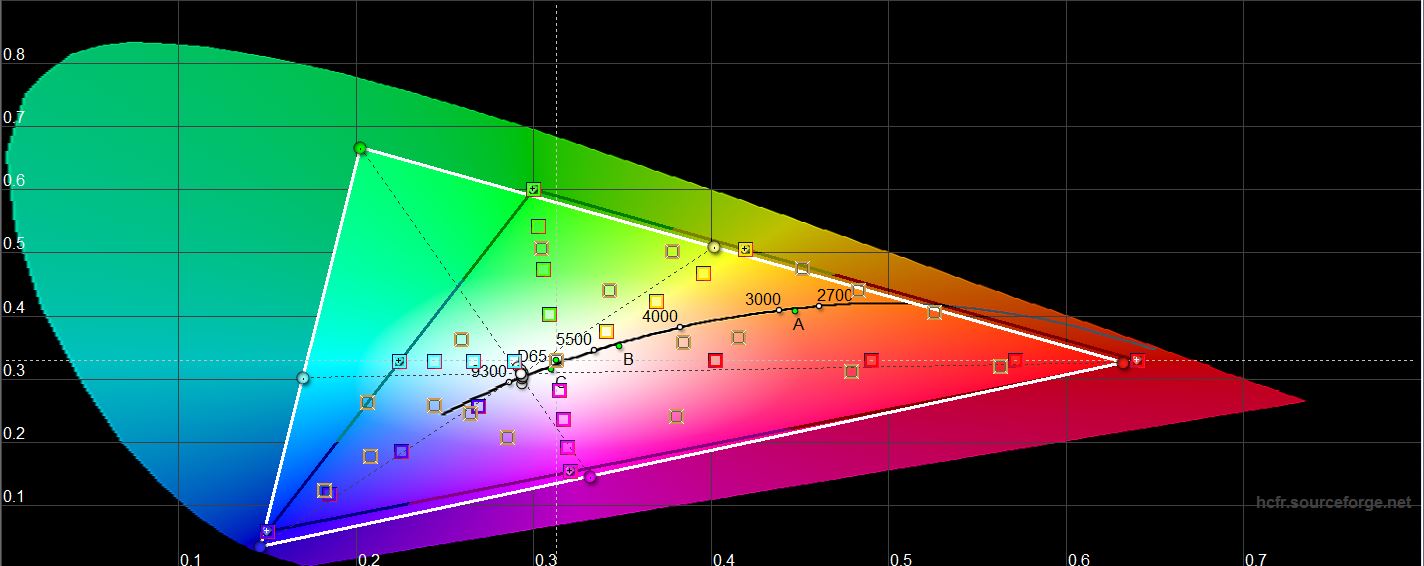
</ img>




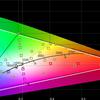
In “natural” mode, color rendition is slightly closer to the reference one, the maximum brightness was 393.981 cd/m2:

</ img>

</ img>

</ img>
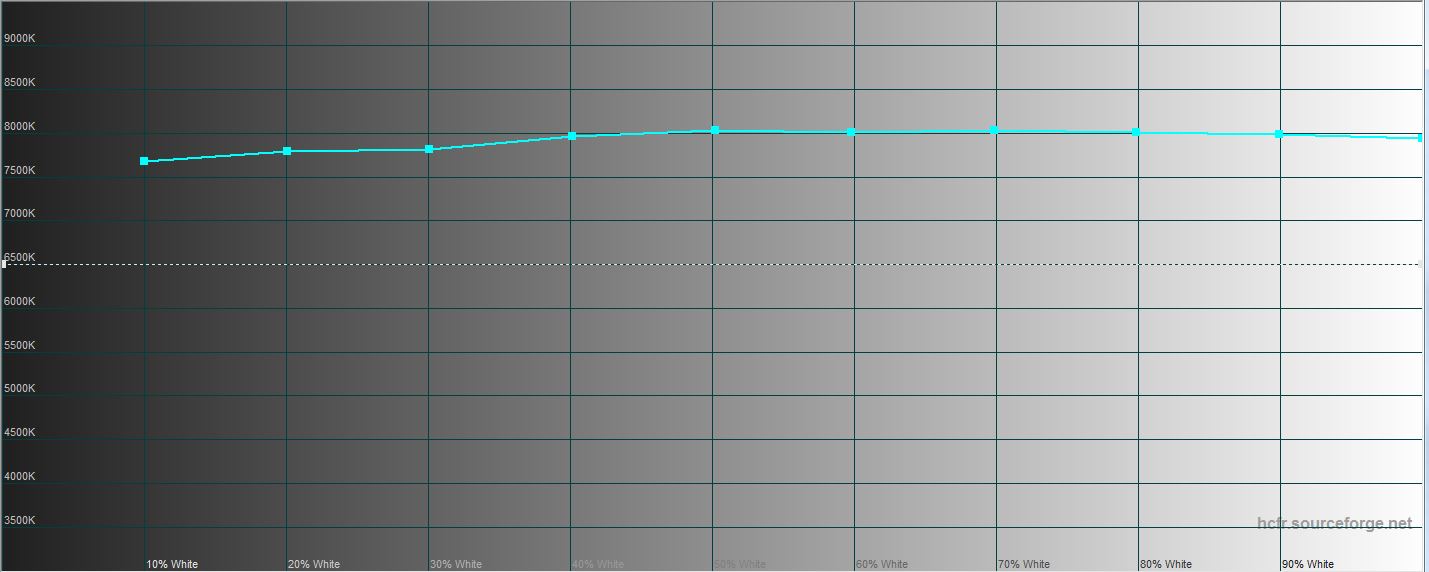
</ img>

</ img>

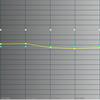

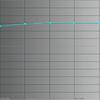

Comparison with other models:
Device name
White field brightness,
cd / m2
The brightness of the black field,
cd / m2
Contrast
Samsung Galaxy A80
402.303
0
∞
Sony Xperia 1
394.97
0
∞
Huawei P30 Pro
447.247
0
∞
Sony Xperia XZ3
408.047
0
∞
Huawei P20 Pro
415.876
0
∞
Meizu 16th
432.107
0
∞
How does a fingerprint scanner work?
To unlock the smartphone on biometricfingerprints are used. Face recognition is not, which is quite logical with this design. Wait until the camera leaves and turns around, then wait until it recognizes - not a good idea.

</ img>
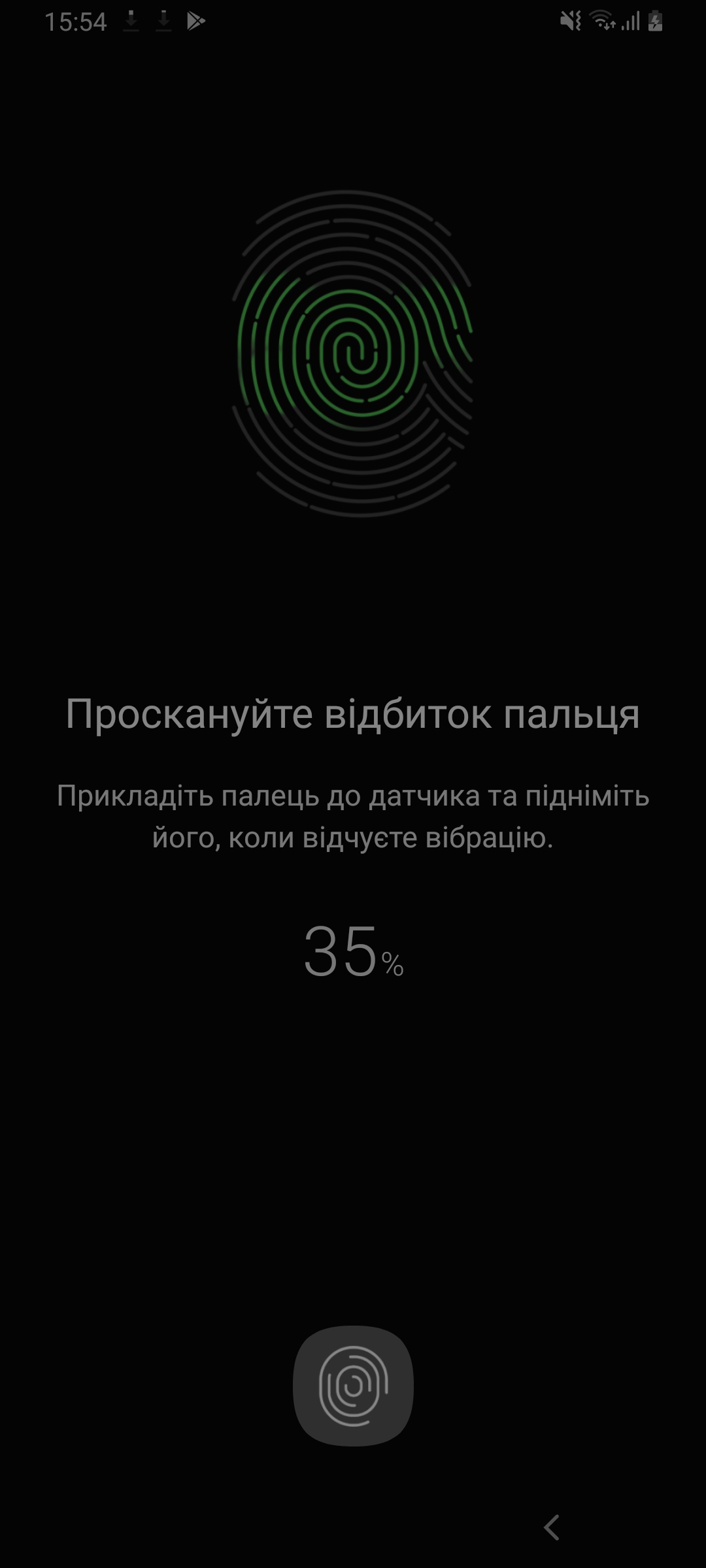
</ img>
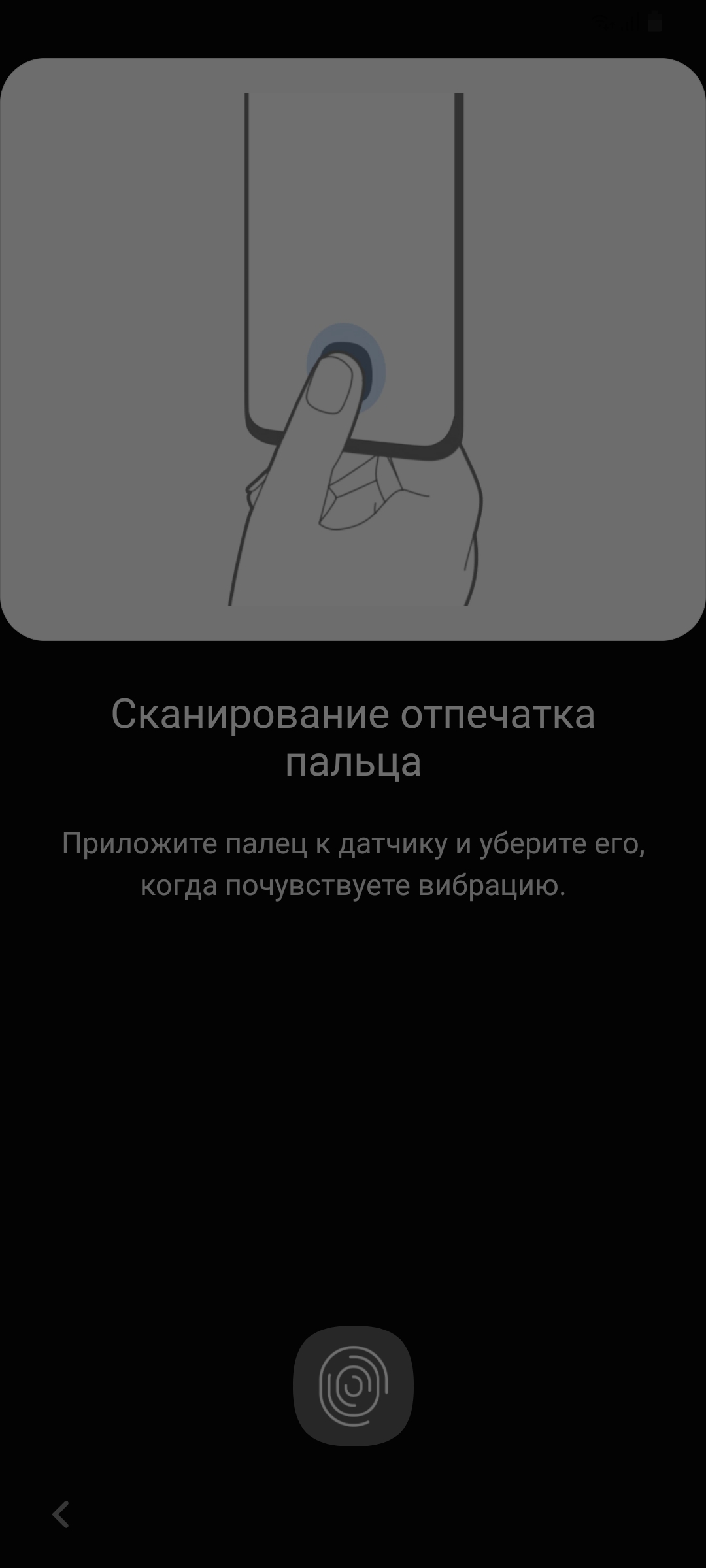
</ img>
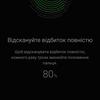
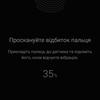

The fingerprint scanner is in the screen(physically under it, to be precise). Unlike flagships, a simpler optical version of the scanner is used, in which the finger is highlighted during the scanning process. In general, with the latest firmware it works quite adequately. Accurately and quite a bit slower than traditional solutions. With wet fingers, of course, does not work.

</ img>
What about performance, memory, sound and autonomy?
In Samsung Galaxy A80, the company decided to usenot any of its Exynos processors, but installed the latest mid-priced Qualcomm Snapdragon 730 processor. A80 is one of the first and so far few smartphones on this processor. This is an 8nm SoC with two high-performance Kryo 470 Gold cores clocked at 2.2 GHz and six energy-efficient Kryo 470 Silver cores clocked at 1.8 GHz. Graphics accelerator - Adreno 618 with a clock frequency of 825 MHz and support for Vulcan 1.1 API. There are no performance issues observed. The shell and heavy applications launch and work very quickly. The new processor handles games very well. Even the heaviest modern games like PUBG Mobile run on high graphics settings and do not slow down:
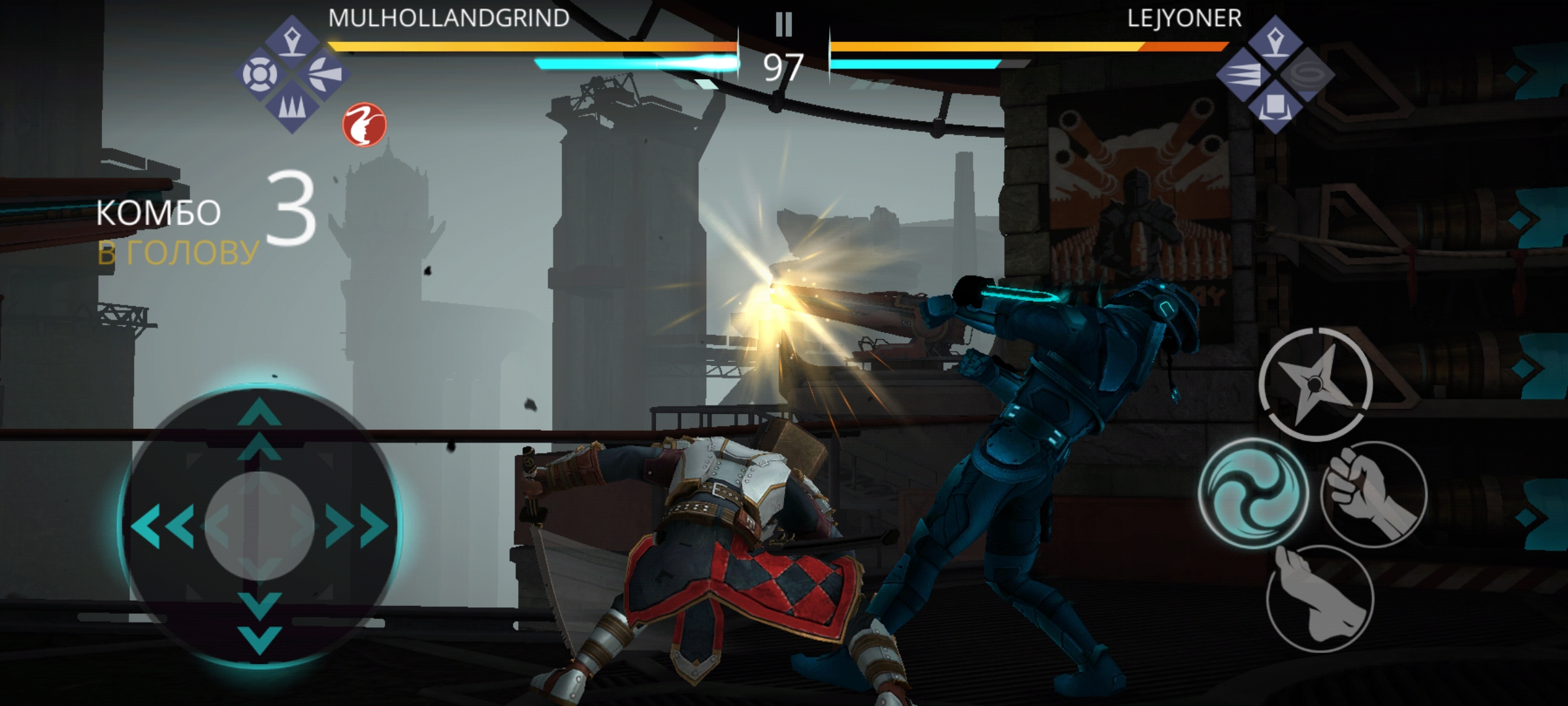

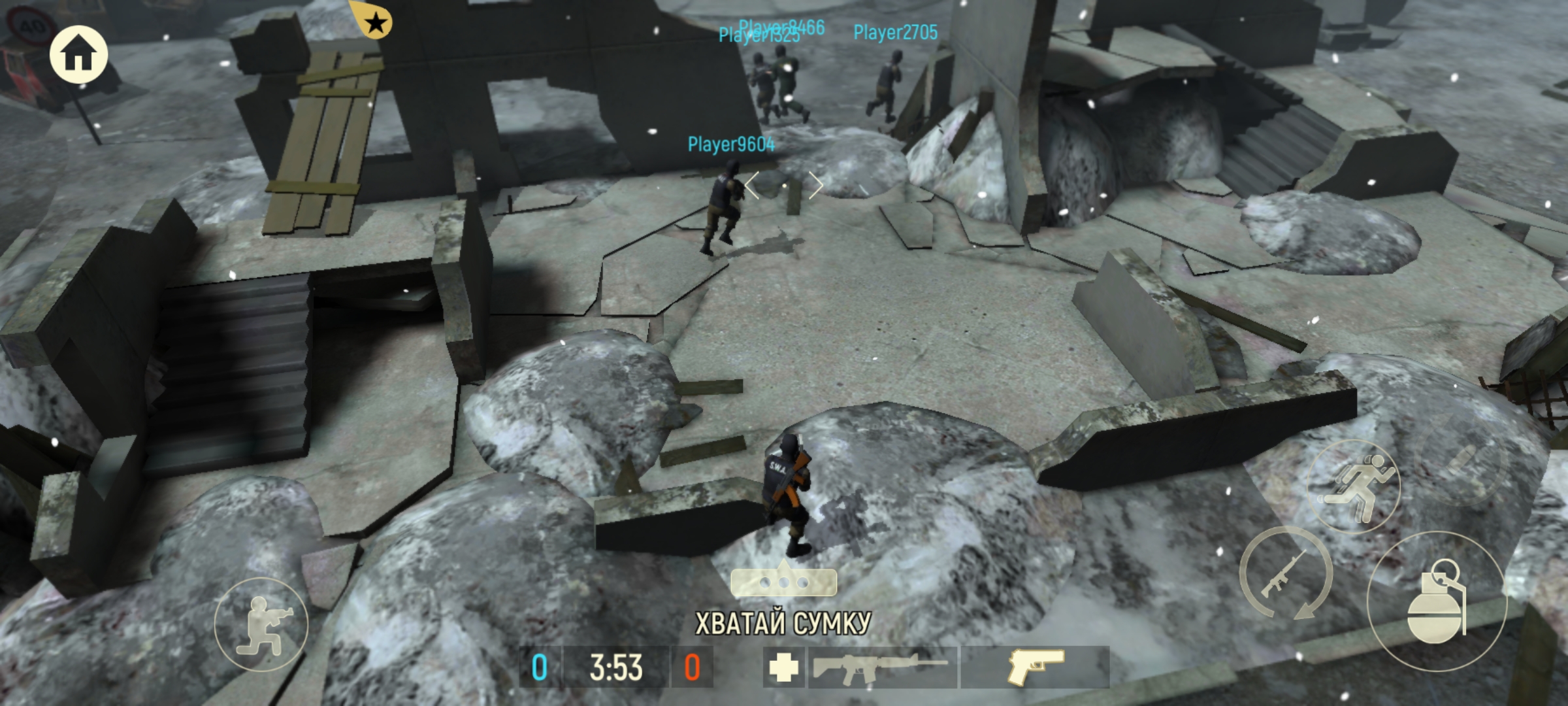
</ img>

</ img>


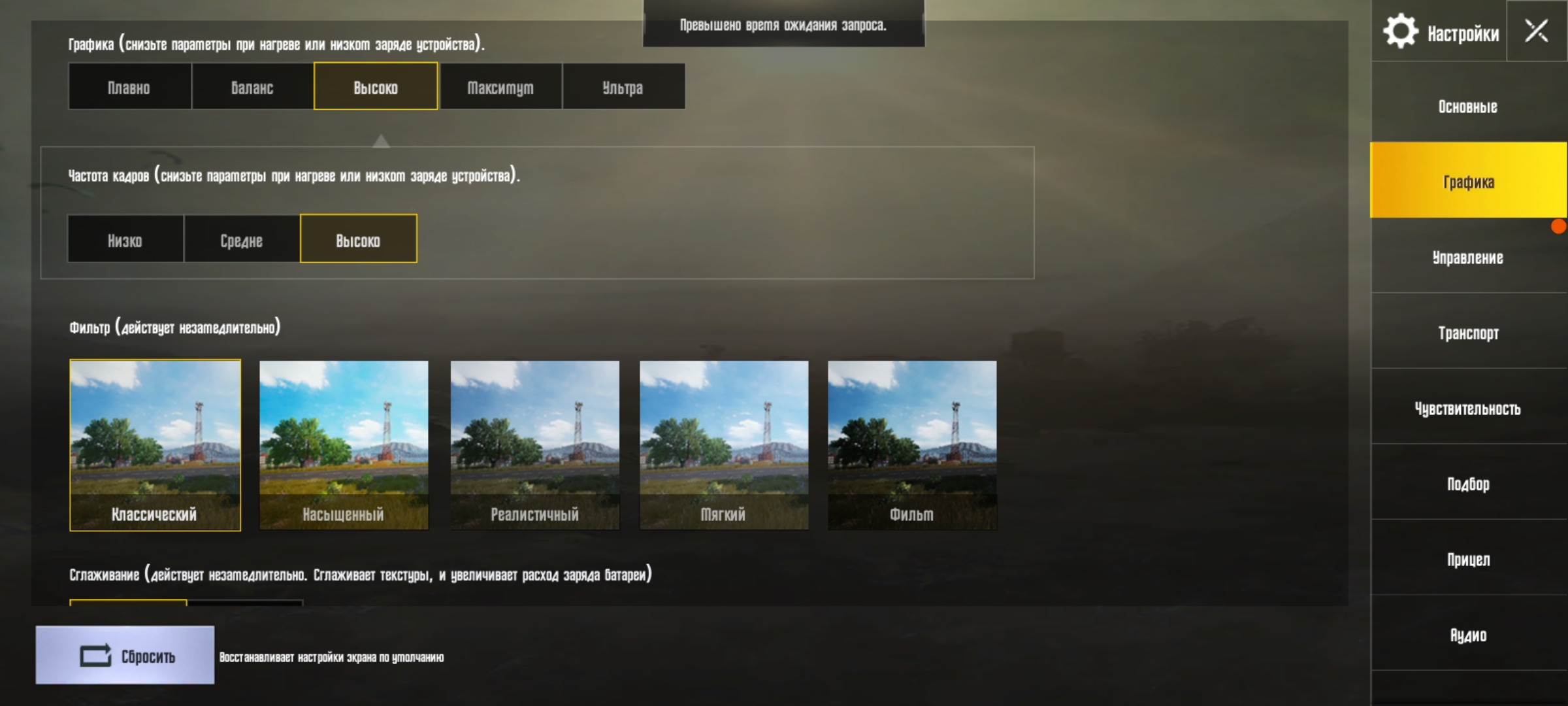
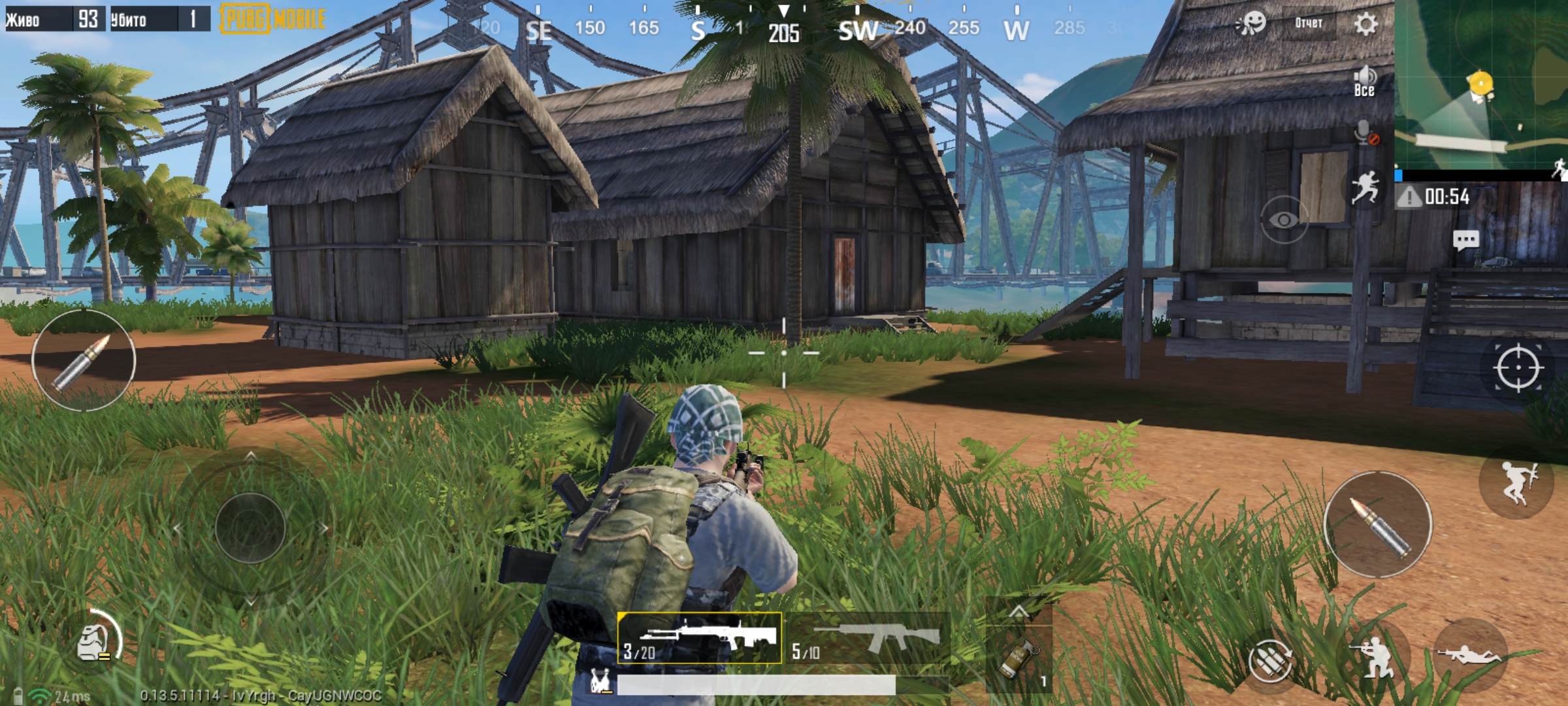
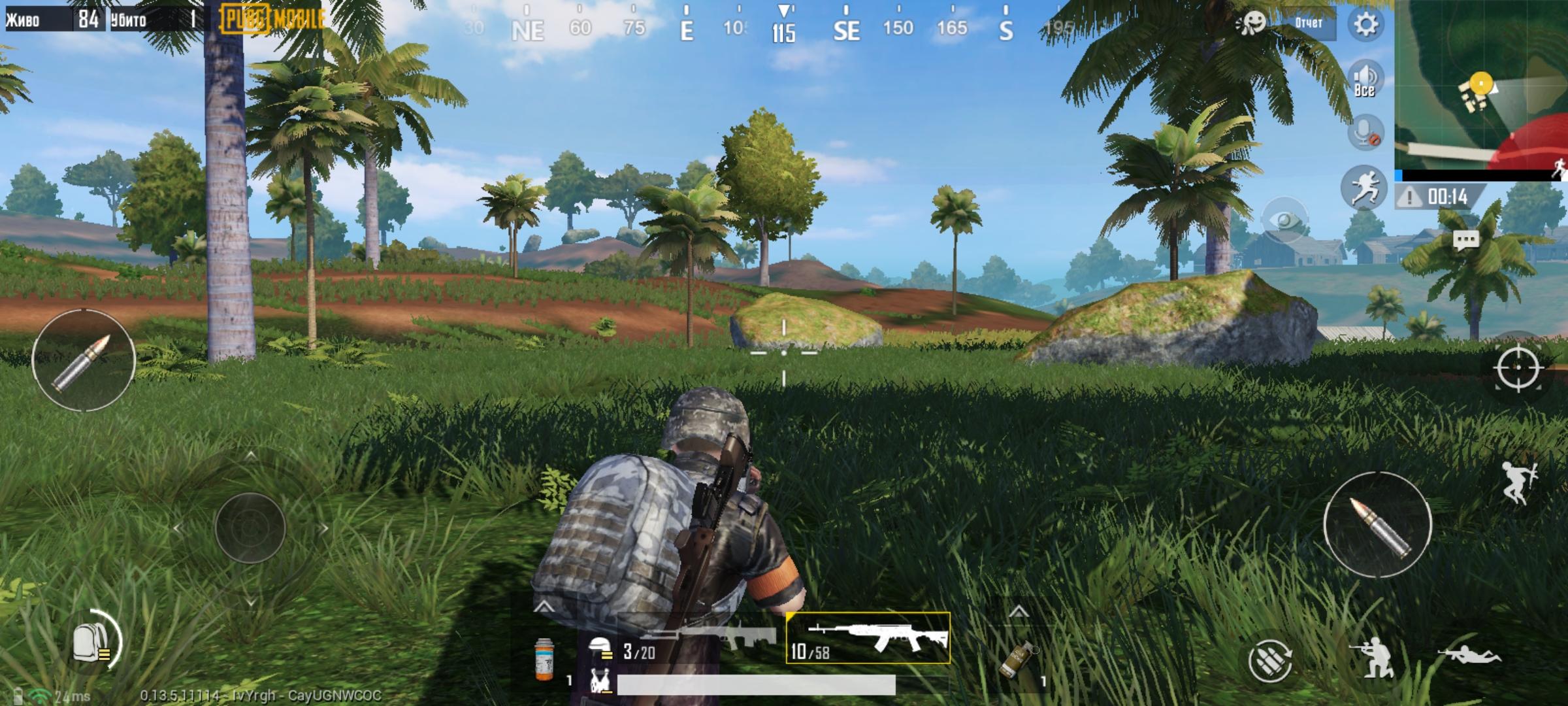









The traditional hub with games and settings, Game Tools, has not gone away:



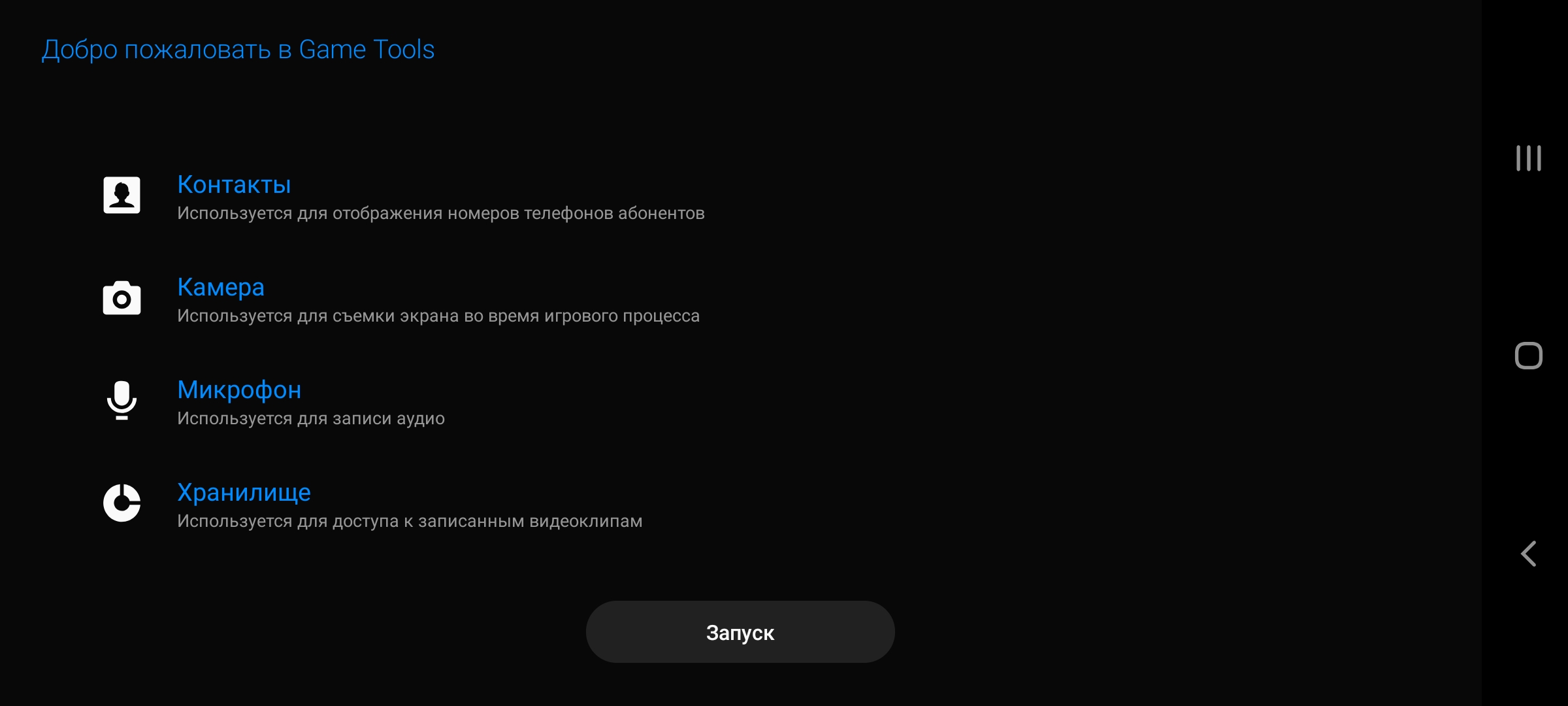
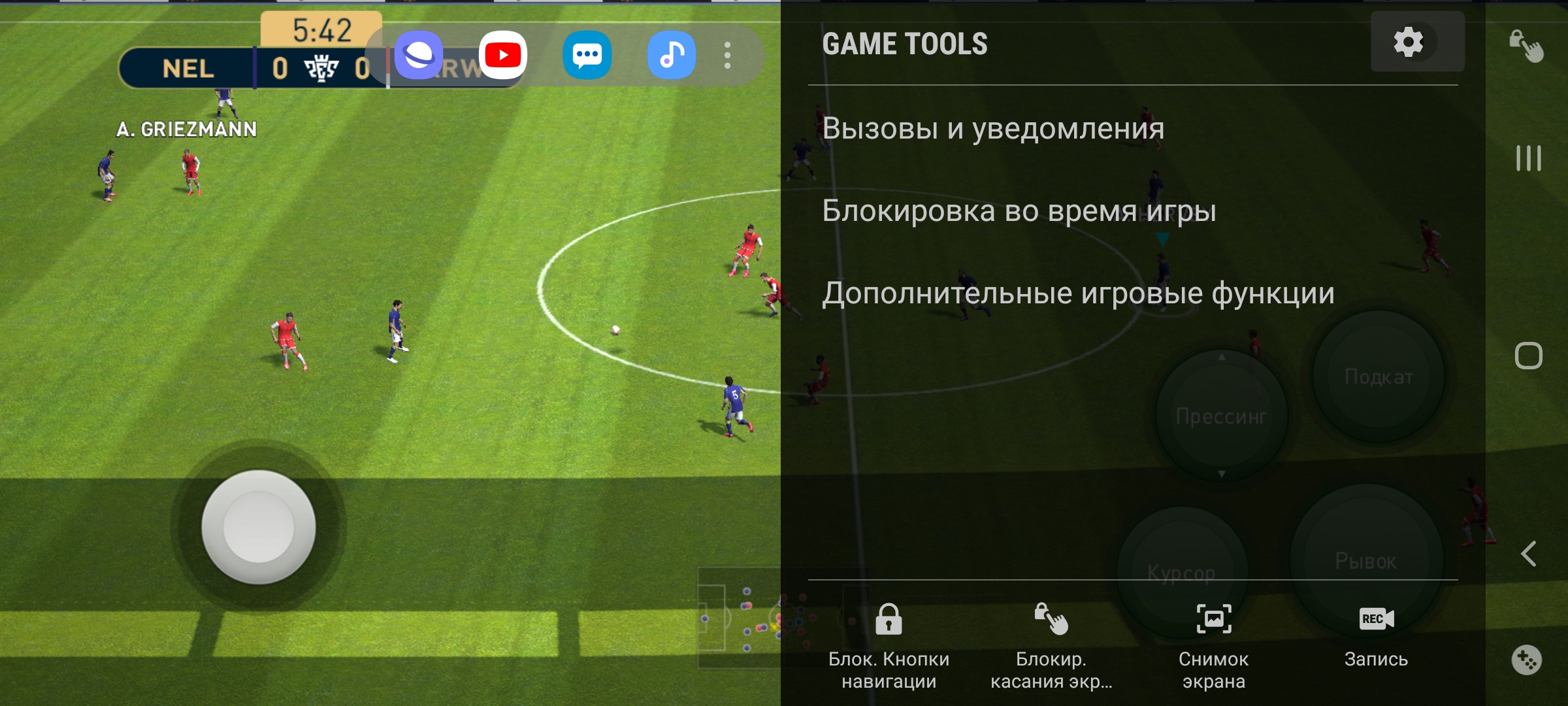







RAM in the smartphone is 8 GB, built-in -128 GB. Judging by the results in benchmarks, the processor is just a little ahead of the flagship Snapdragon 835 of 2017. So the Snapdragon 730 is a quite confident modern processor in the mid-price segment:
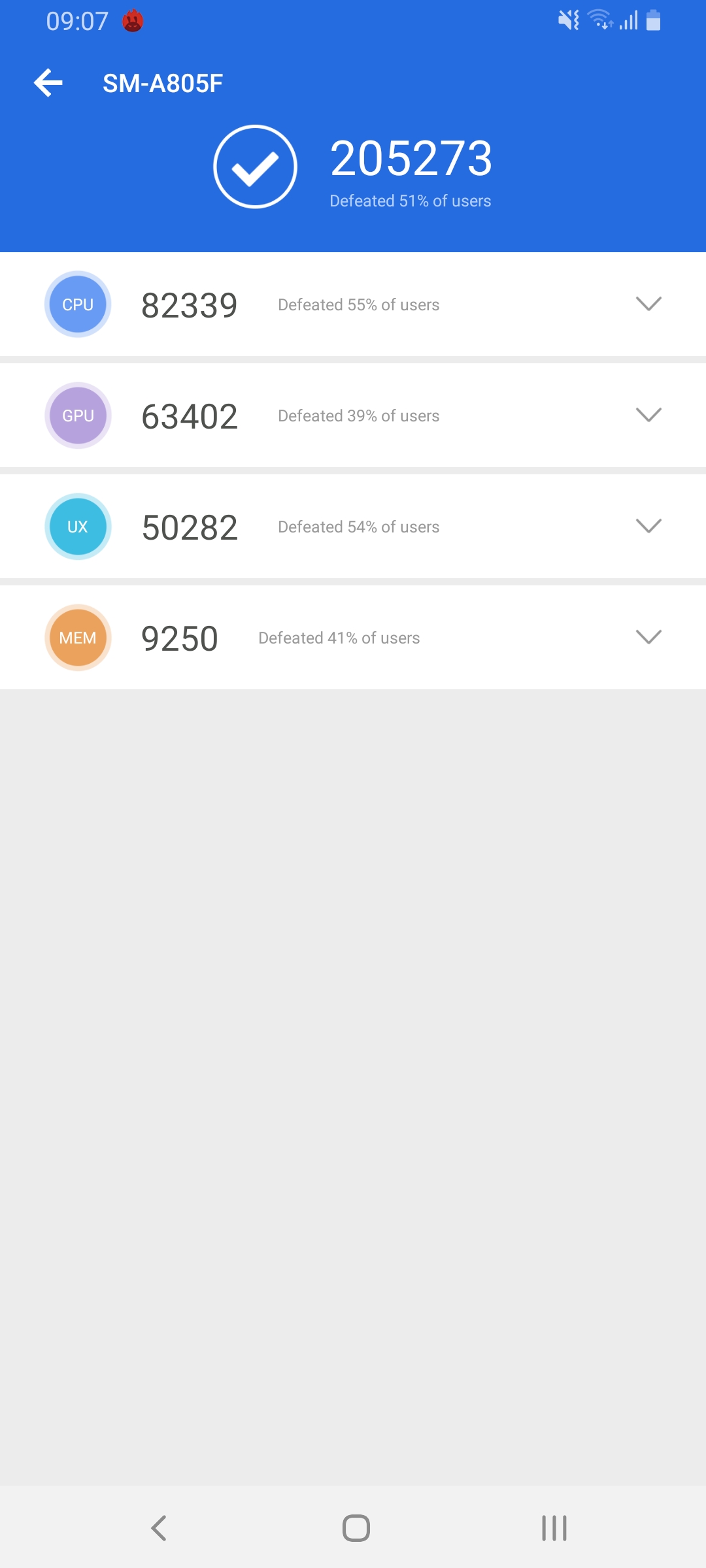

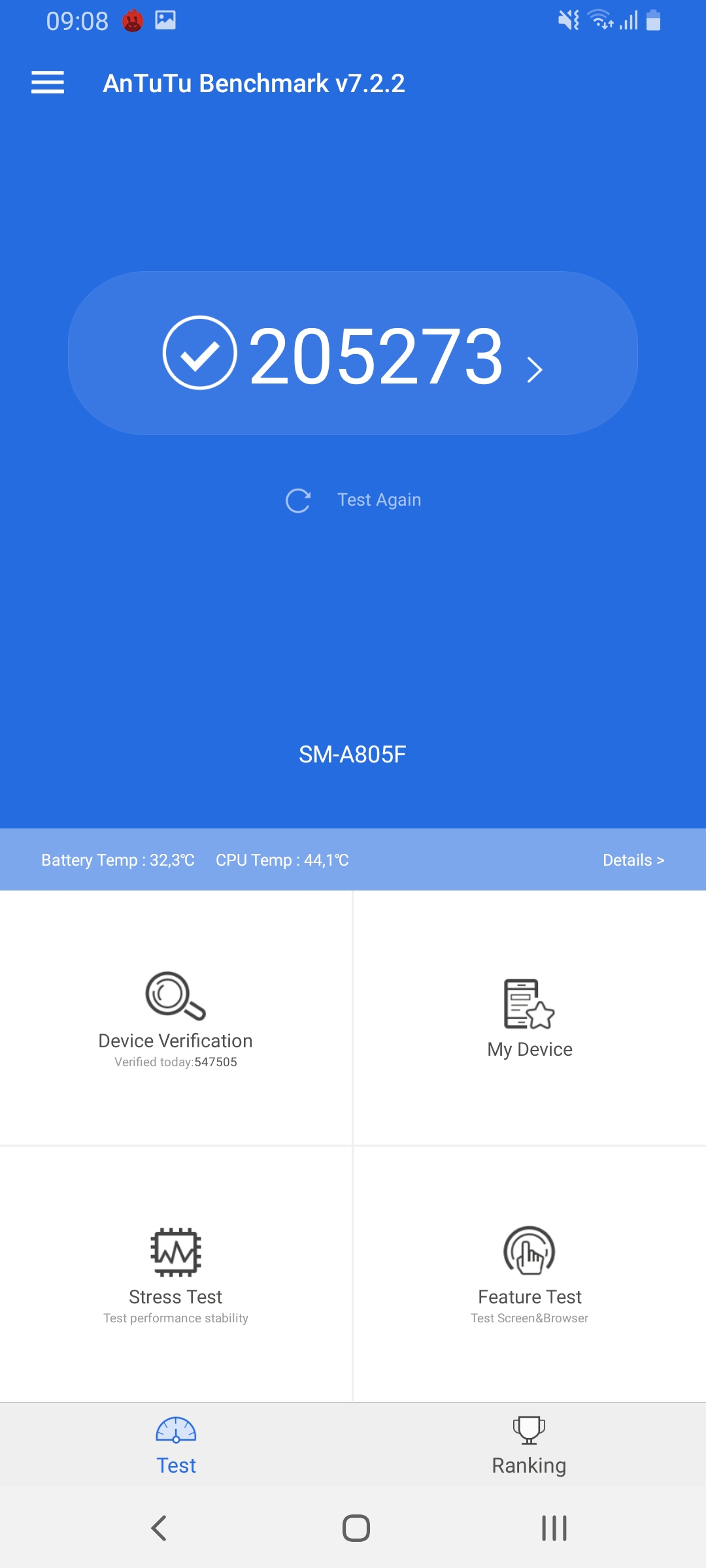


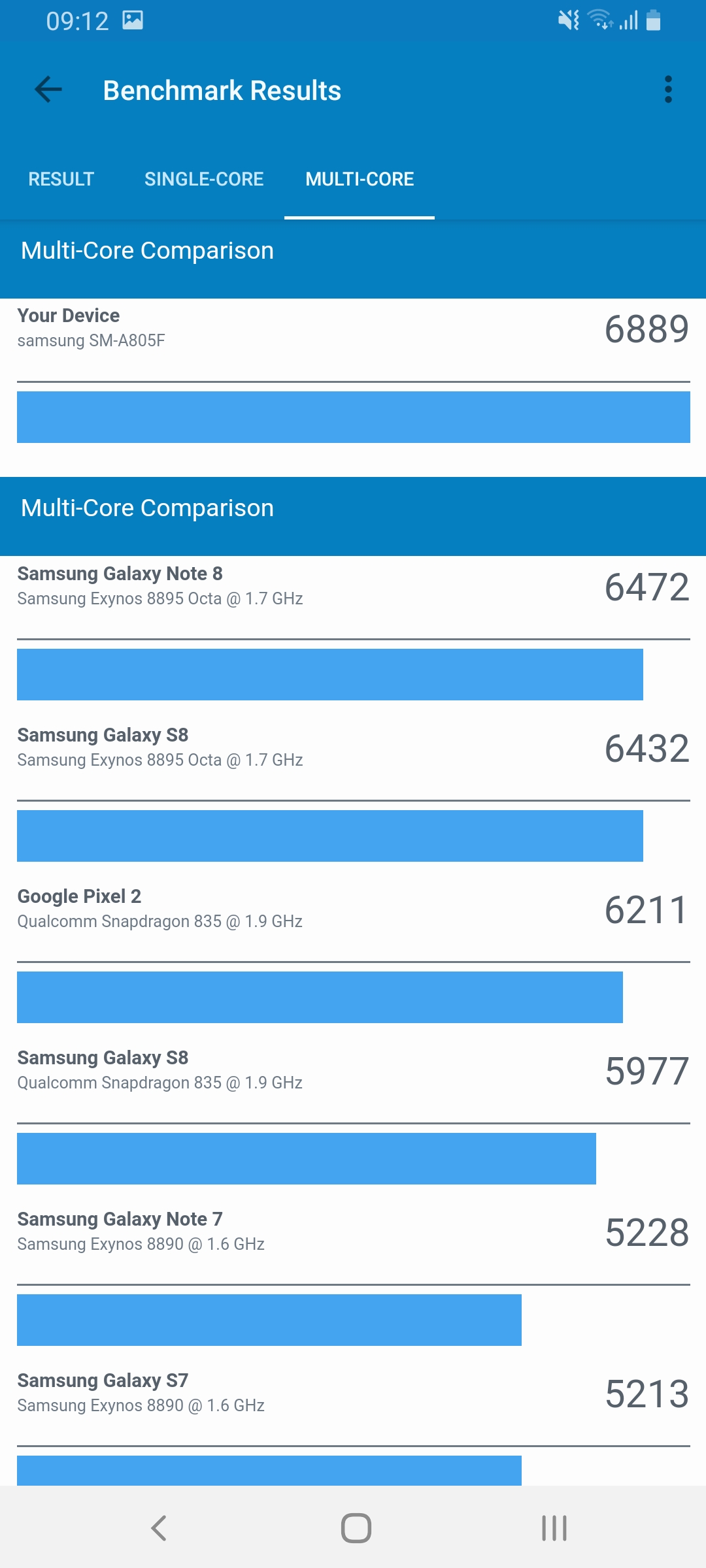
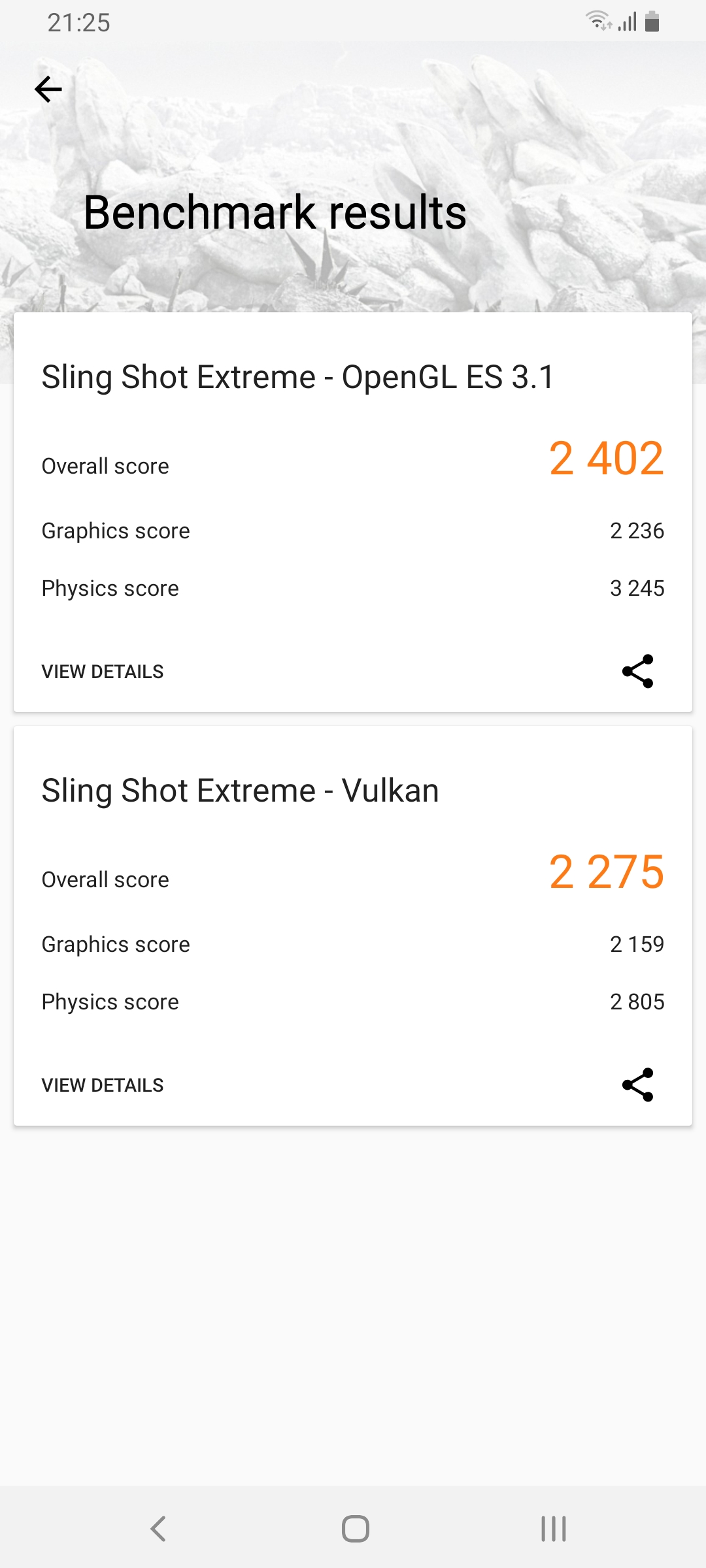
</ img>
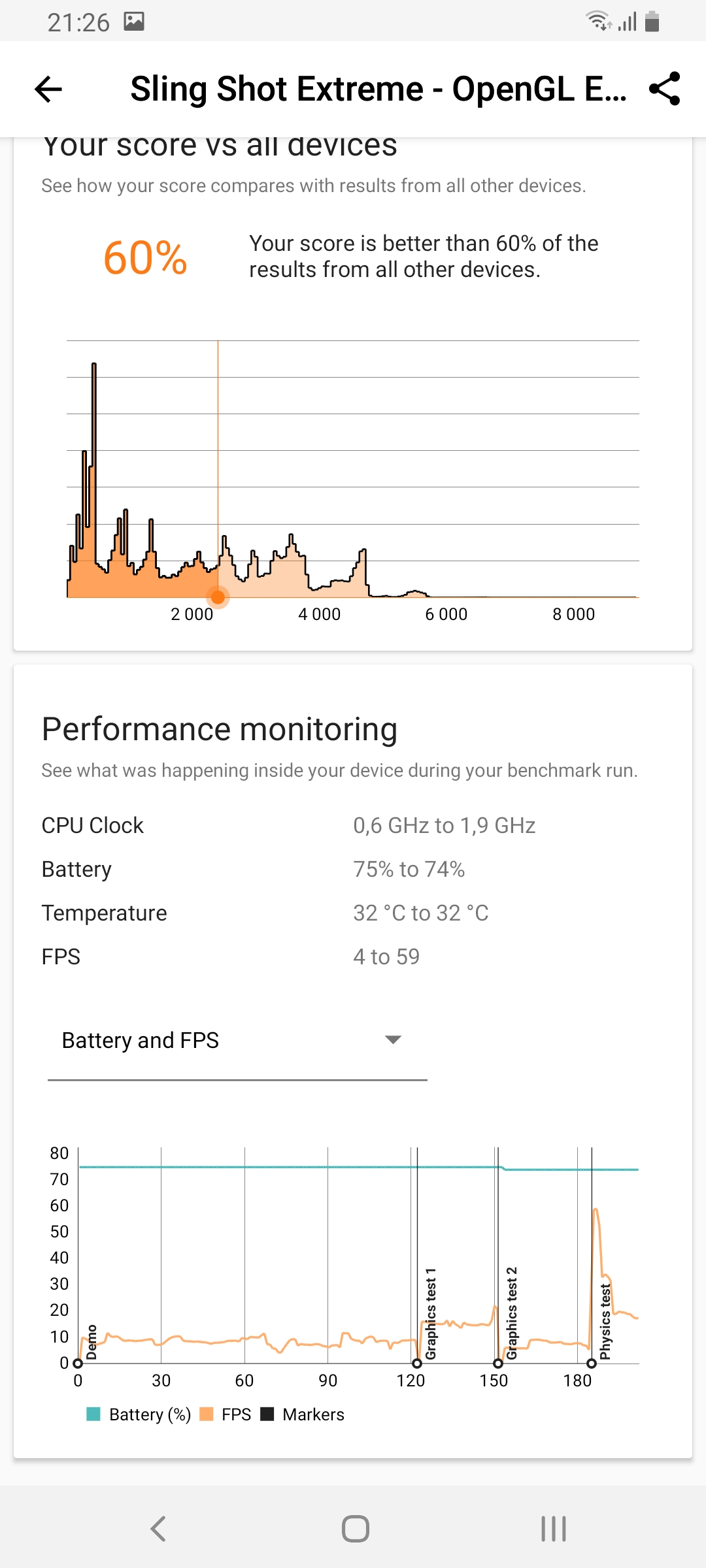
</ img>
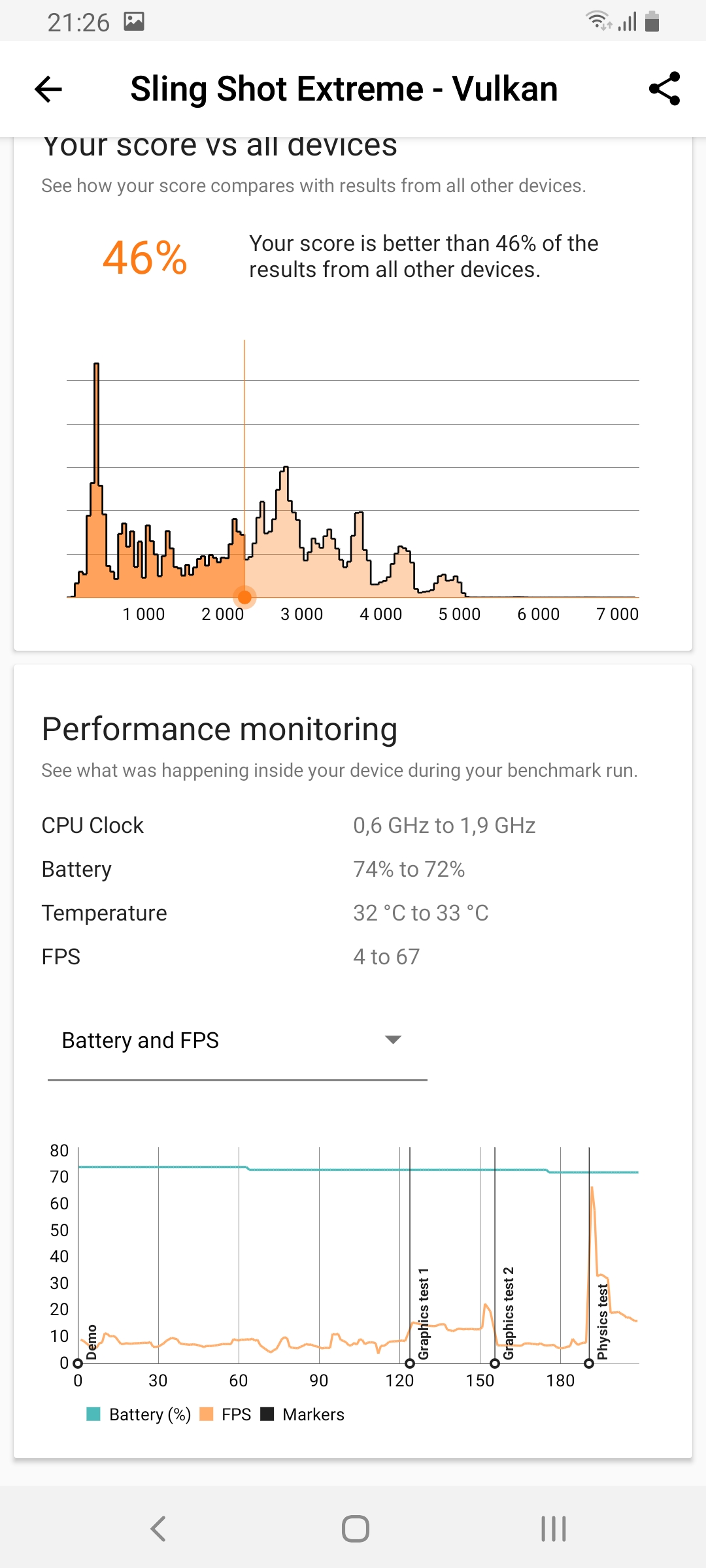
</ img>
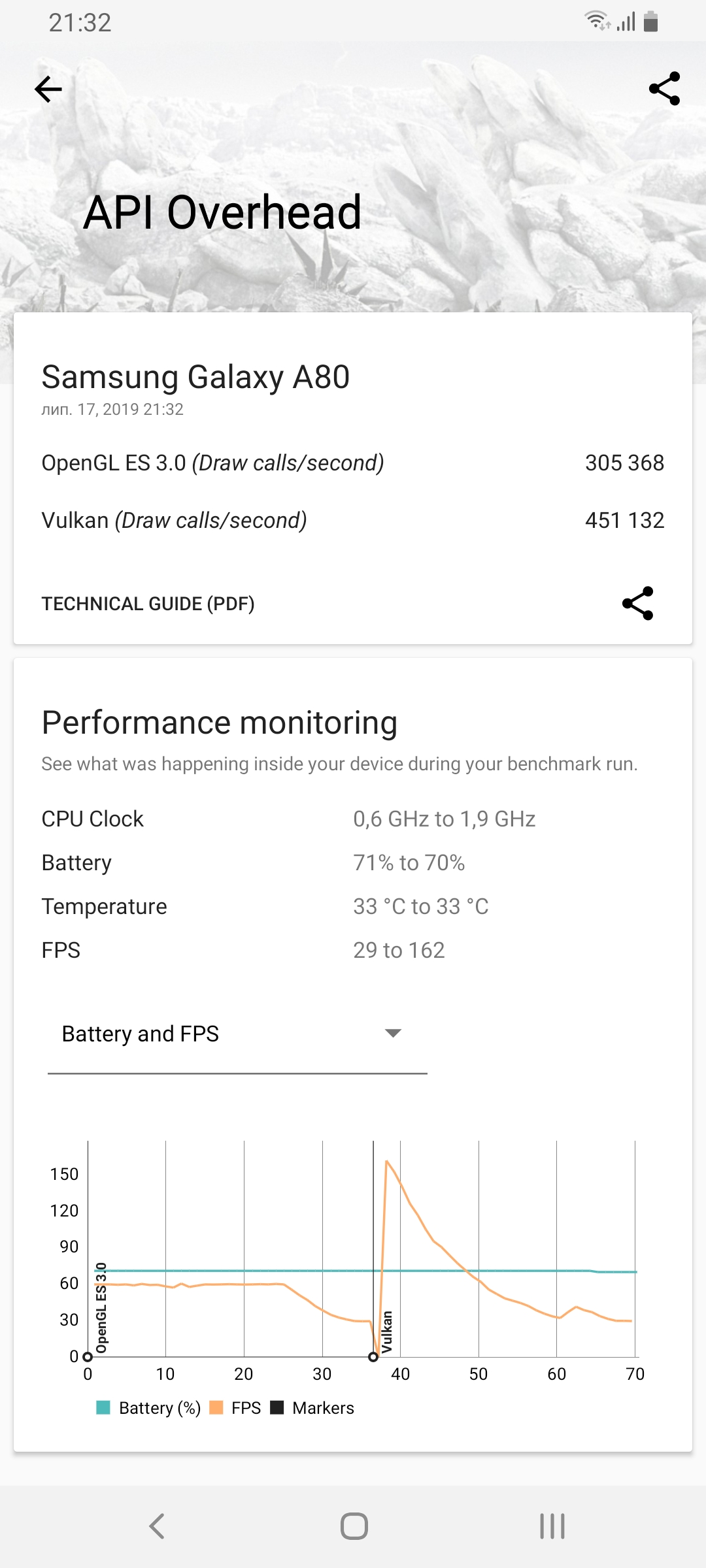
</ img>
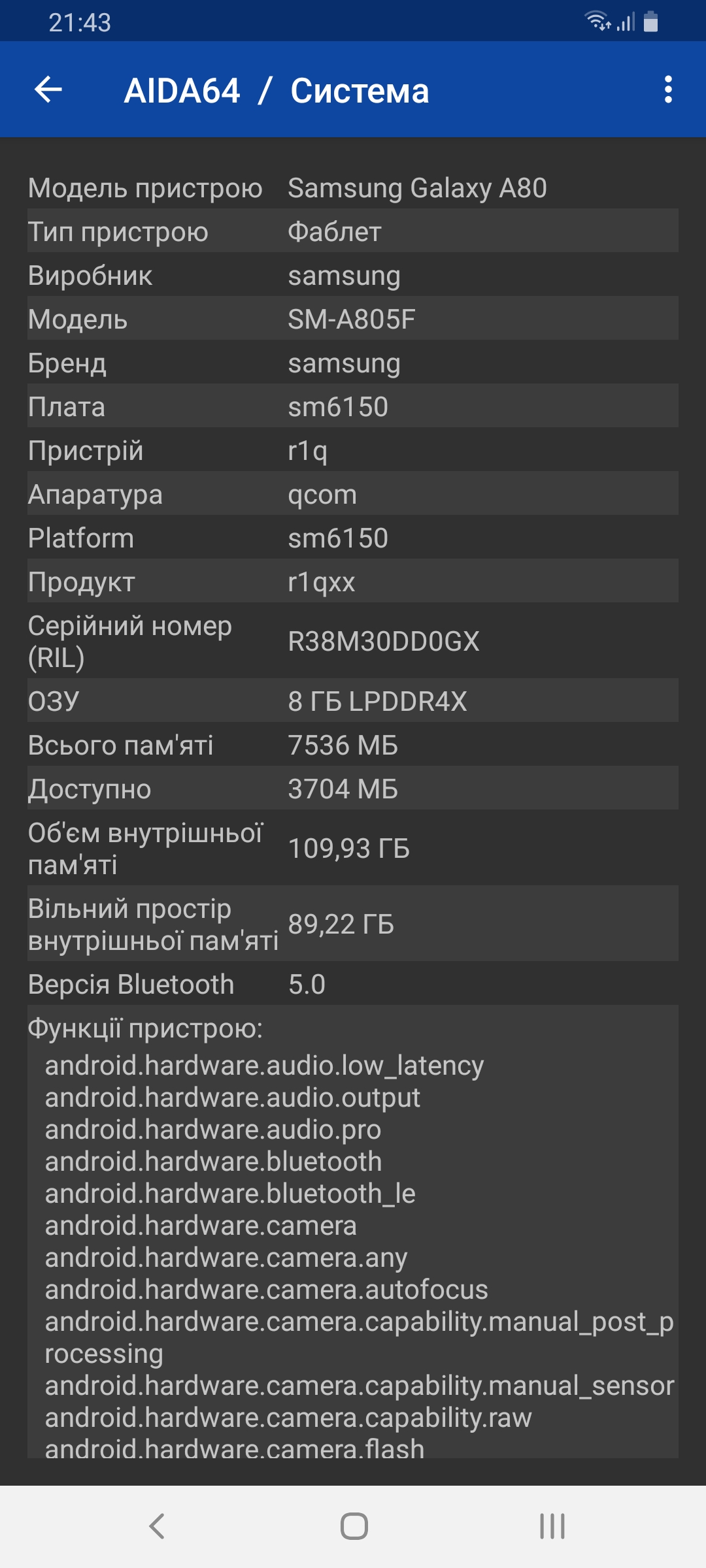
</ img>
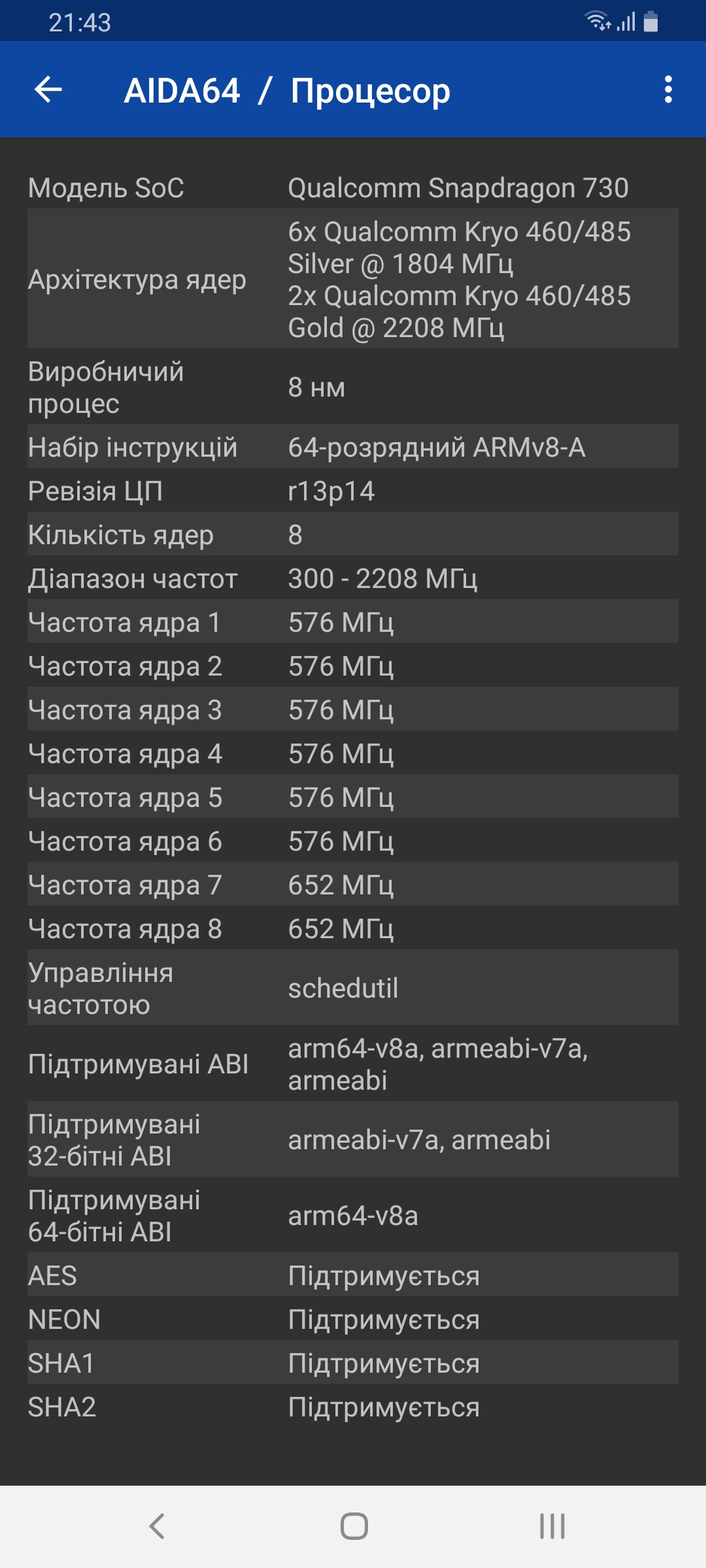
</ img>
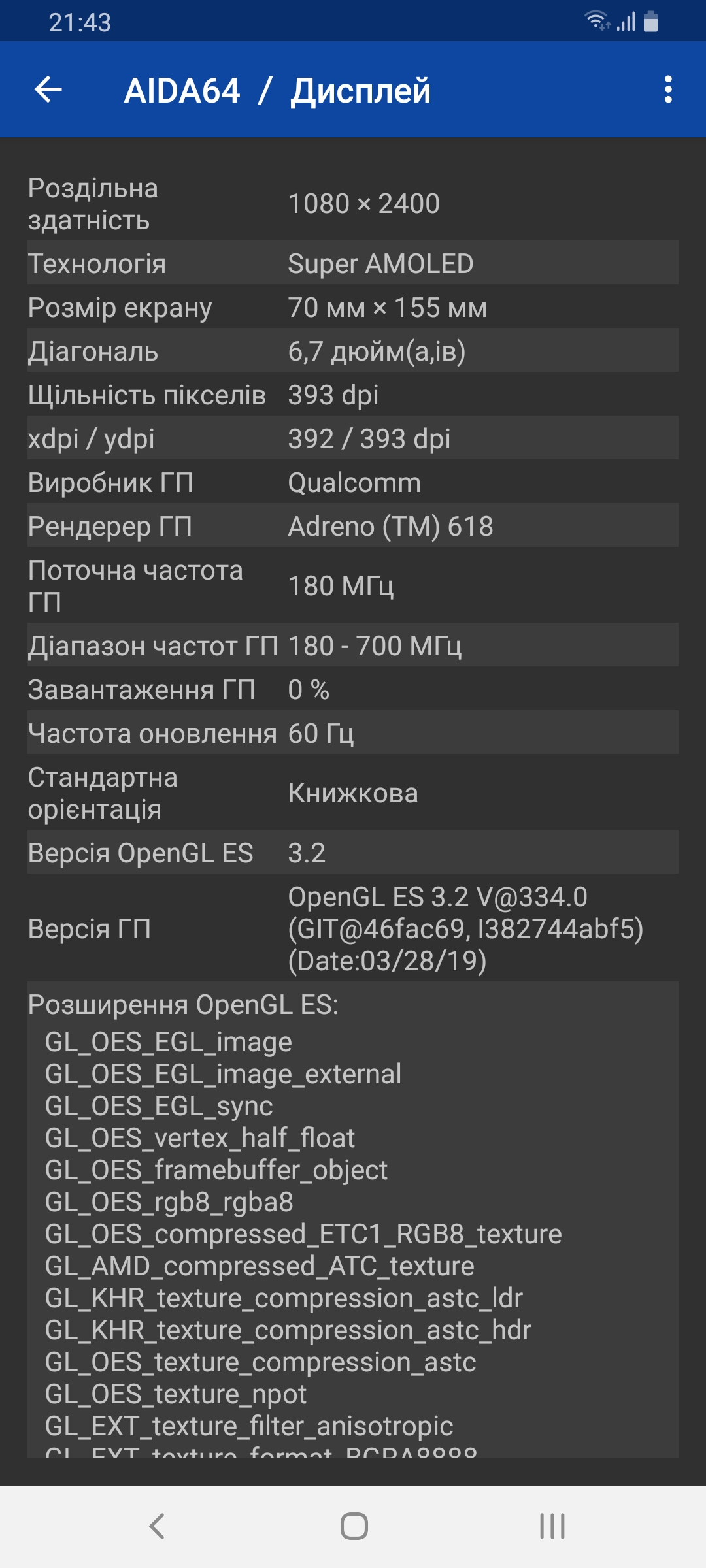
</ img>

</ img>

</ img>

</ img>
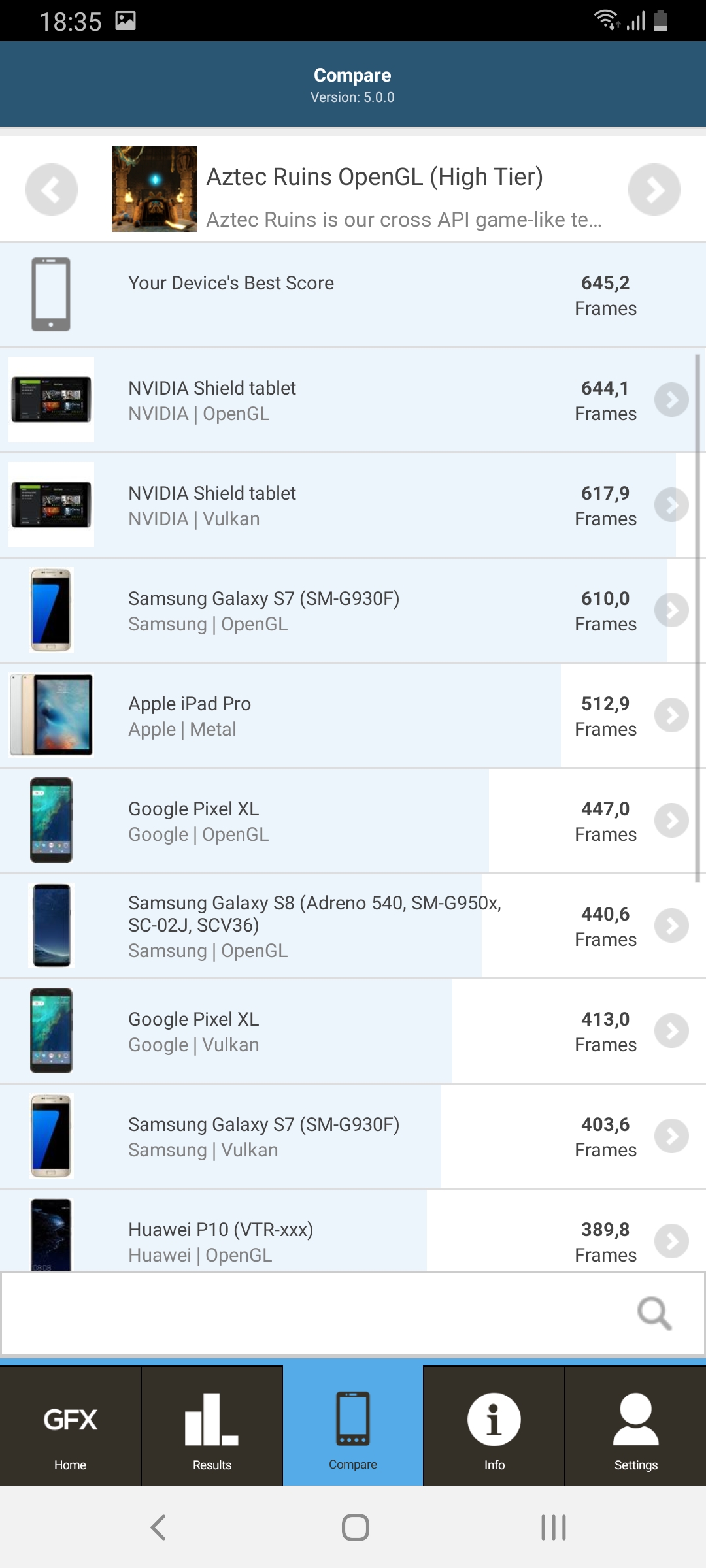
</ img>
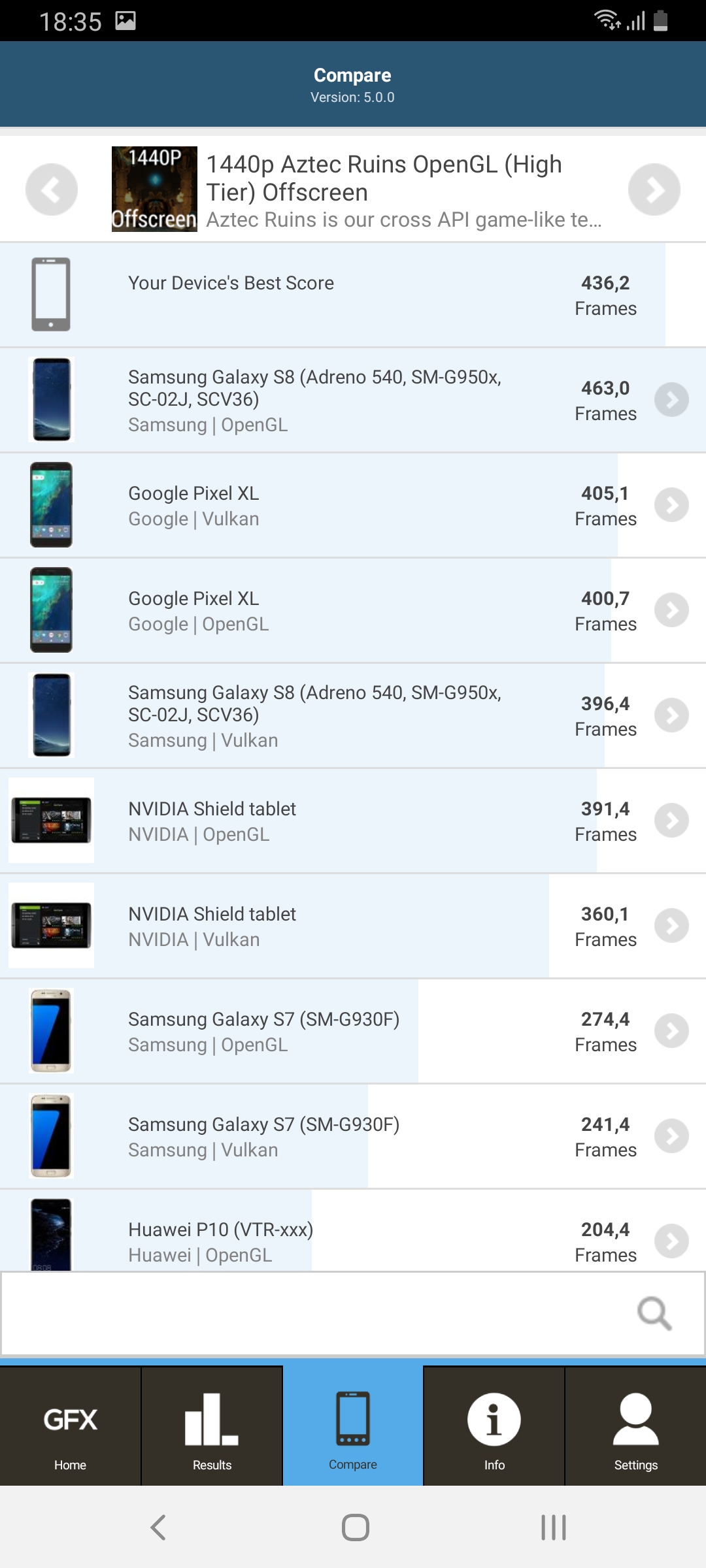
</ img>
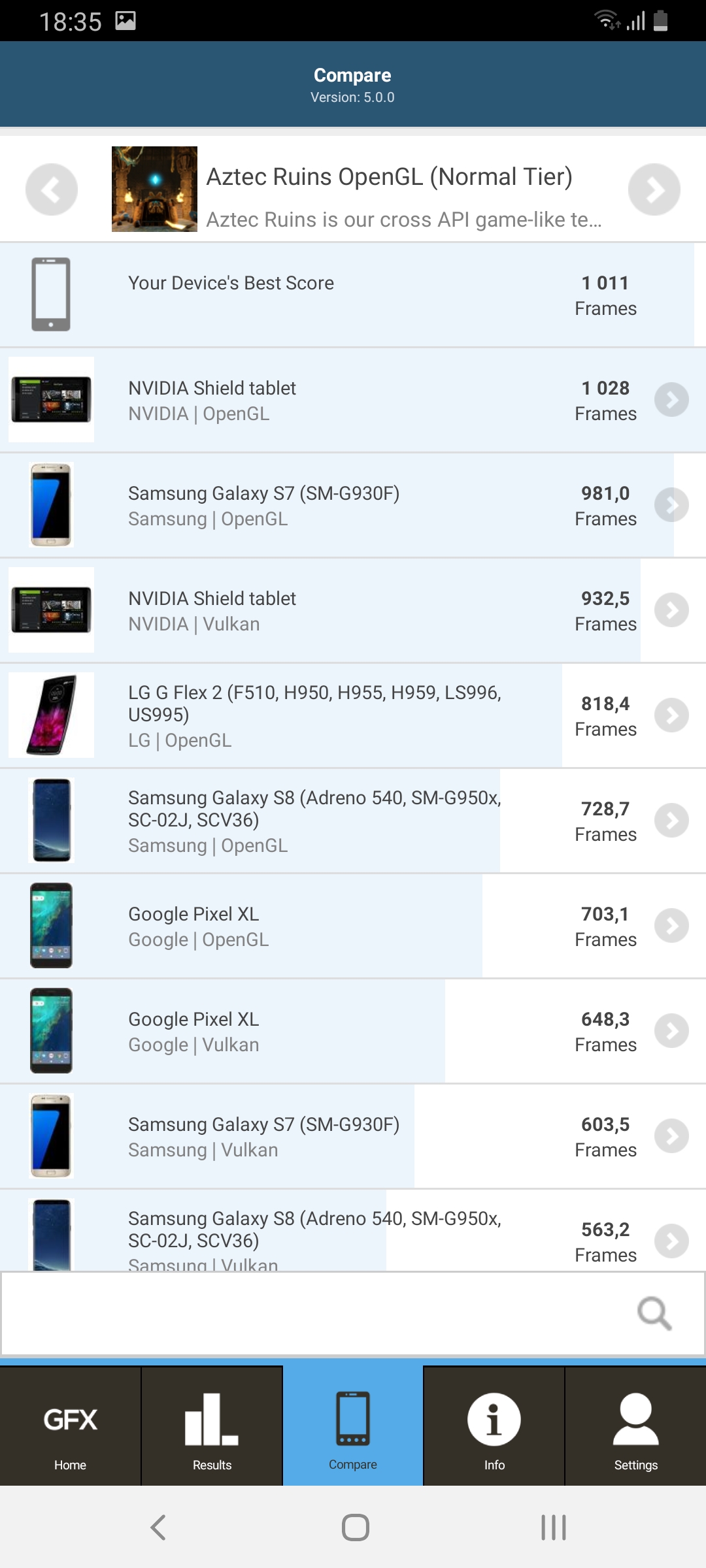
</ img>
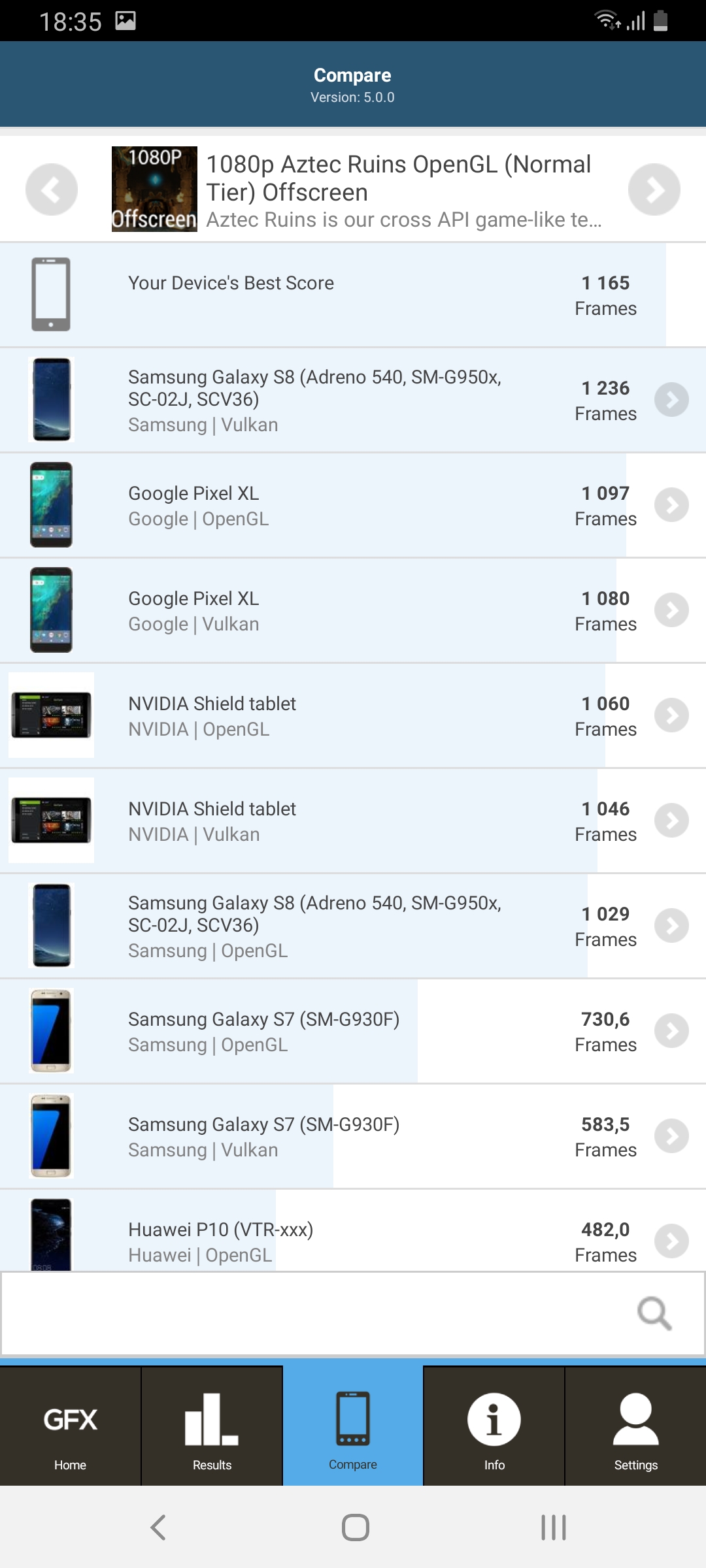
</ img>
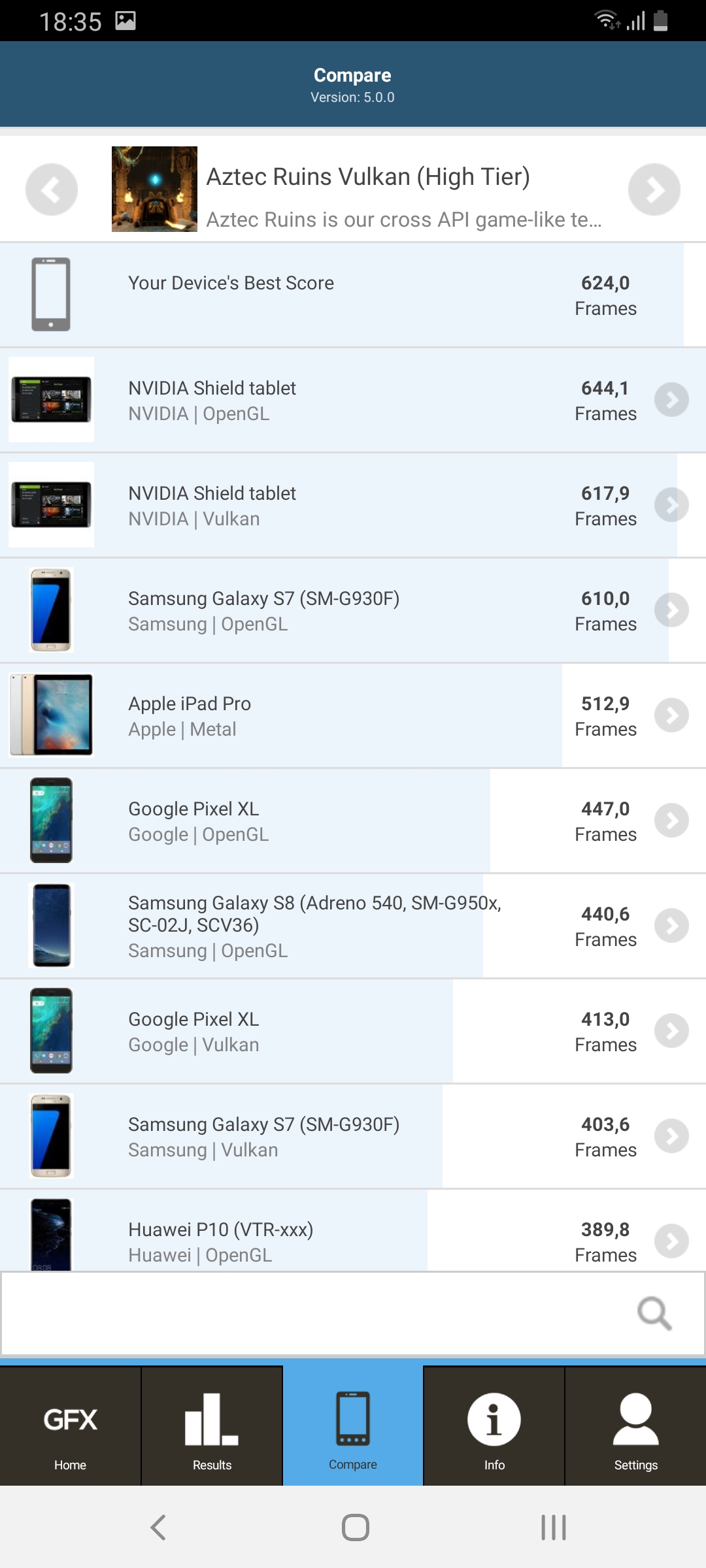
</ img>
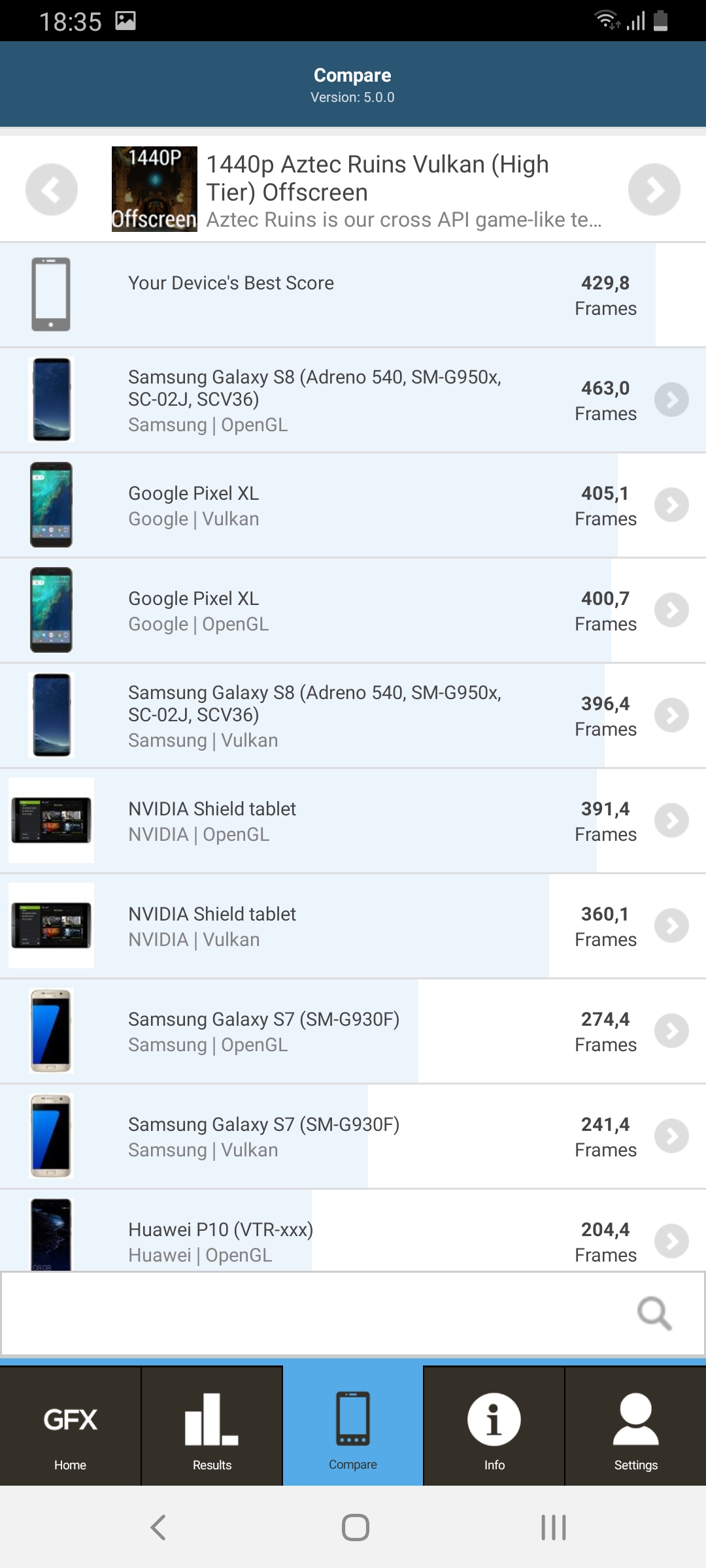
</ img>

</ img>
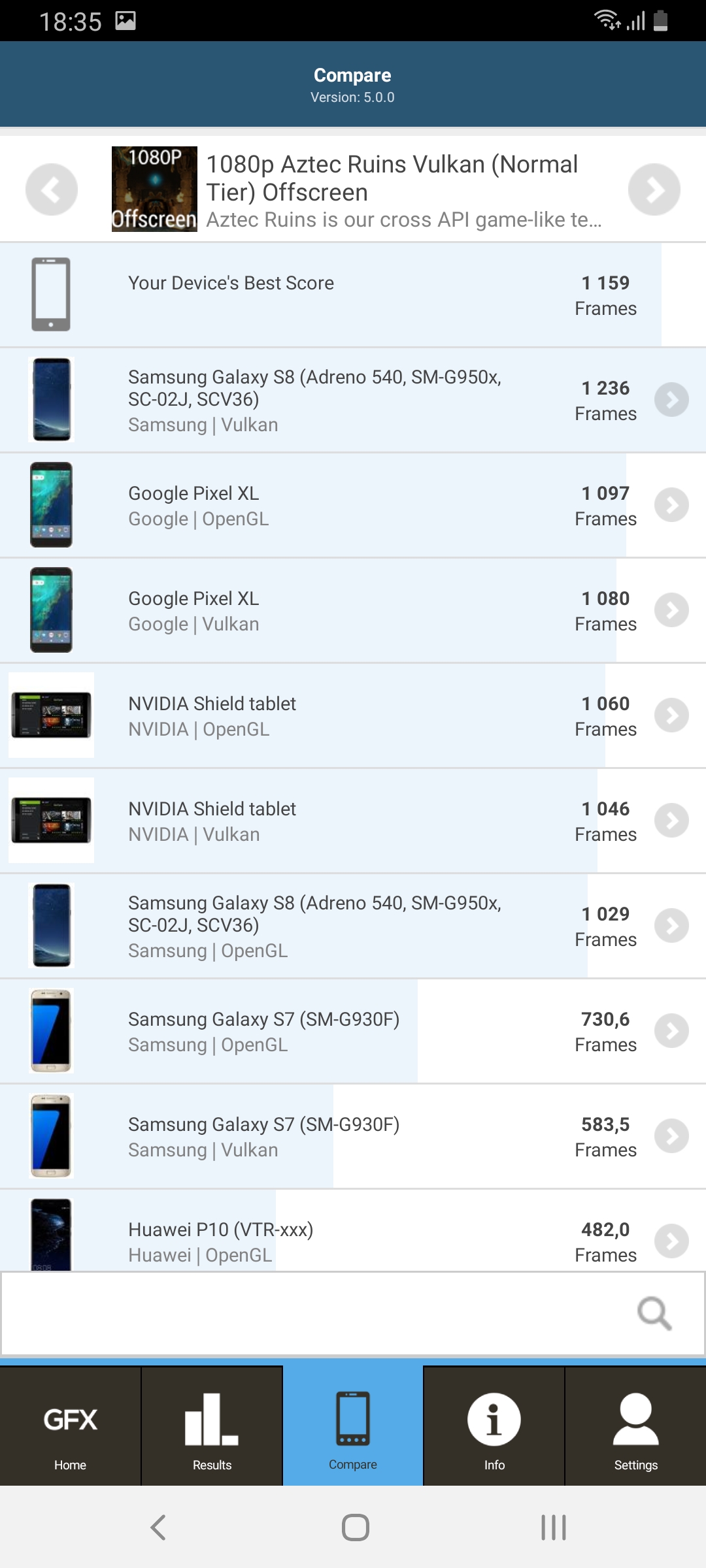
</ img>

</ img>

</ img>
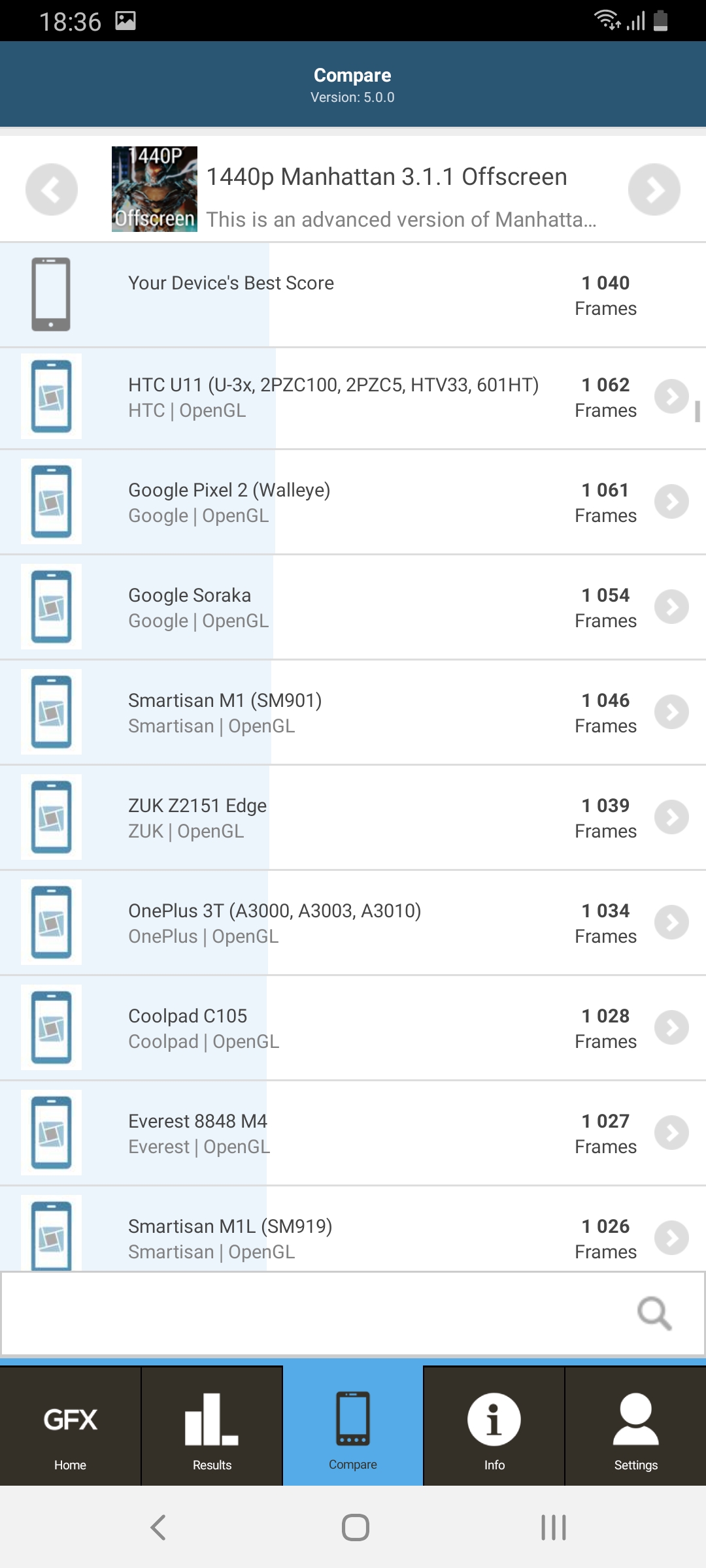
</ img>
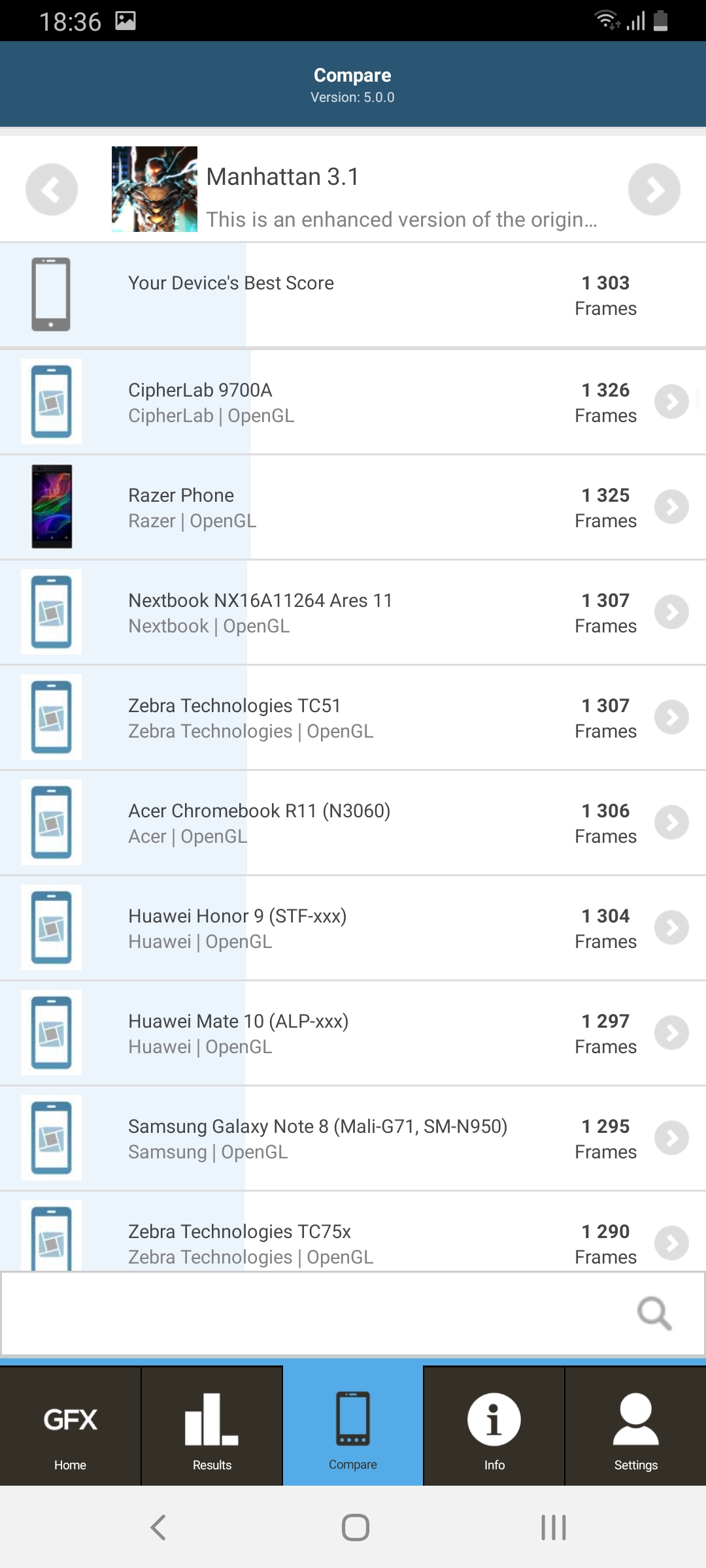
</ img>

</ img>
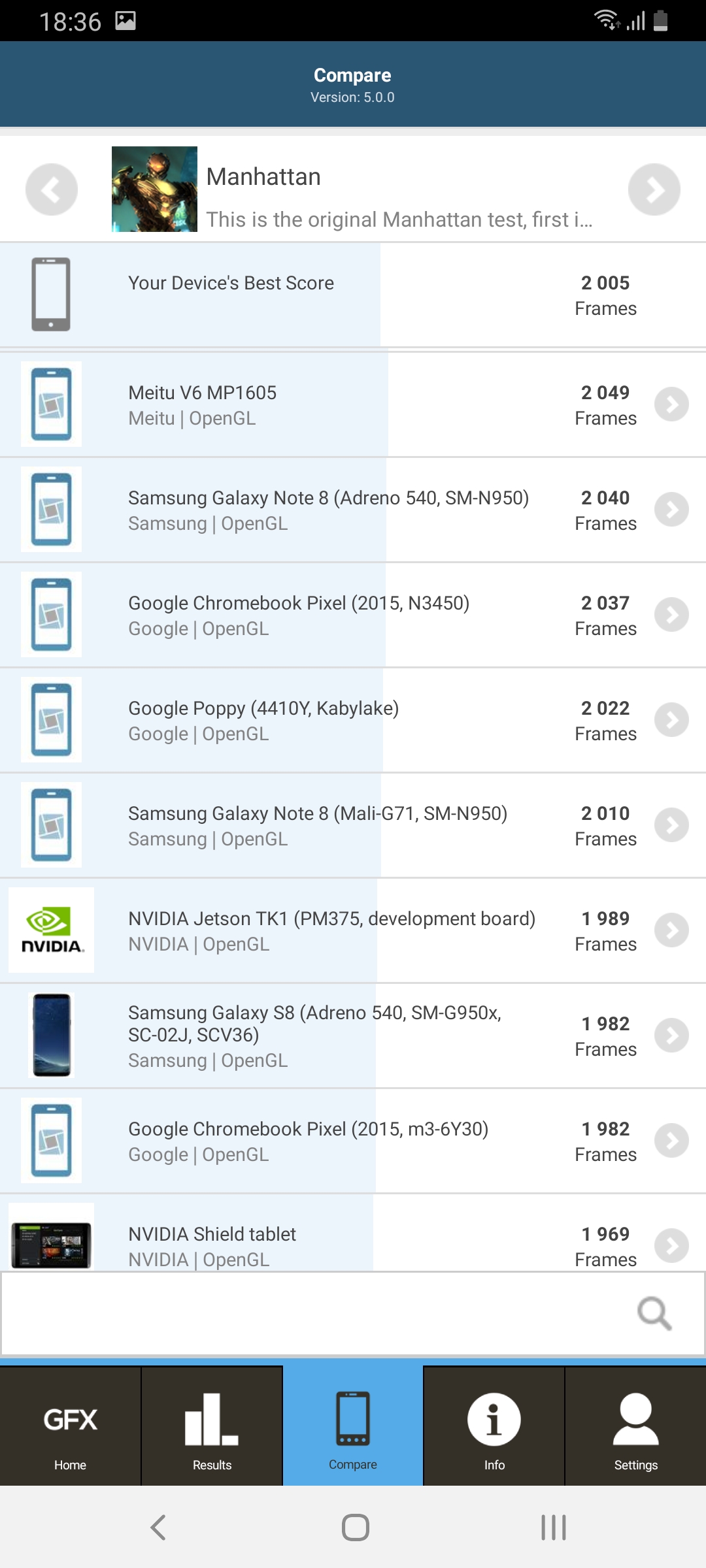
</ img>
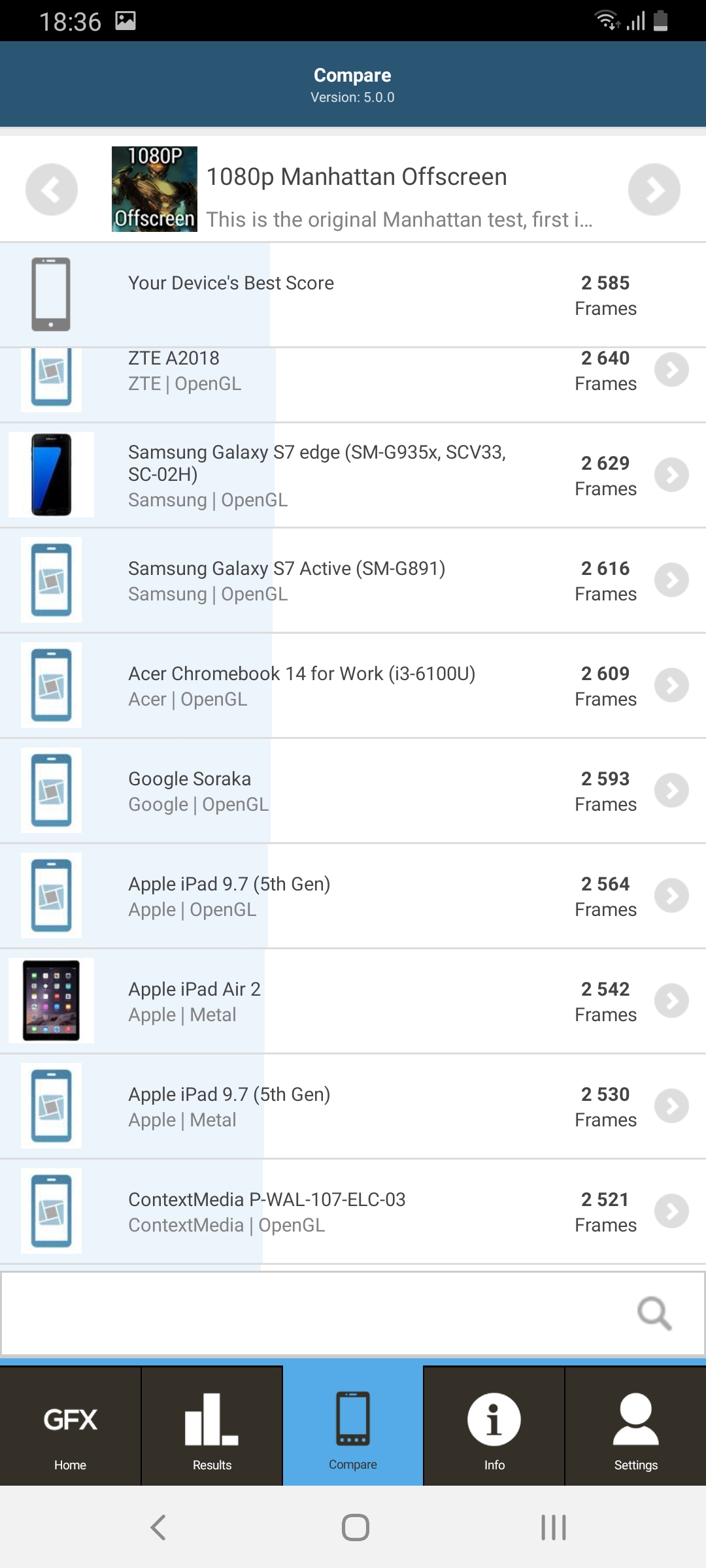
</ img>

</ img>

</ img>


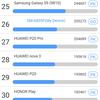


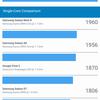

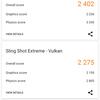







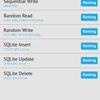

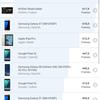

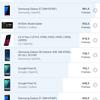

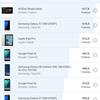




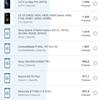




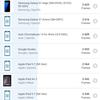



Throttling Test showed that the processor is quite stable, performance drops to 87% only towards the end of the 15-minute sweep. The case is not heated:
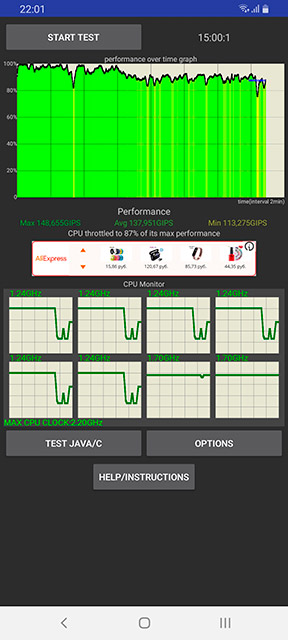
</ img>
128 GB of internal memory should be enoughin most cases. But, unfortunately, there is no slot for memory cards. In terms of wireless interfaces, everything is pretty standard: dual-band Wi-Fi 802.11 a/b/g/n/ac, Bluetooth 5.0, NFC and even an FM tuner. Navigation: GPS, A-GPS, GLONASS, GALILEO, BDS. There is no stereo sound in the smartphone; there is only one external speaker, but it sounds very loud and of high quality. The 3.5mm headphone jack has been removed. Through the adapter the sound is quite average, typical for modern smartphones. The native player looks standard, there is support for Dolby Atmos, UHQ Upscaler and equalizer:
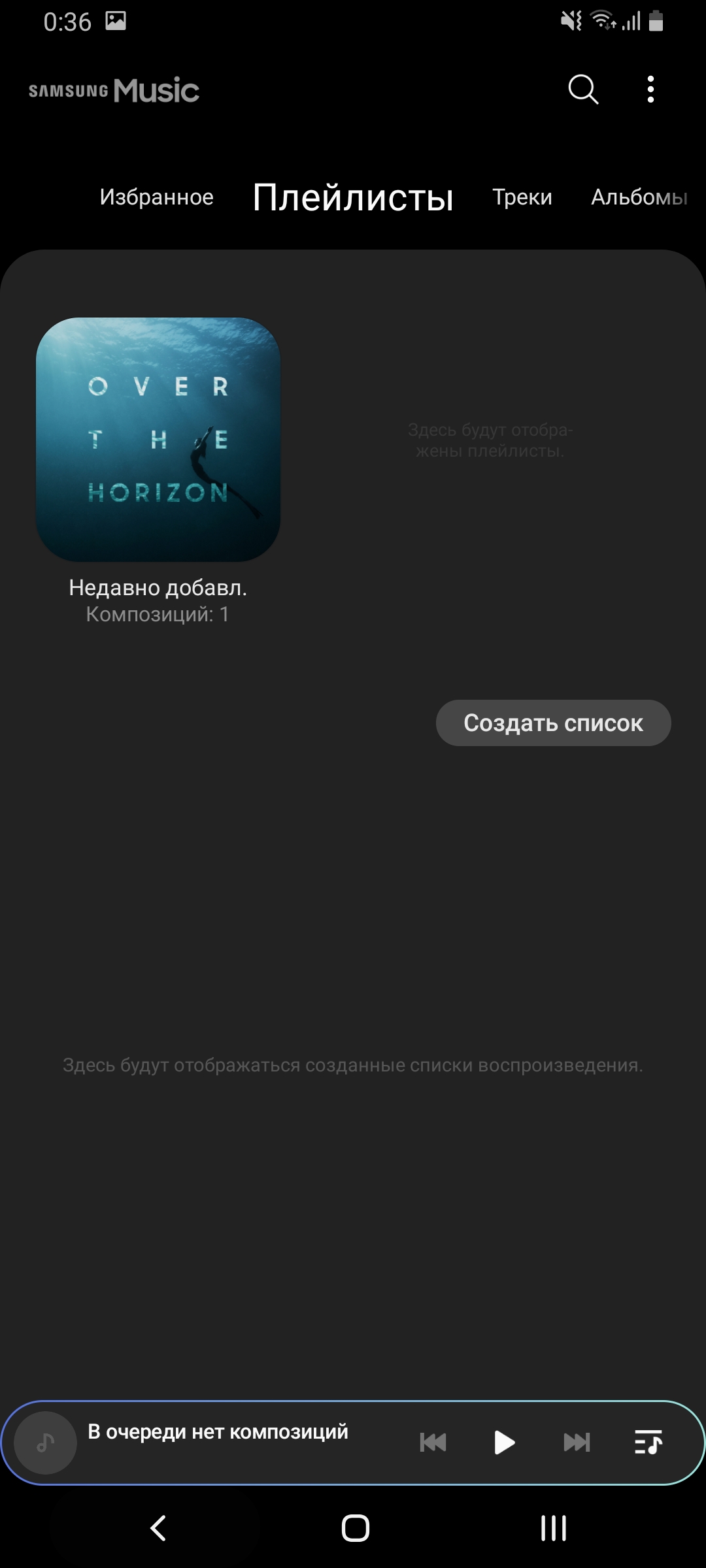
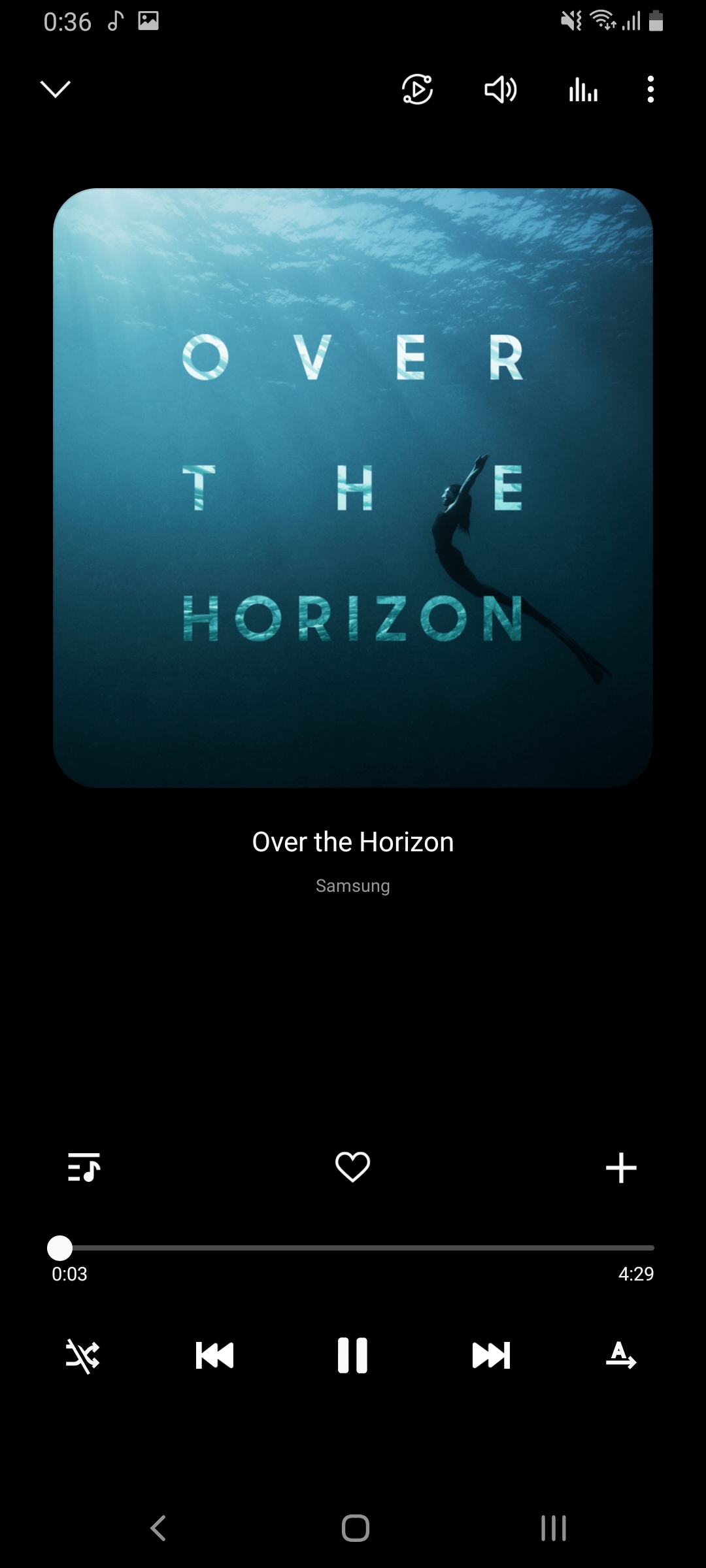

</ img>

</ img>
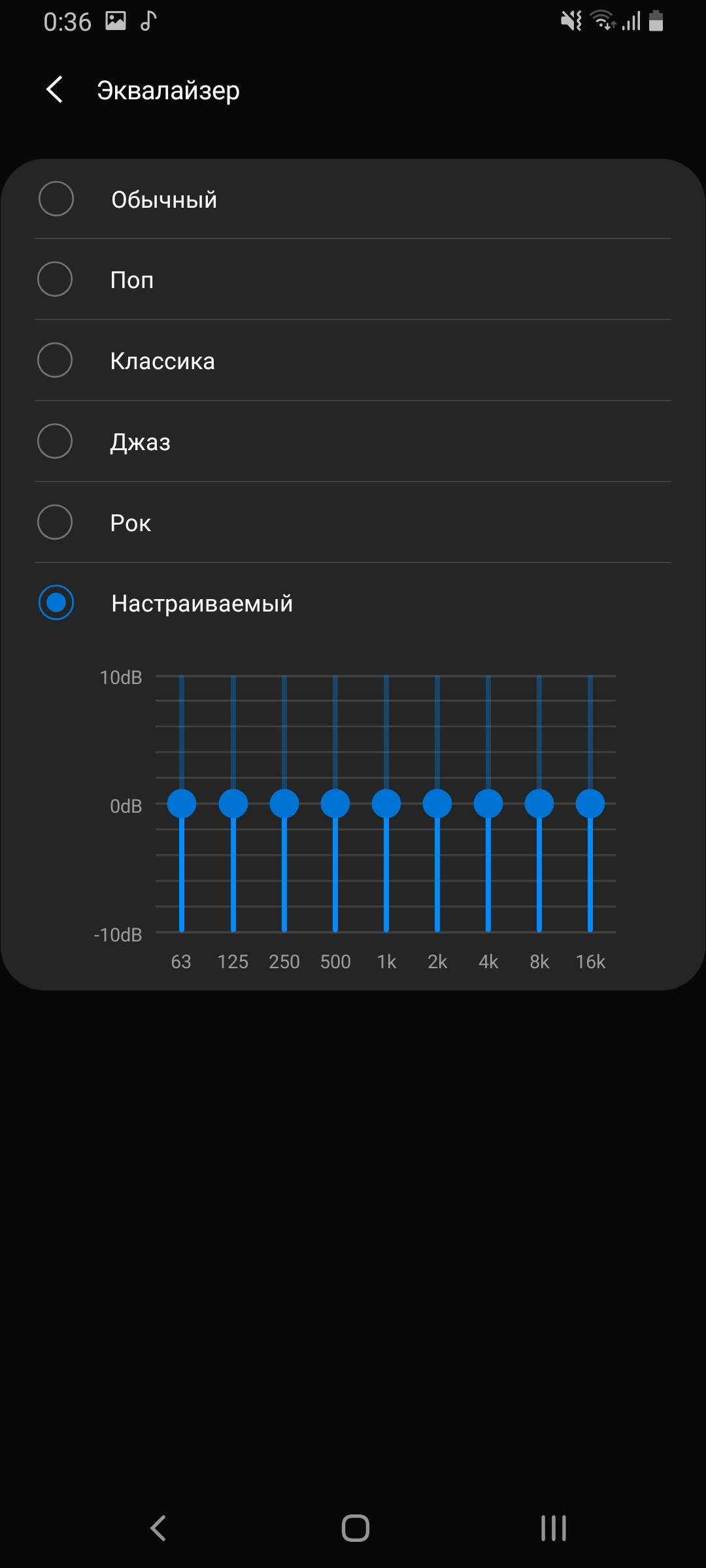
</ img>



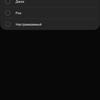
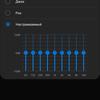
The capacity of the internal battery is 3700mAh, that with such a diagonal may seem not enough. In fact, AMOLED, an energy efficient processor and a good optimization compensate for this. You can not be afraid that by the end of the working day the smartphone will sit down. He quite confidently withstands a day of quite active use. Wireless charging is not available, but 25W fast wired is supported. We had a smartphone without a kit and without a corresponding charger, so it was not possible to measure the charging time.
</ p>What about the interface?
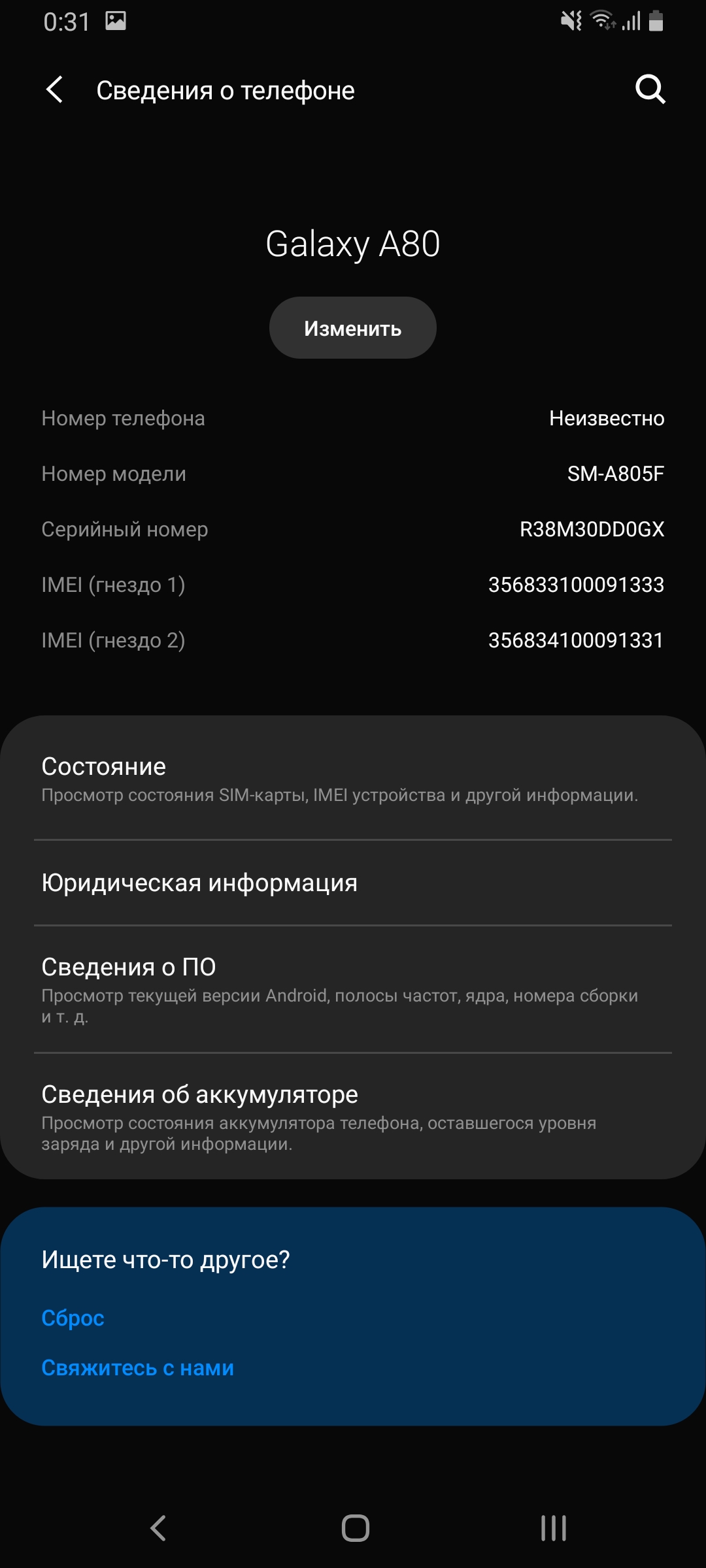
</ img>

</ img>


Samsung Galaxy A80 runs on Android OS 9 Pie withshell One UI 1.1, as in the flagship line. If there are differences, they are minimal. The shell is comfortable, nimble and nice looking. Part of the interface elements are shifted to the lower half of the display for easy one-handed control. There are night modes and options with or without desktops and application menus:

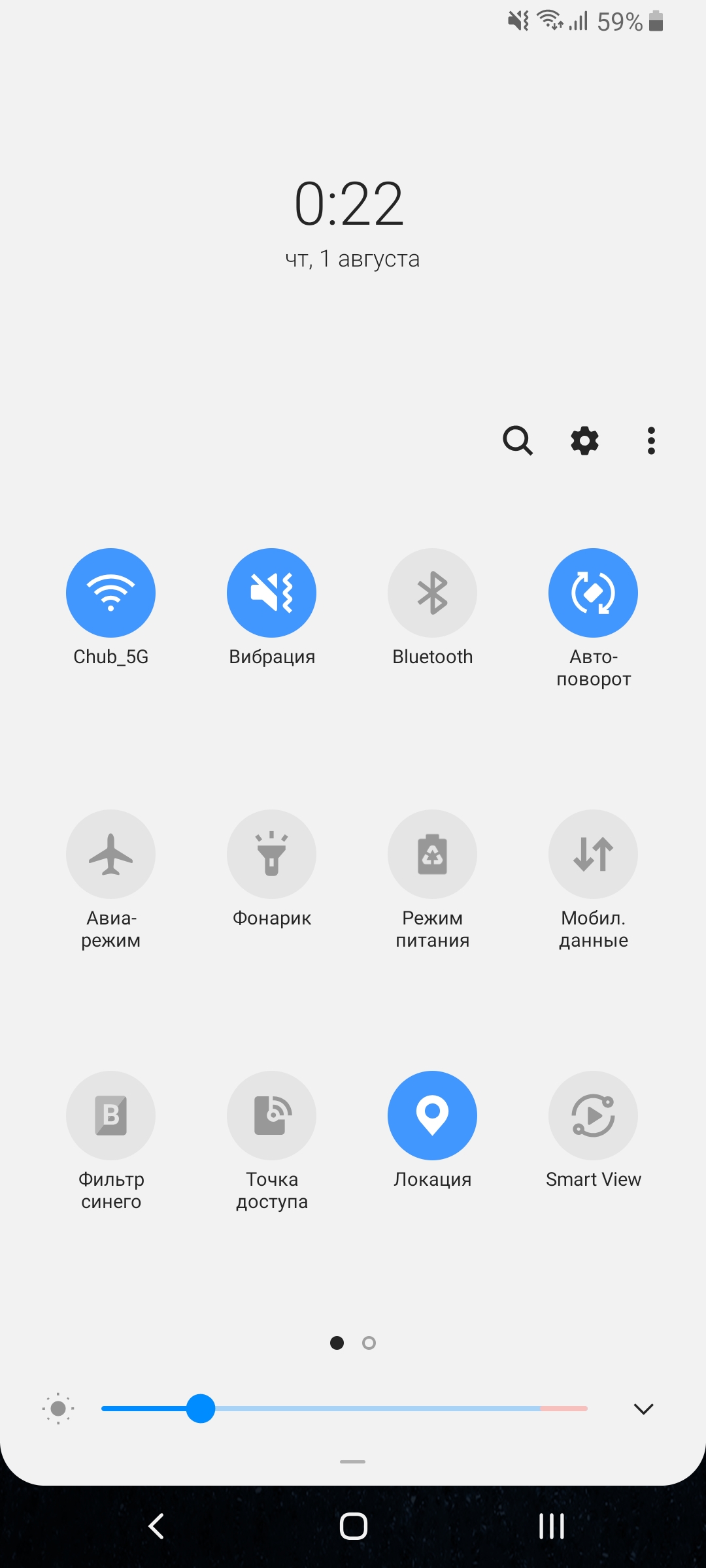
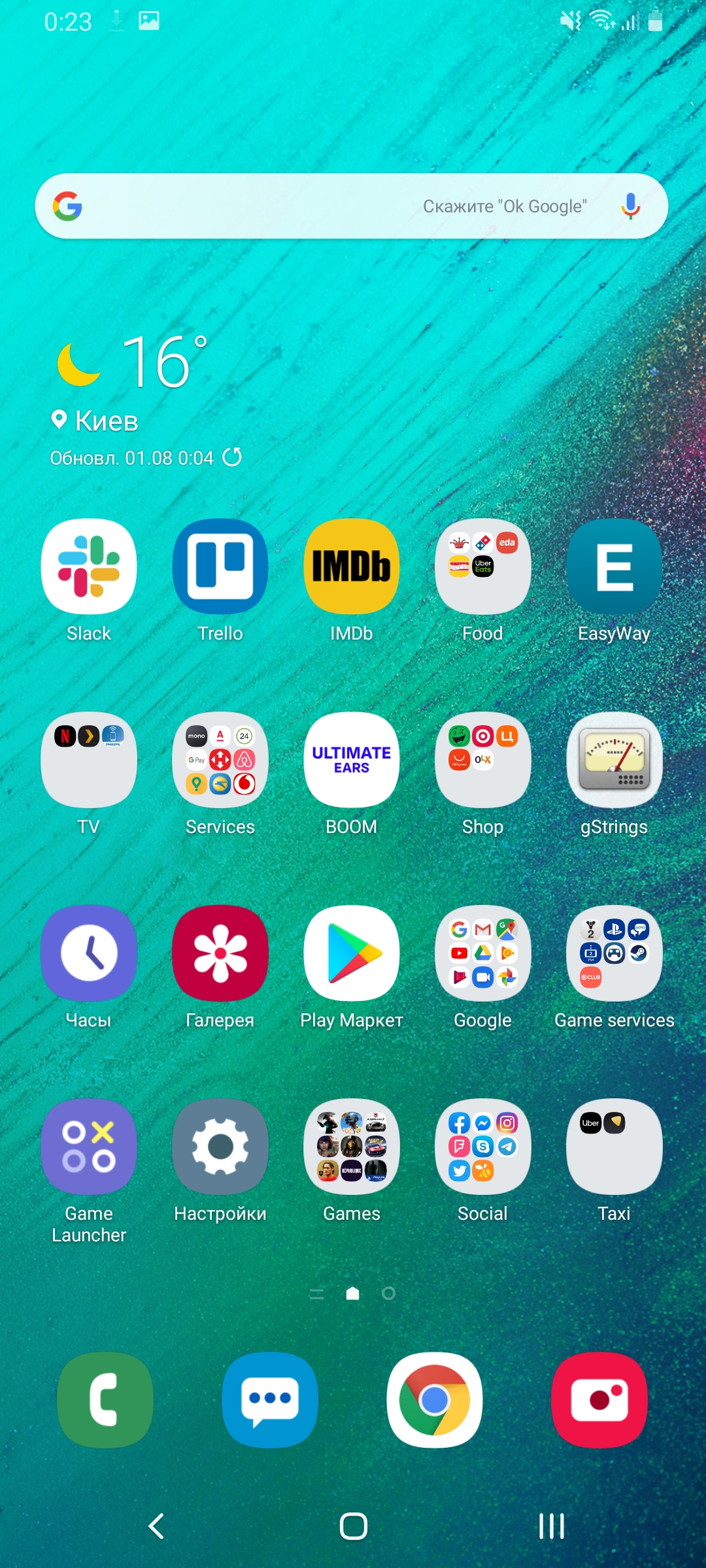

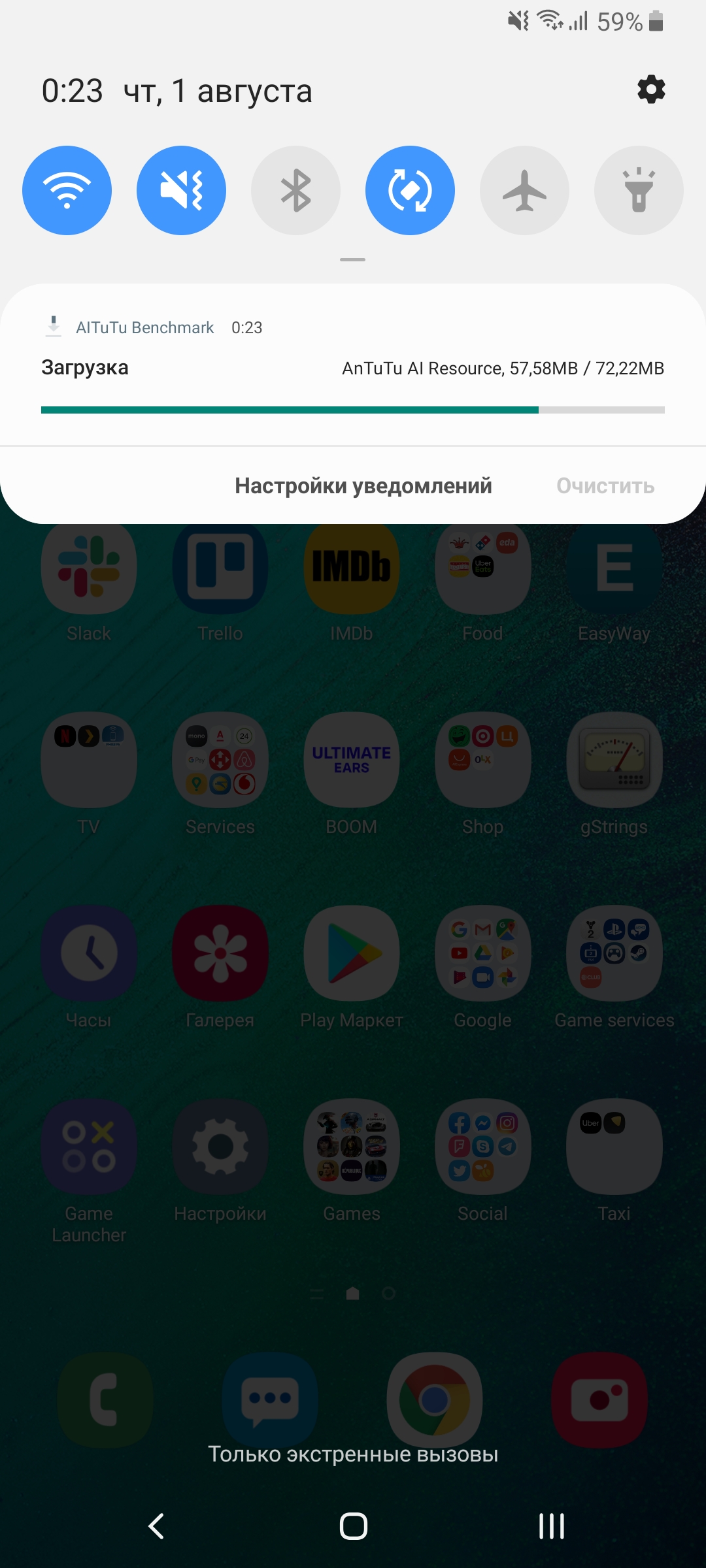
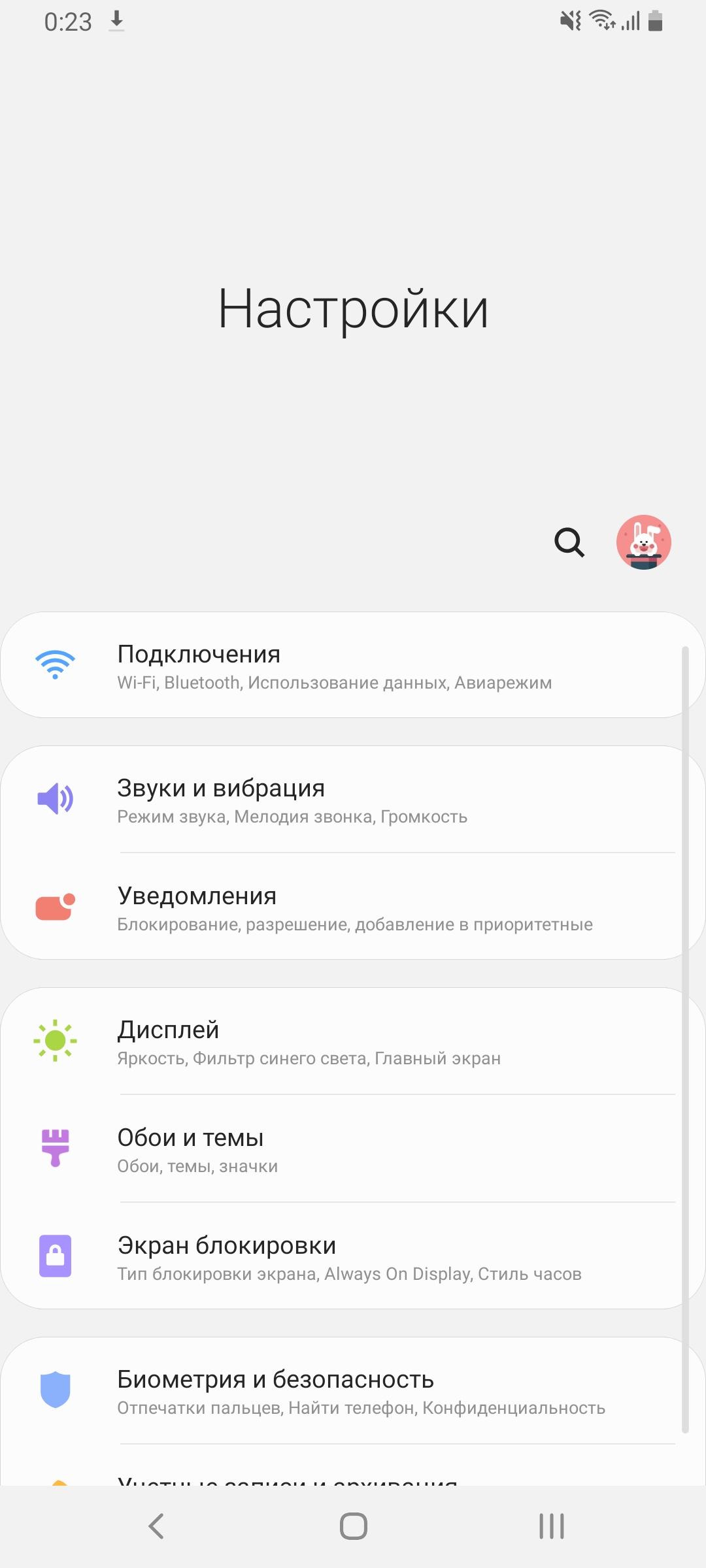
</ img>
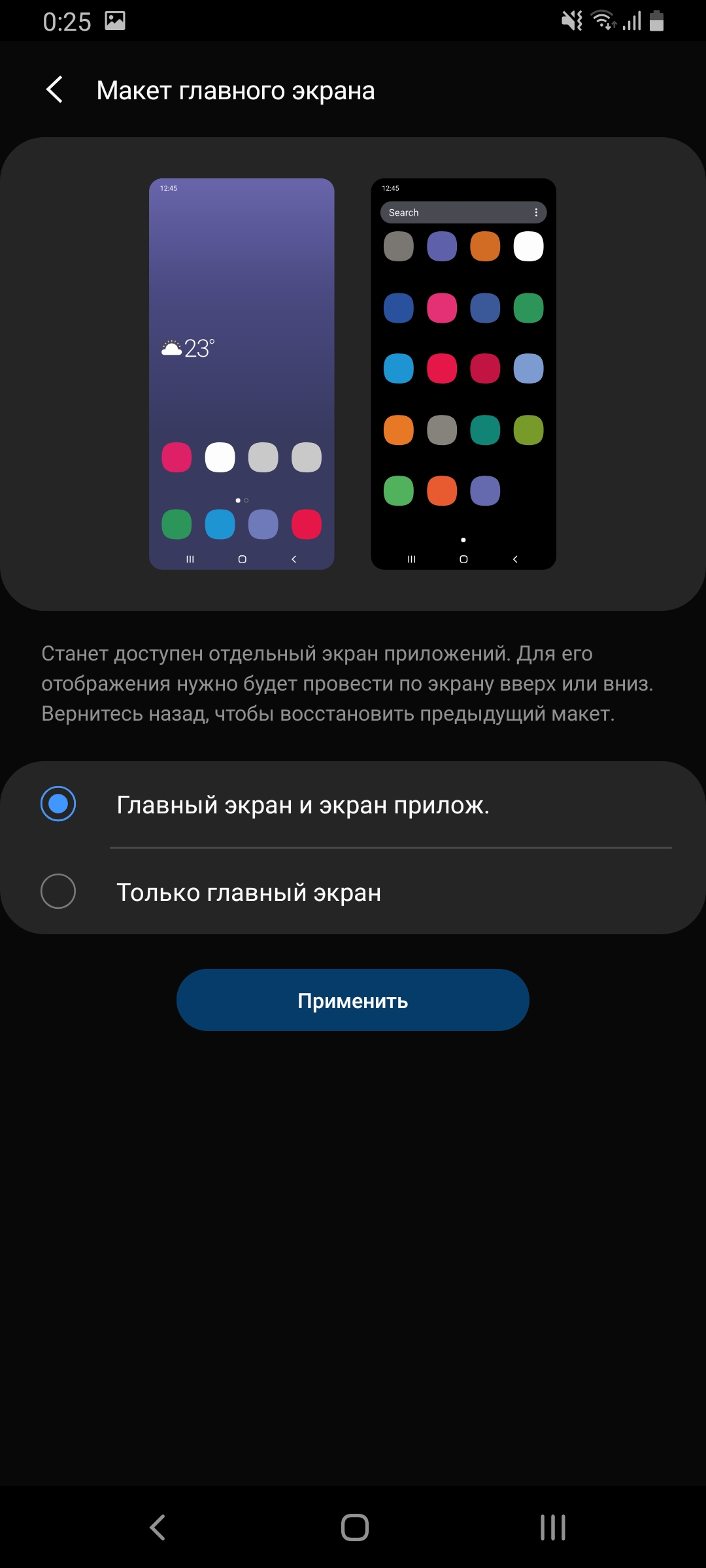
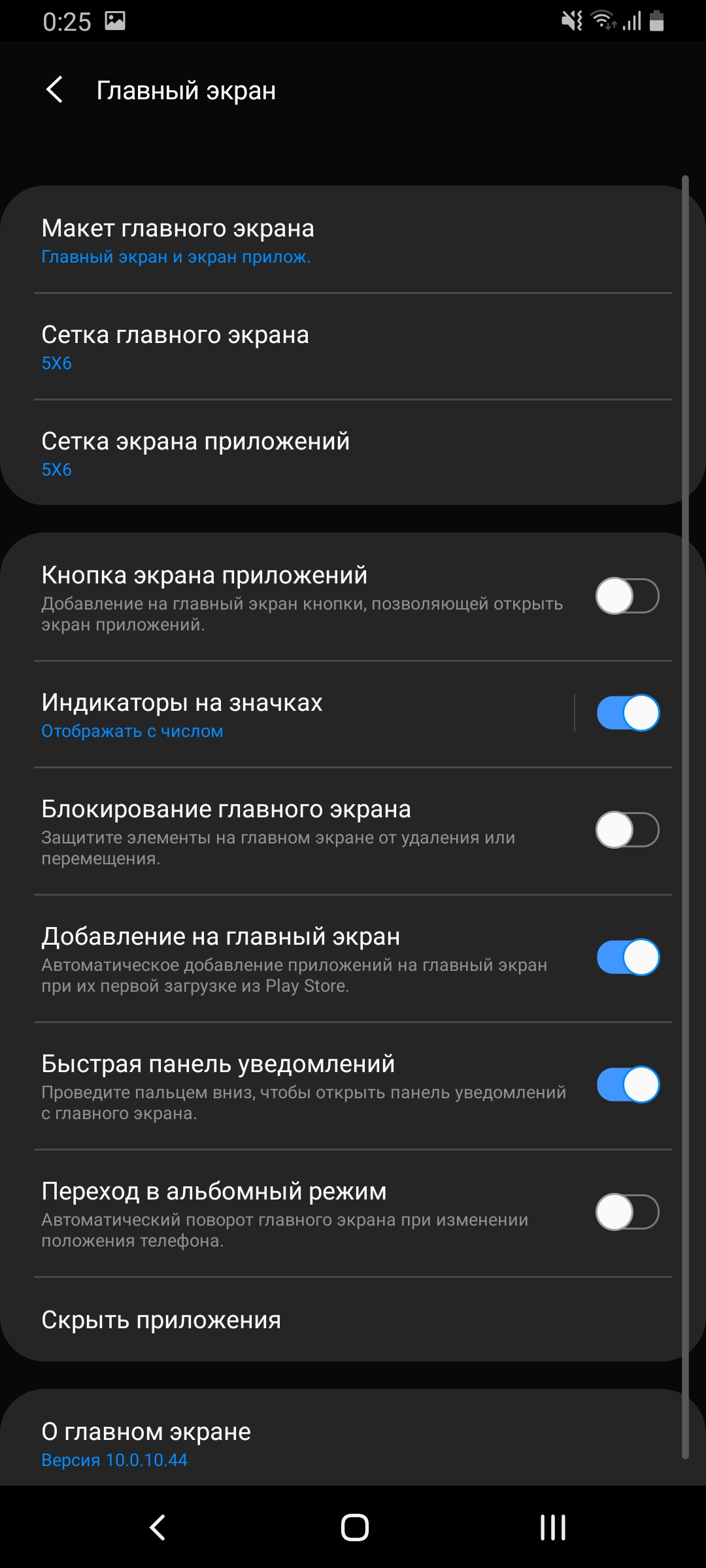
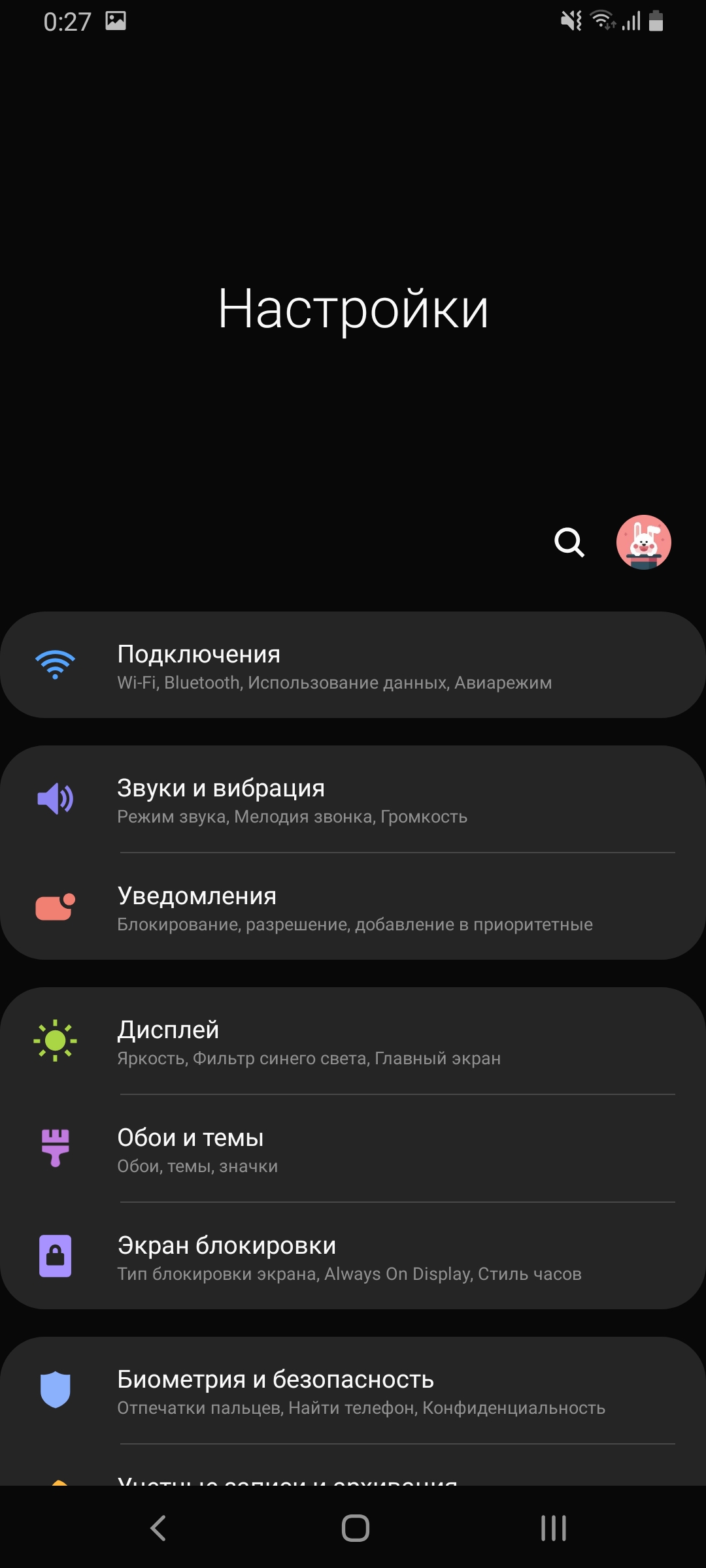
</ img>
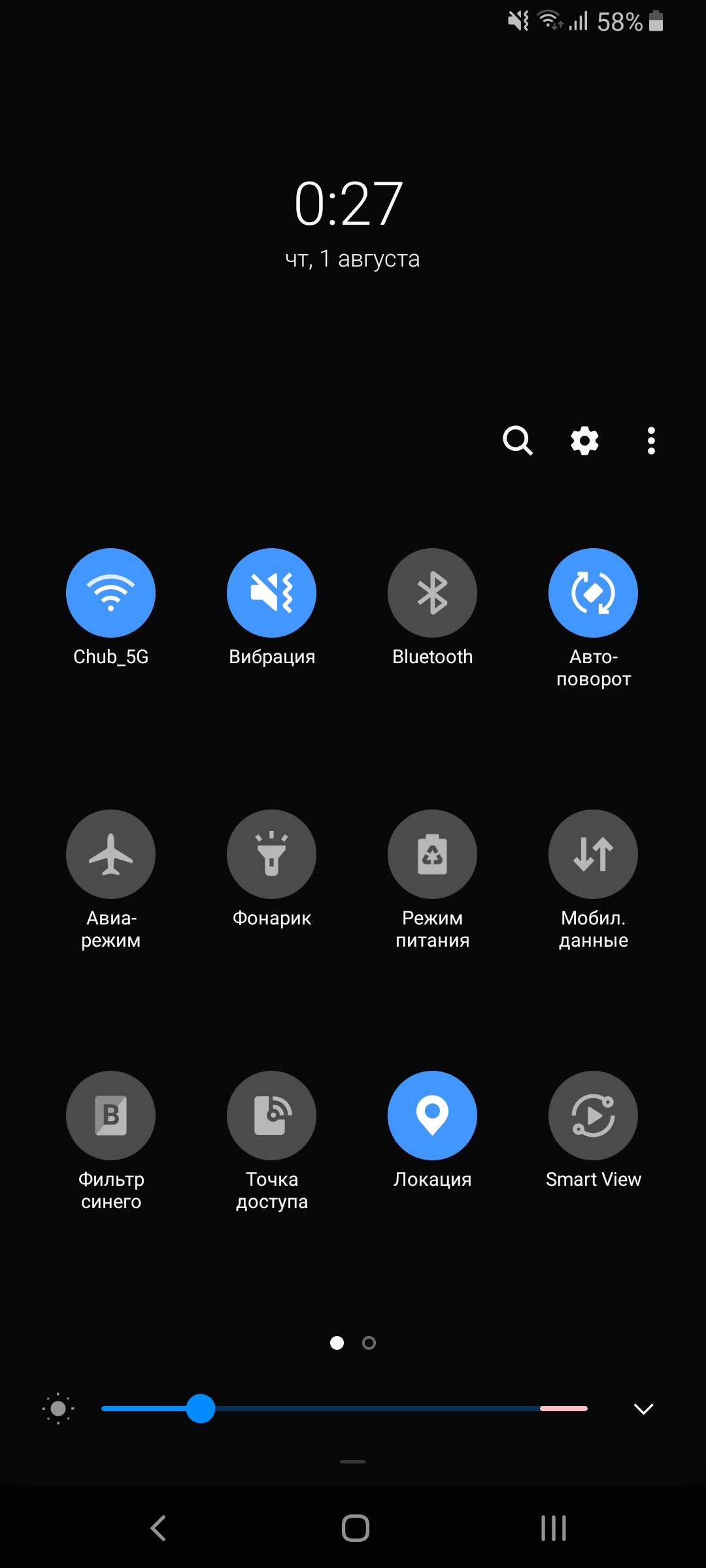
</ img>
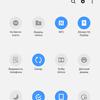
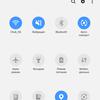







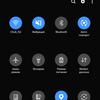
Instead of the standard navigation bar, you can switch to the sign option. There are additional gestures like shooting a screenshot with a palm and a smaller window for one-handed operation:
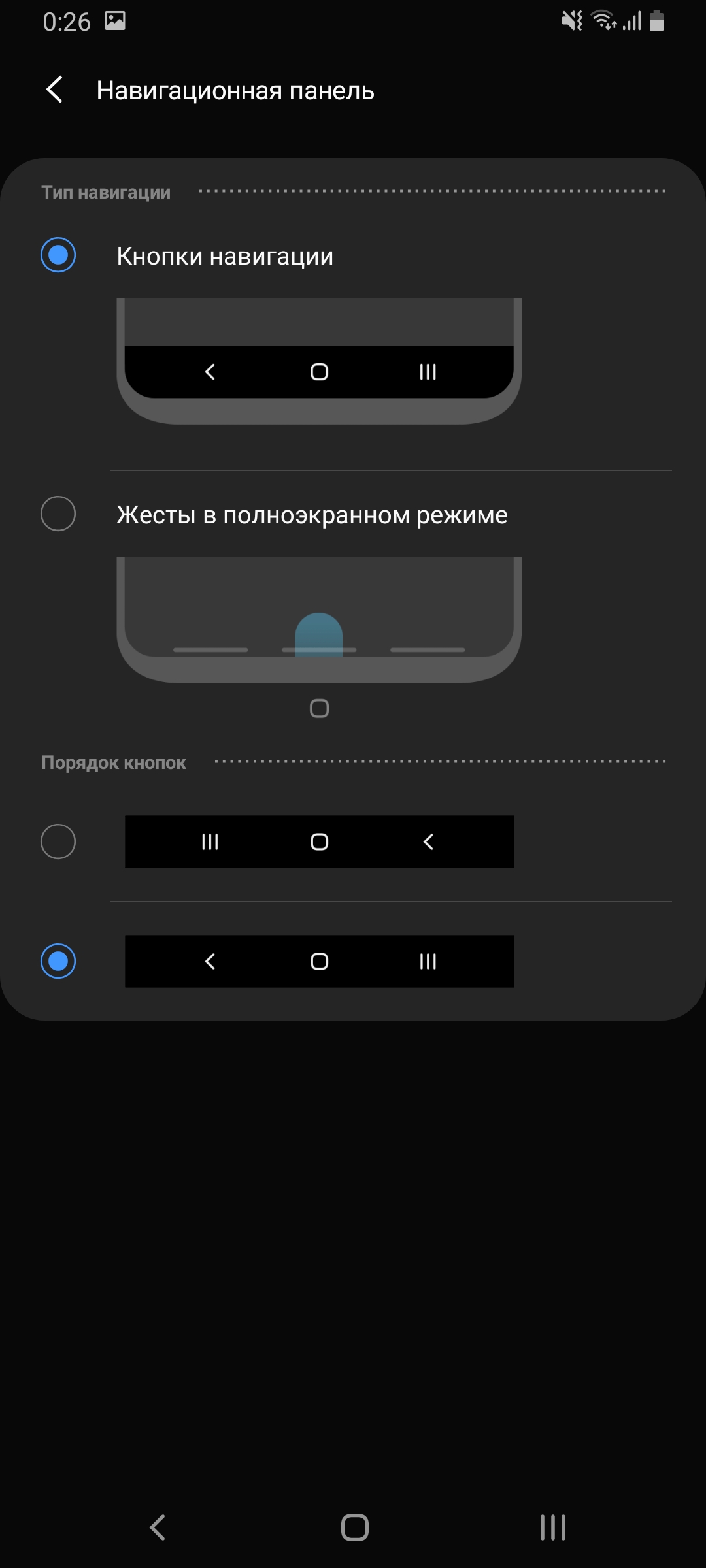
</ img>

</ img>
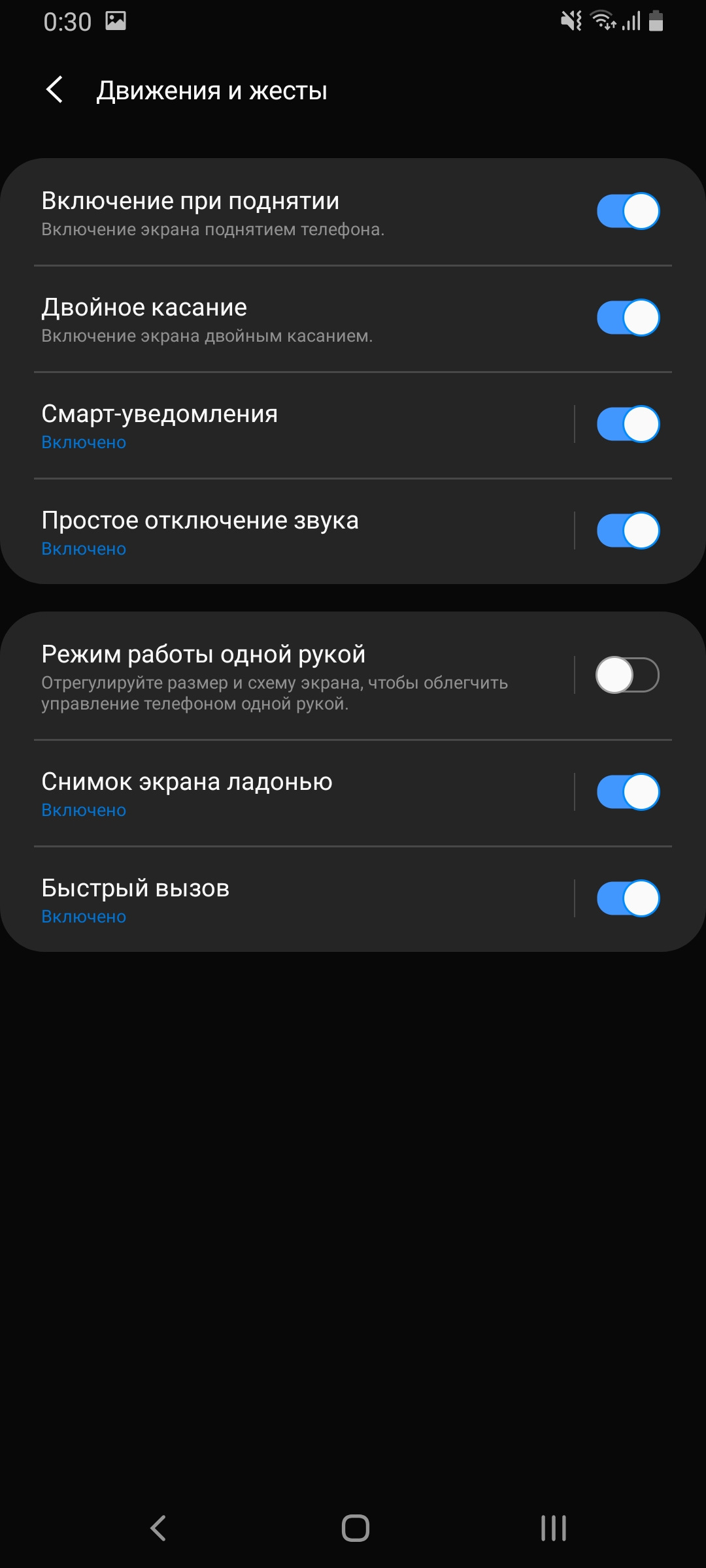
</ img>

</ img>

</ img>
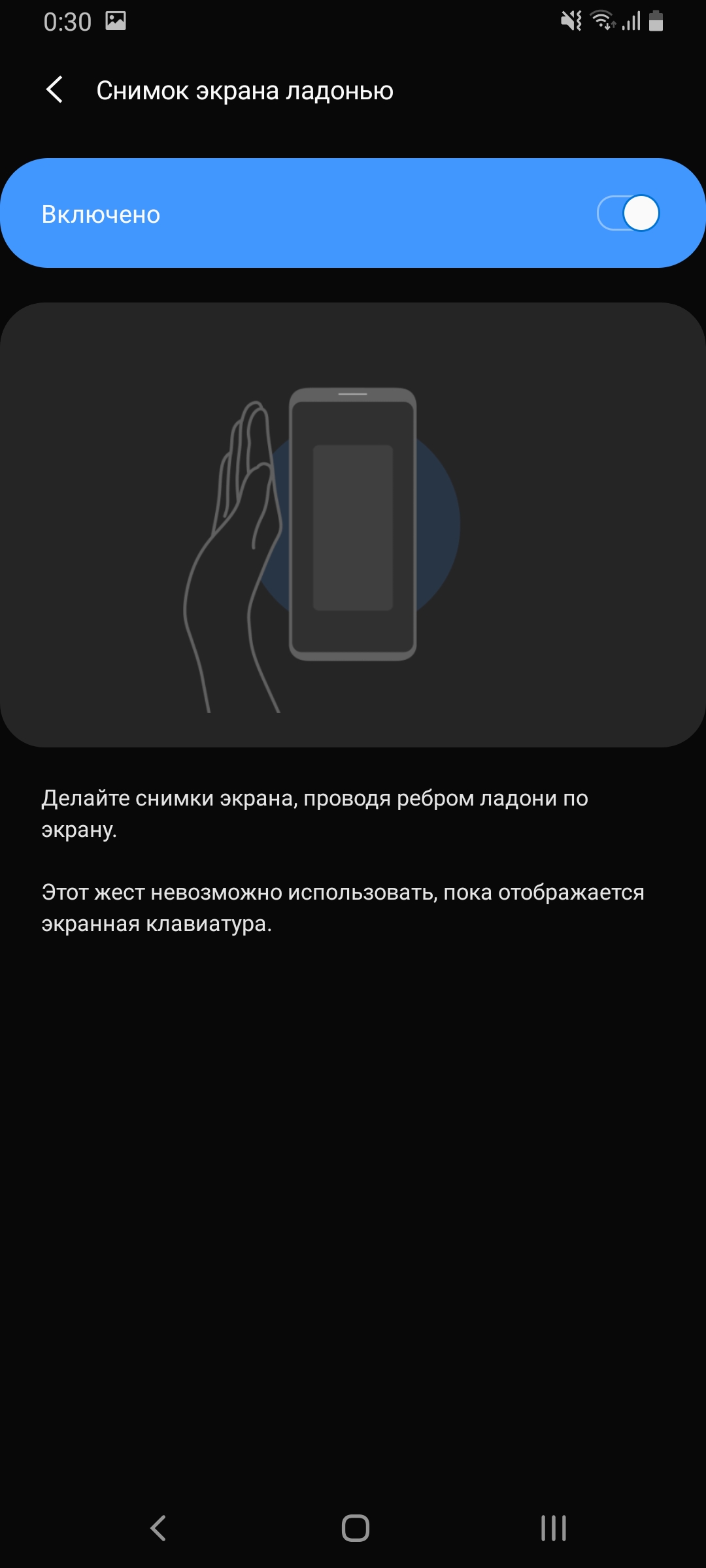
</ img>
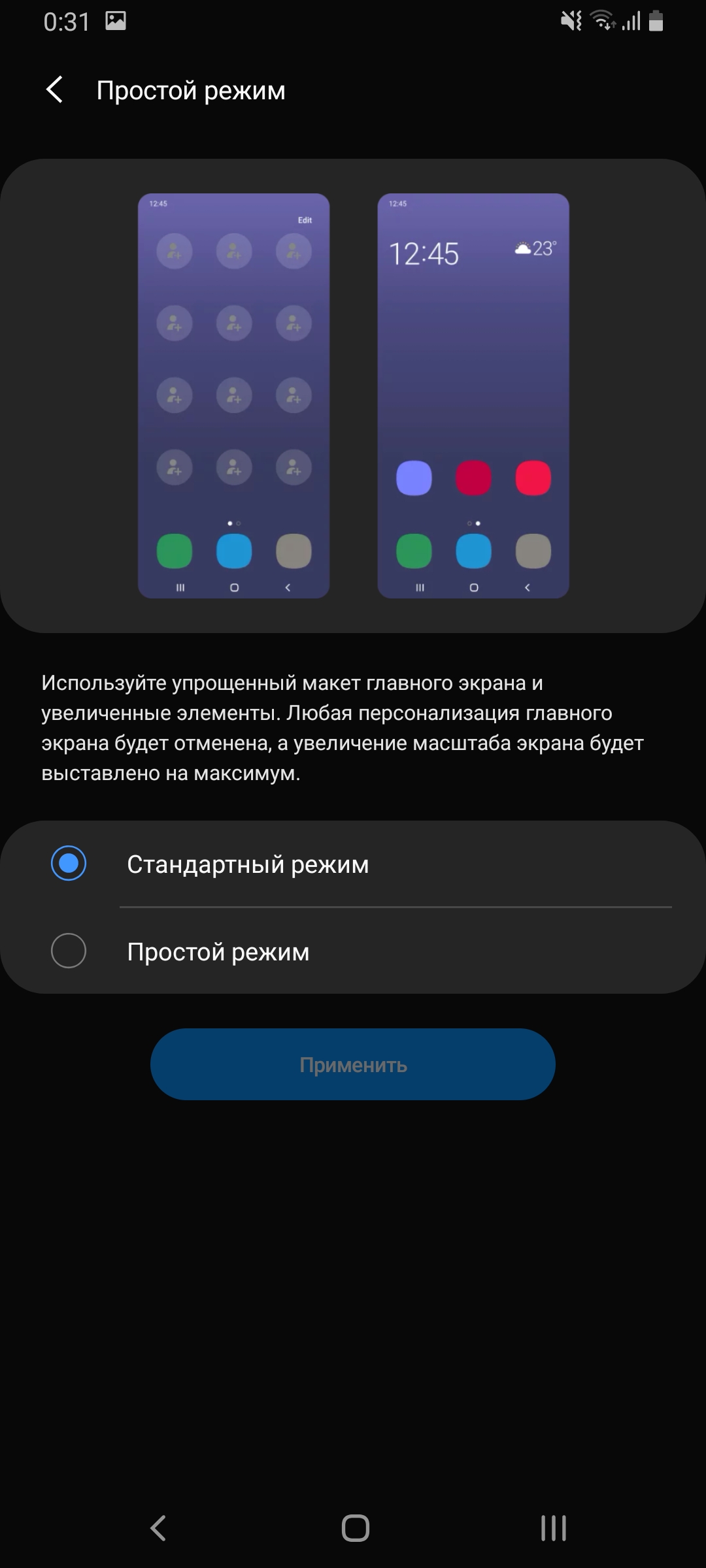
</ img>







The application dispatcher is close to stock (with a horizontal carousel of cards), but the two-window mode was added to the application mode in a small window:
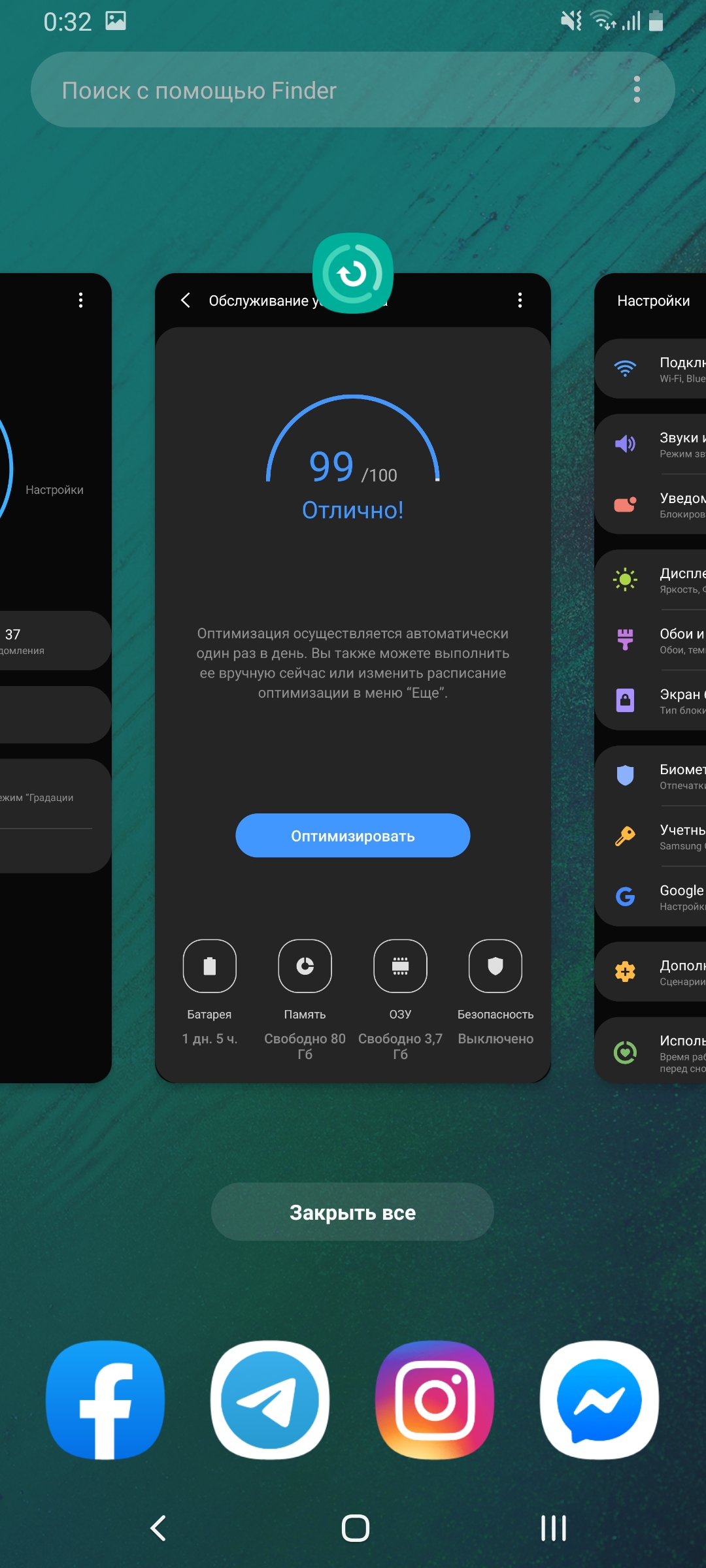

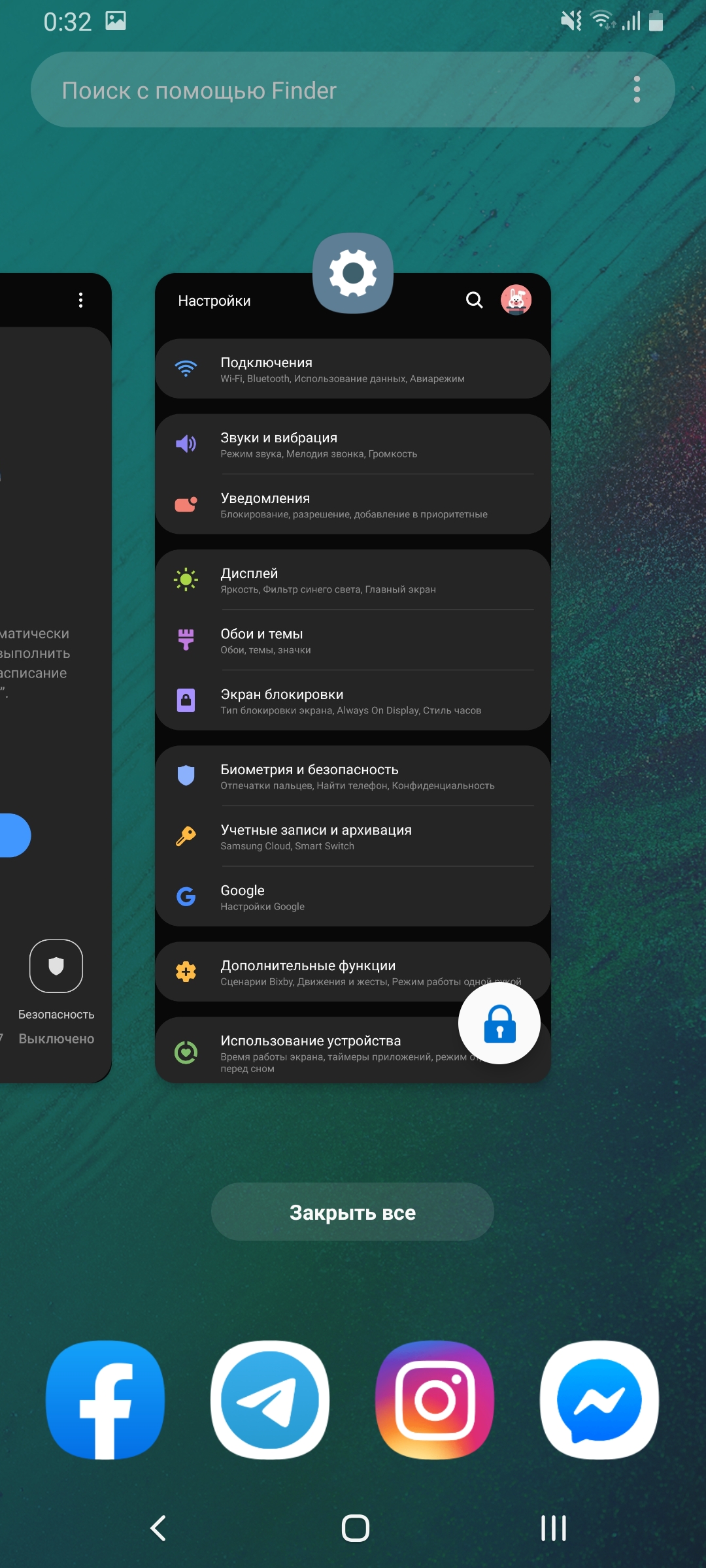

</ img>
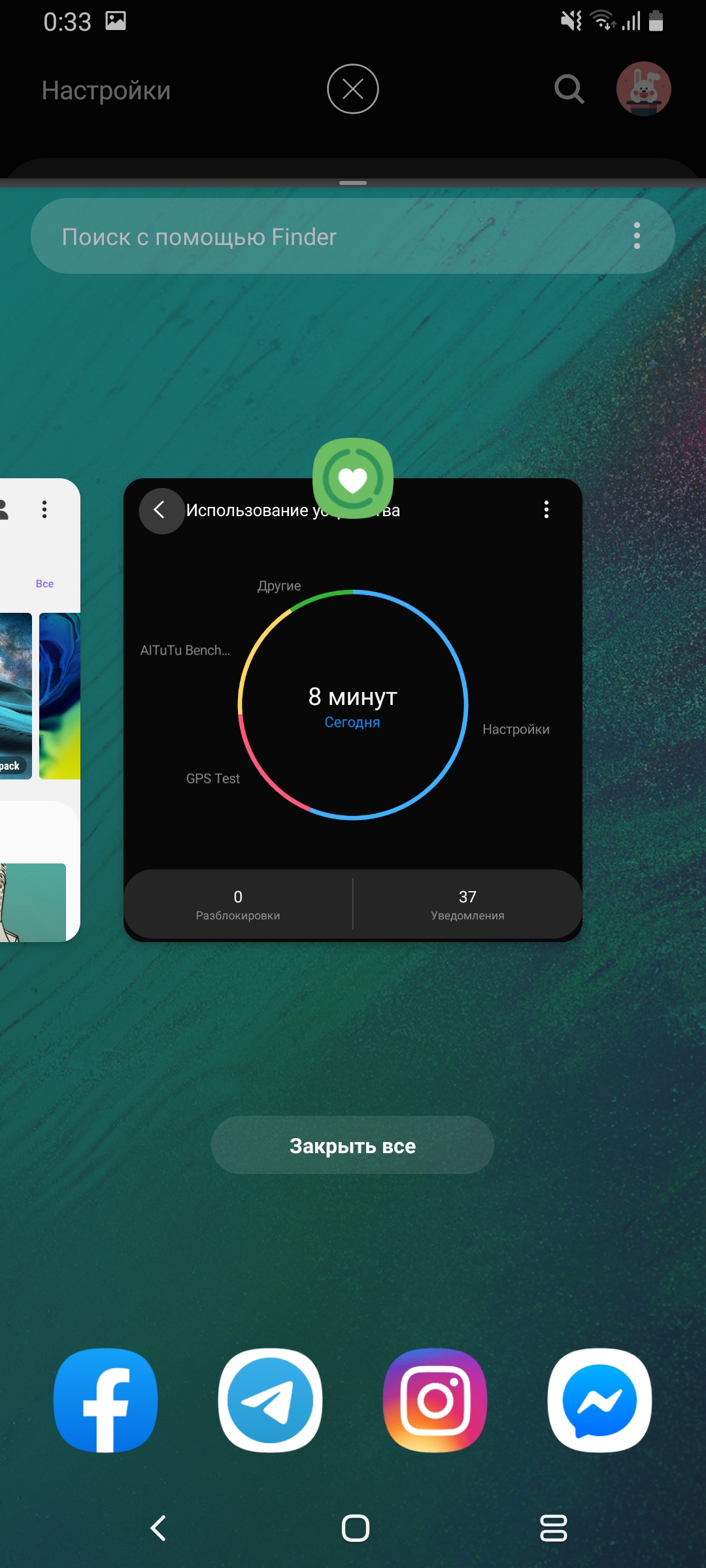
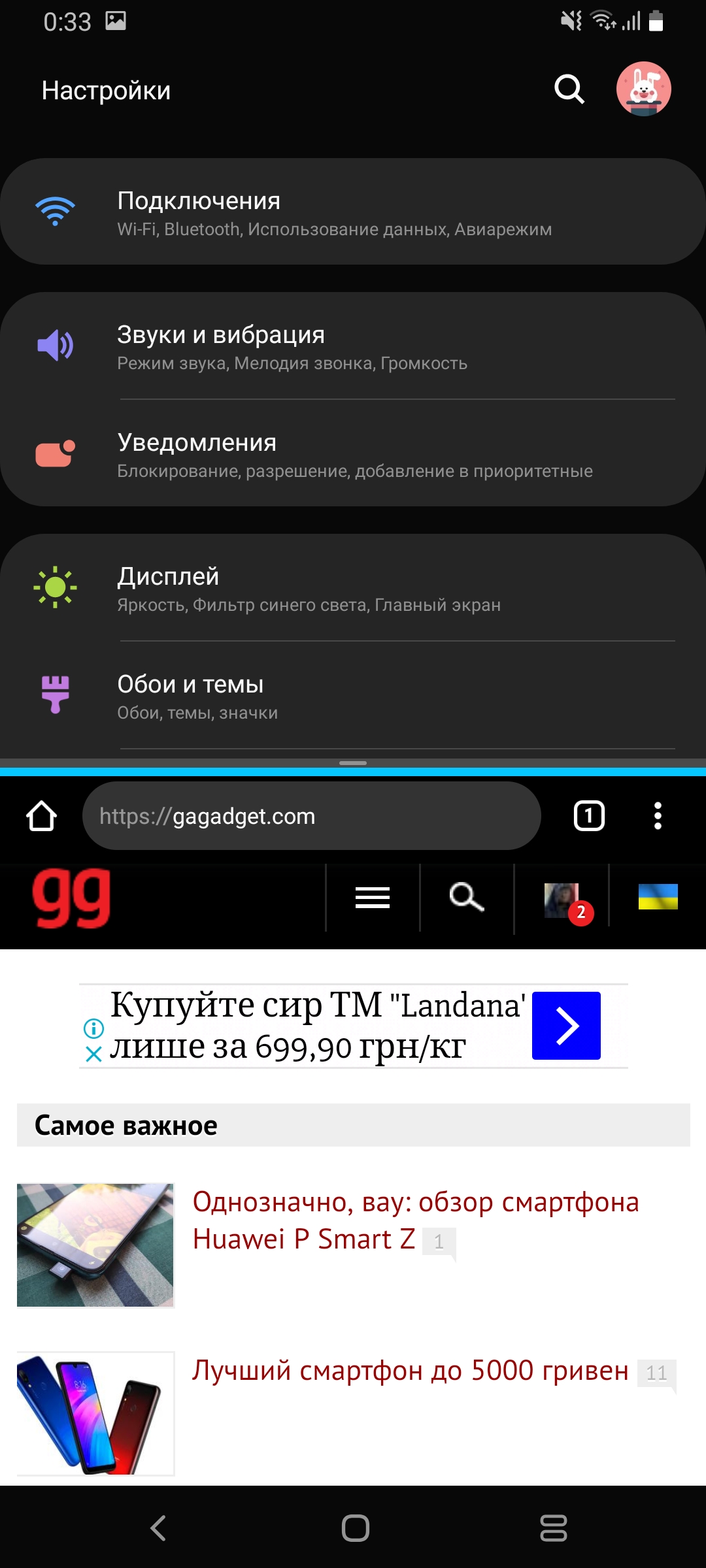
</ img>



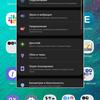


Screenshots of branded applications:
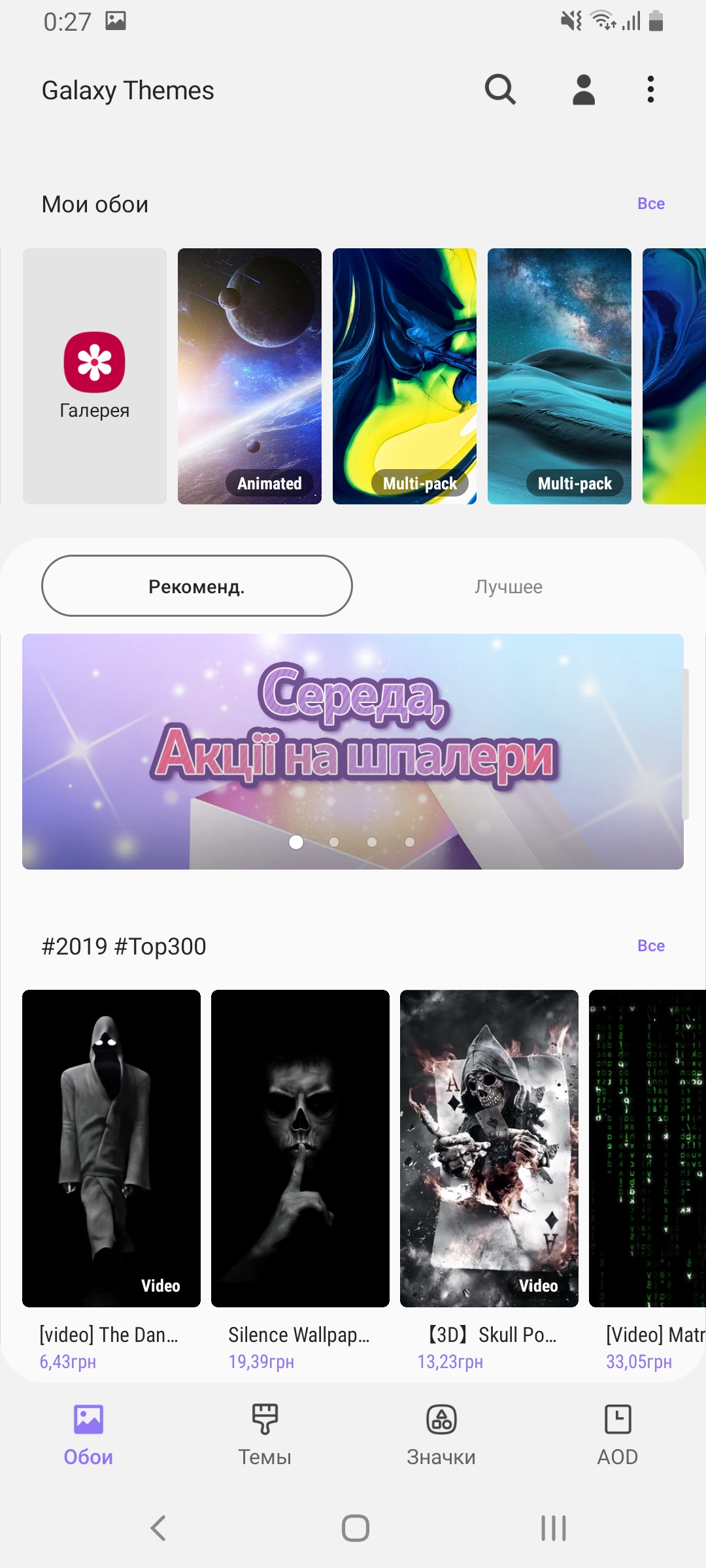
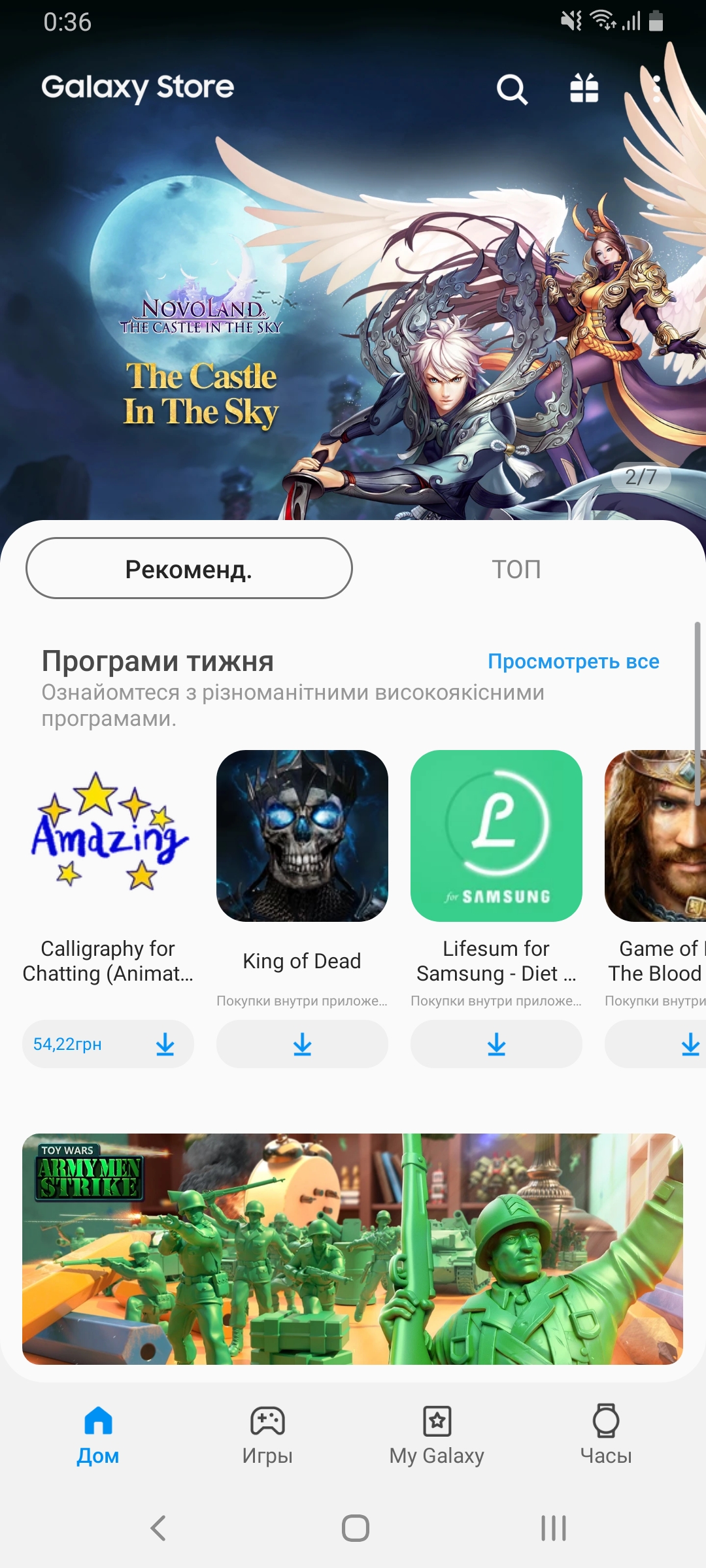
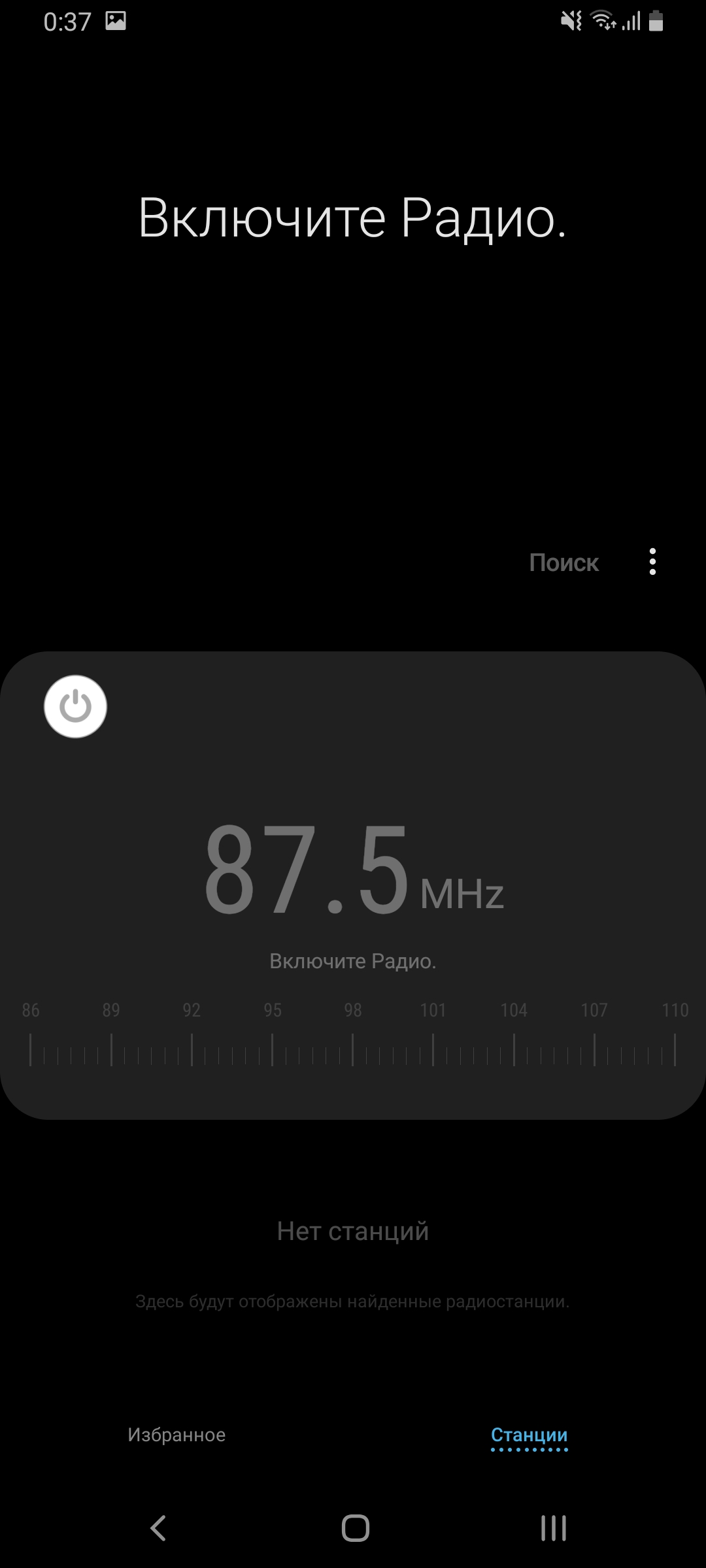
</ img>
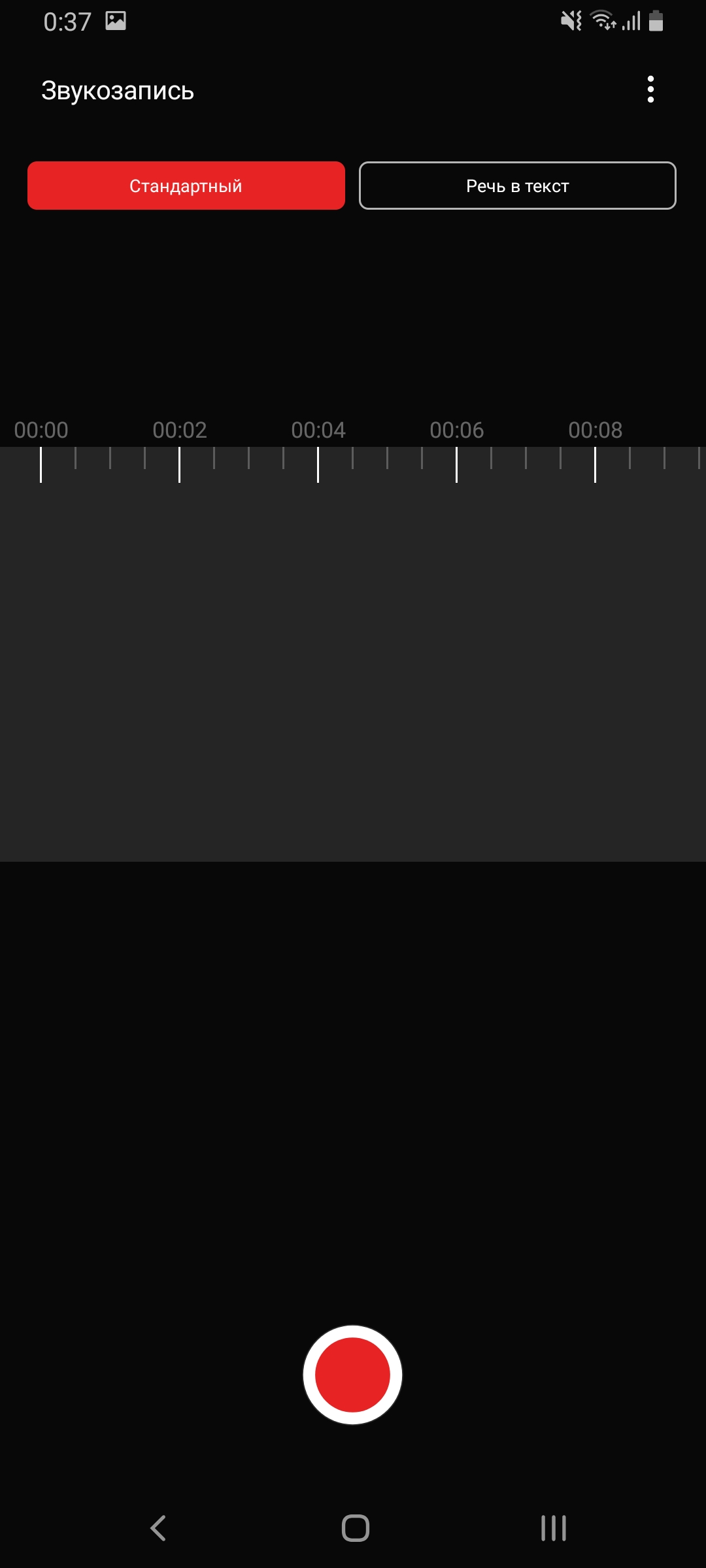
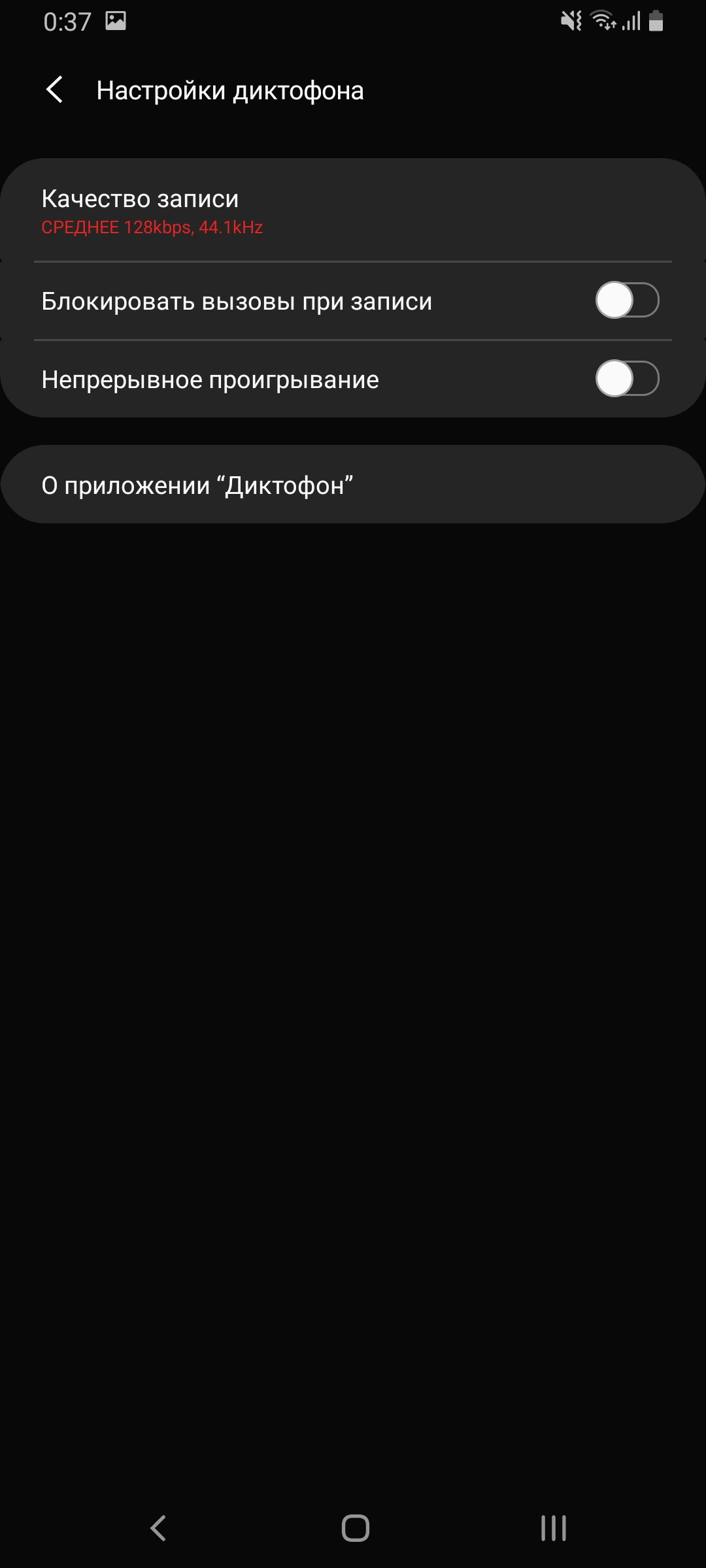

</ img>
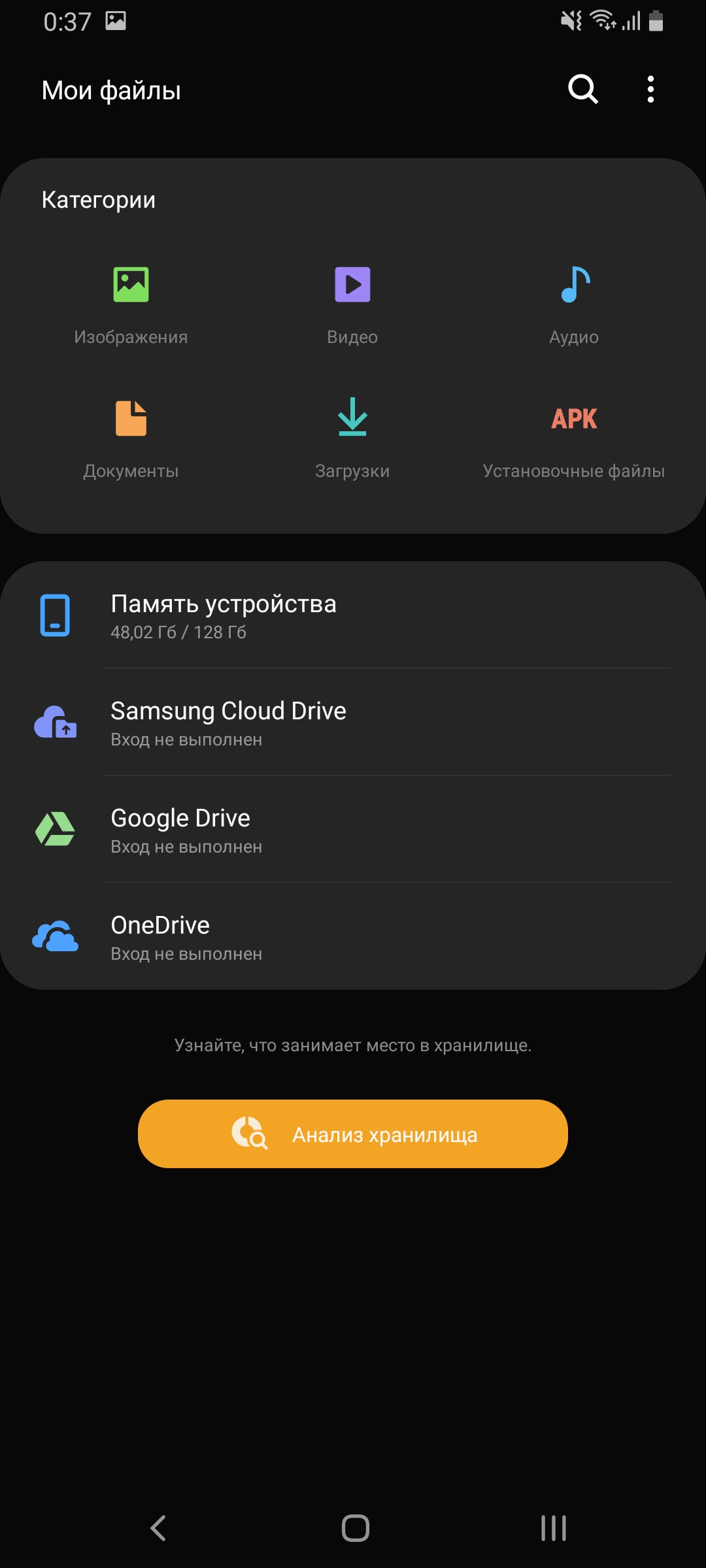
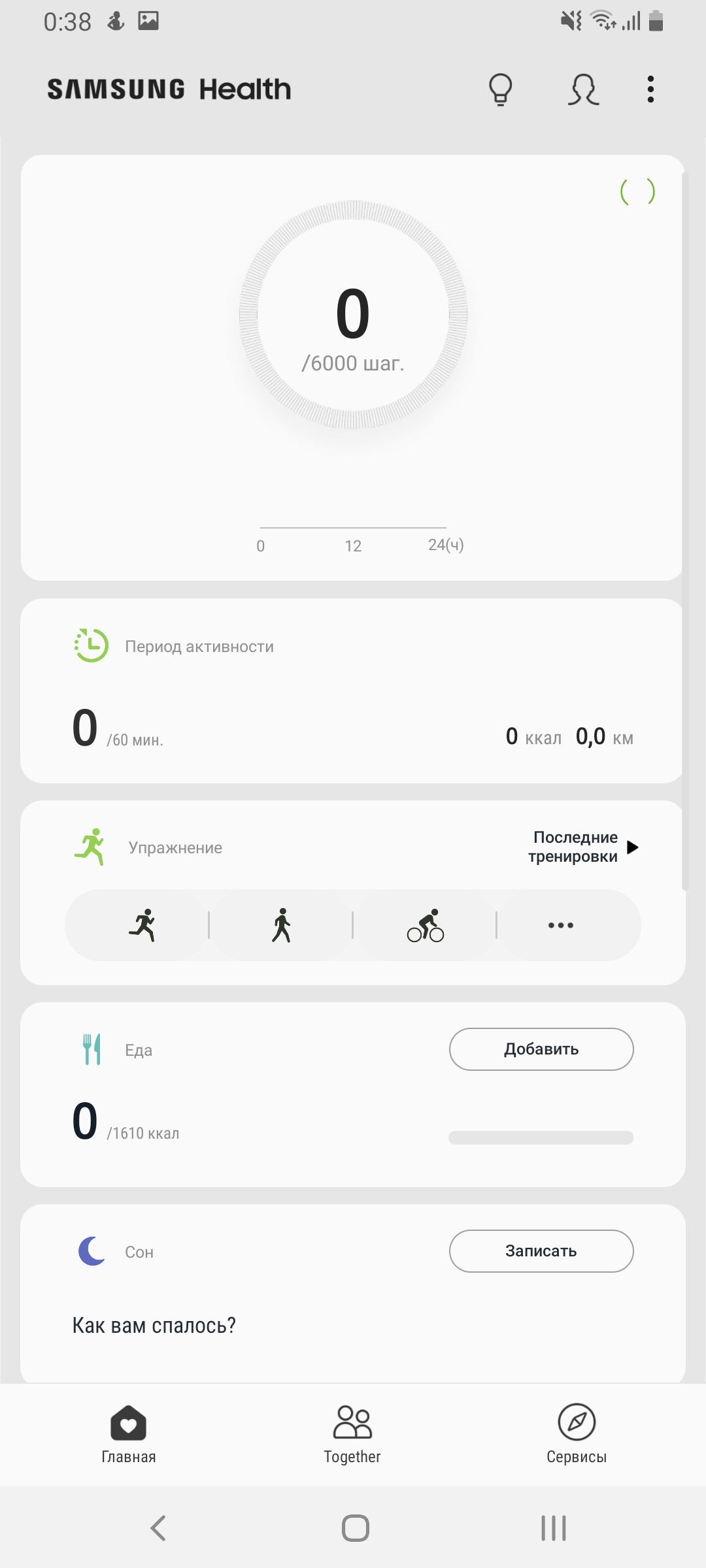
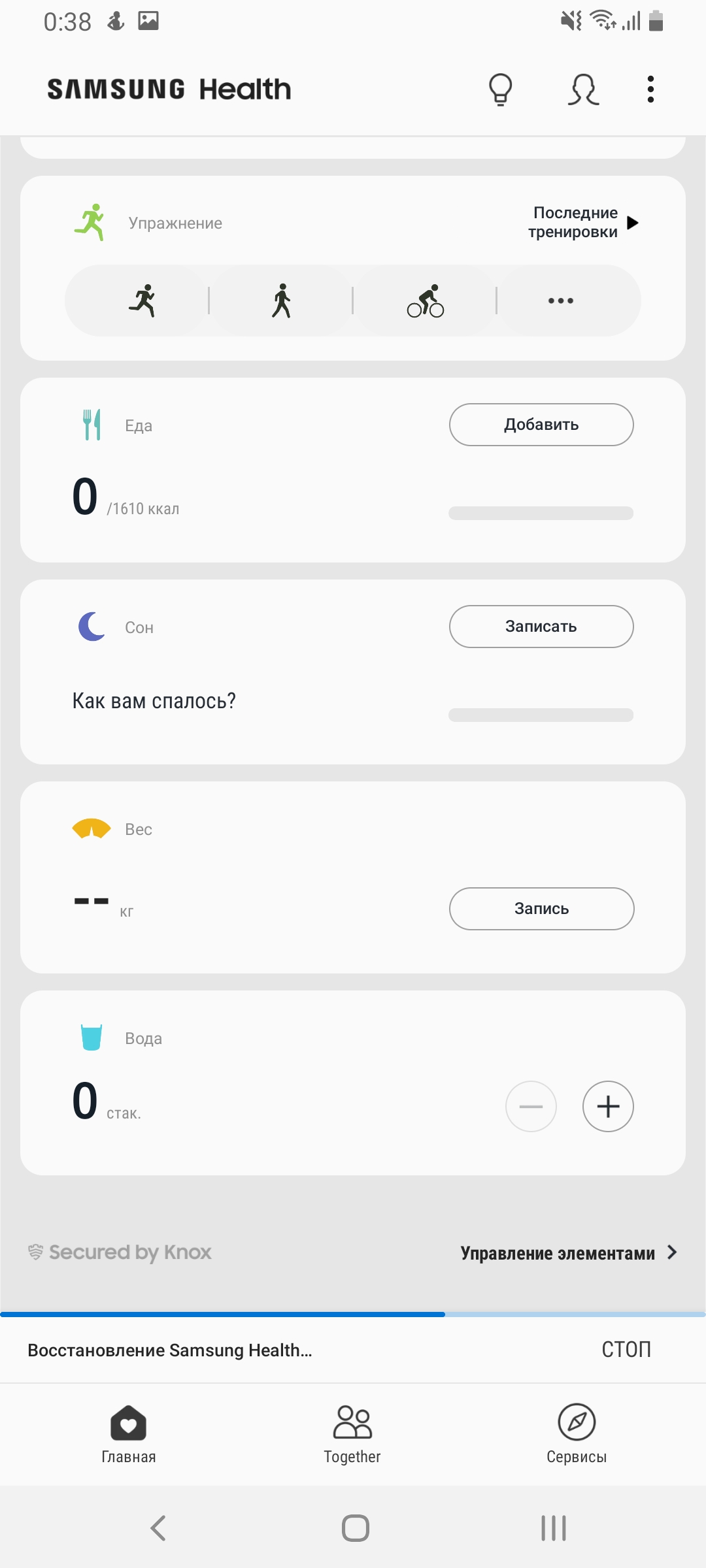
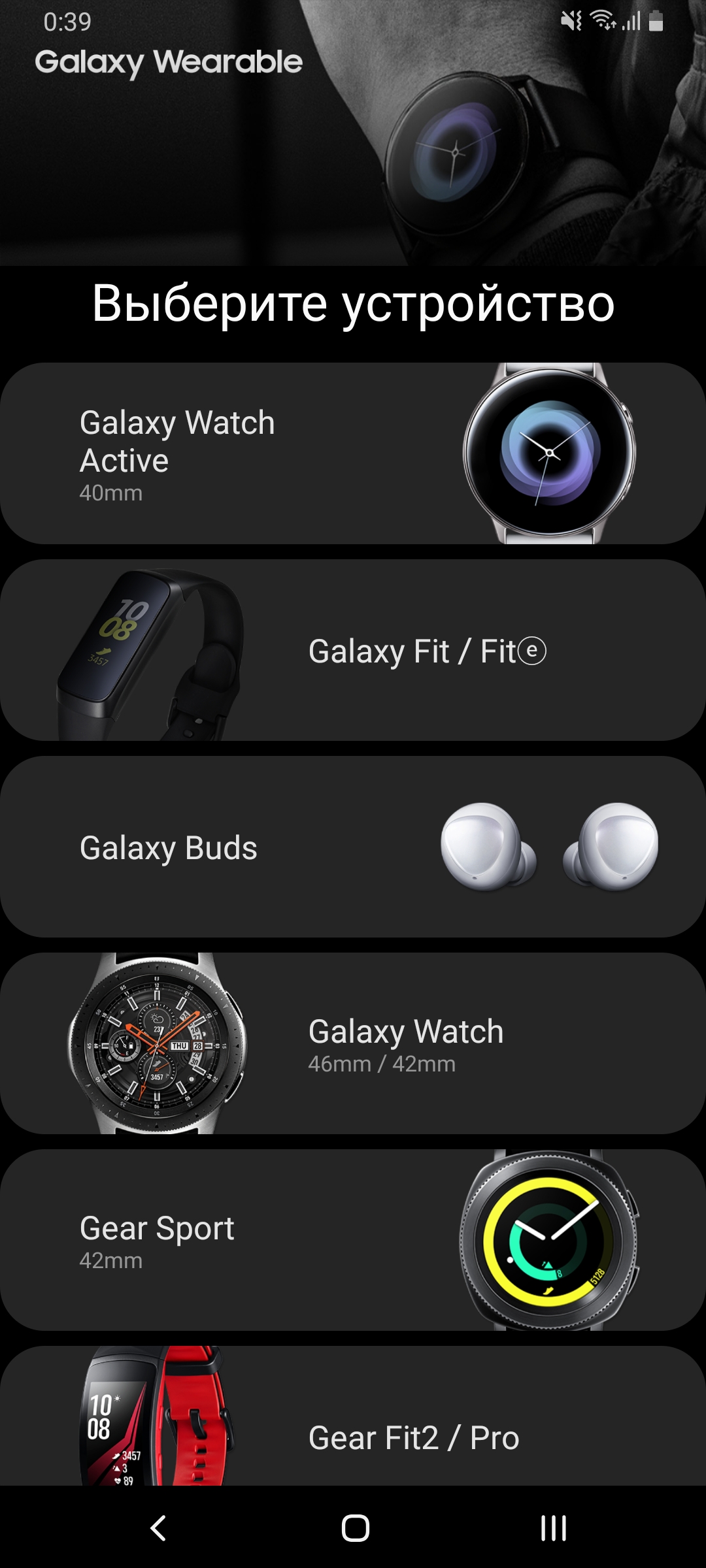

</ img>

</ img>

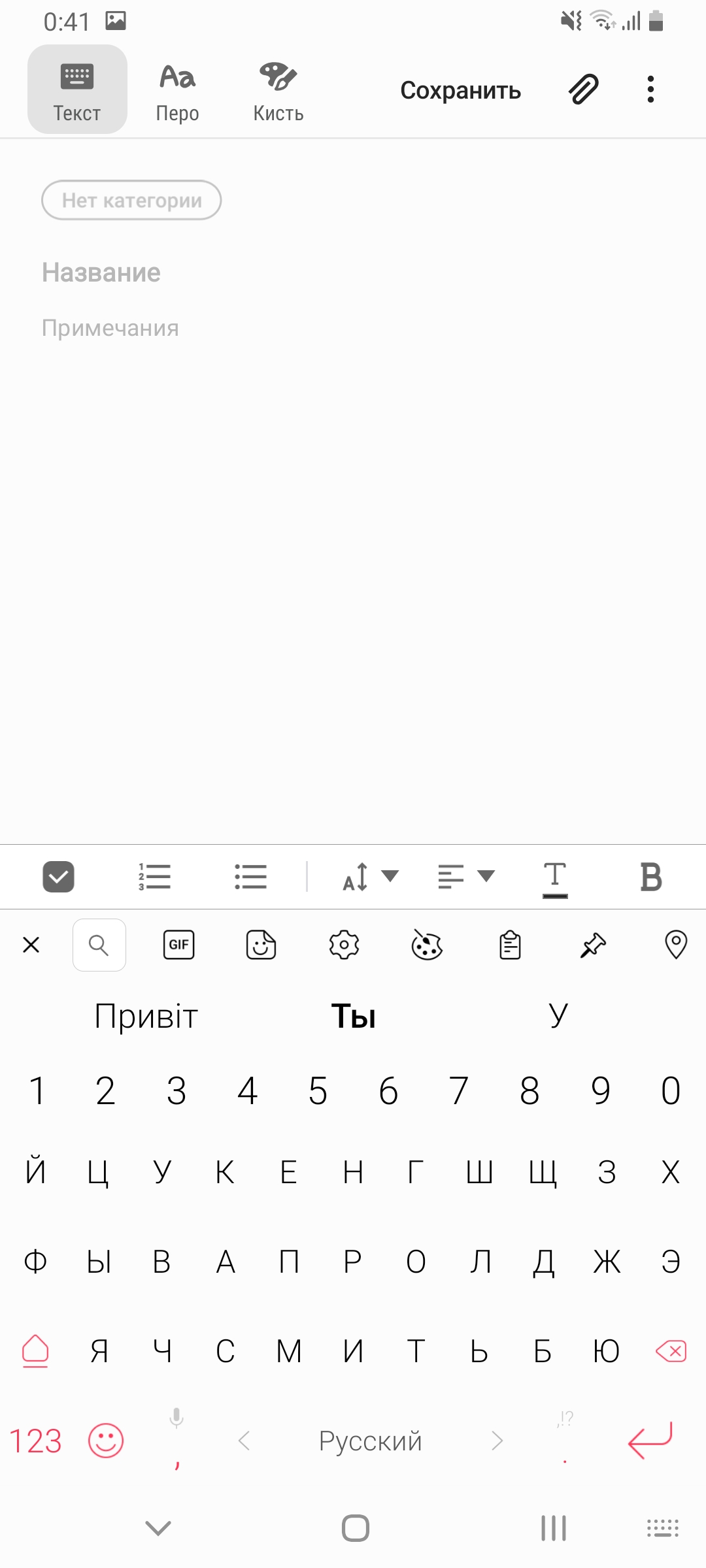



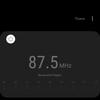






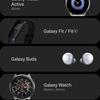



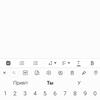

How good are the cameras?
The main feature of the Galaxy A80 camera is itsdesign. Otherwise, everything is more ordinary, at the level of other mid-price smartphones. The main camera is 48 megapixels with an f/2.0 aperture and without optical stabilization, the additional one is a wide-angle 8 megapixels with a viewing angle of 123° and an f/2.2 aperture. The third module is time of flight (ToF) with an f/1.2 aperture to determine the distance to objects. A camera app without any surprises. Modes are switched by swiping. The main screen has camera switching and all the basic necessary settings. It’s interesting that some functions did not work in selfie mode (even fixed focus) and other nuances. Strange, considering that the same camera is used. But with the latest firmware update, all these restrictions have been removed:
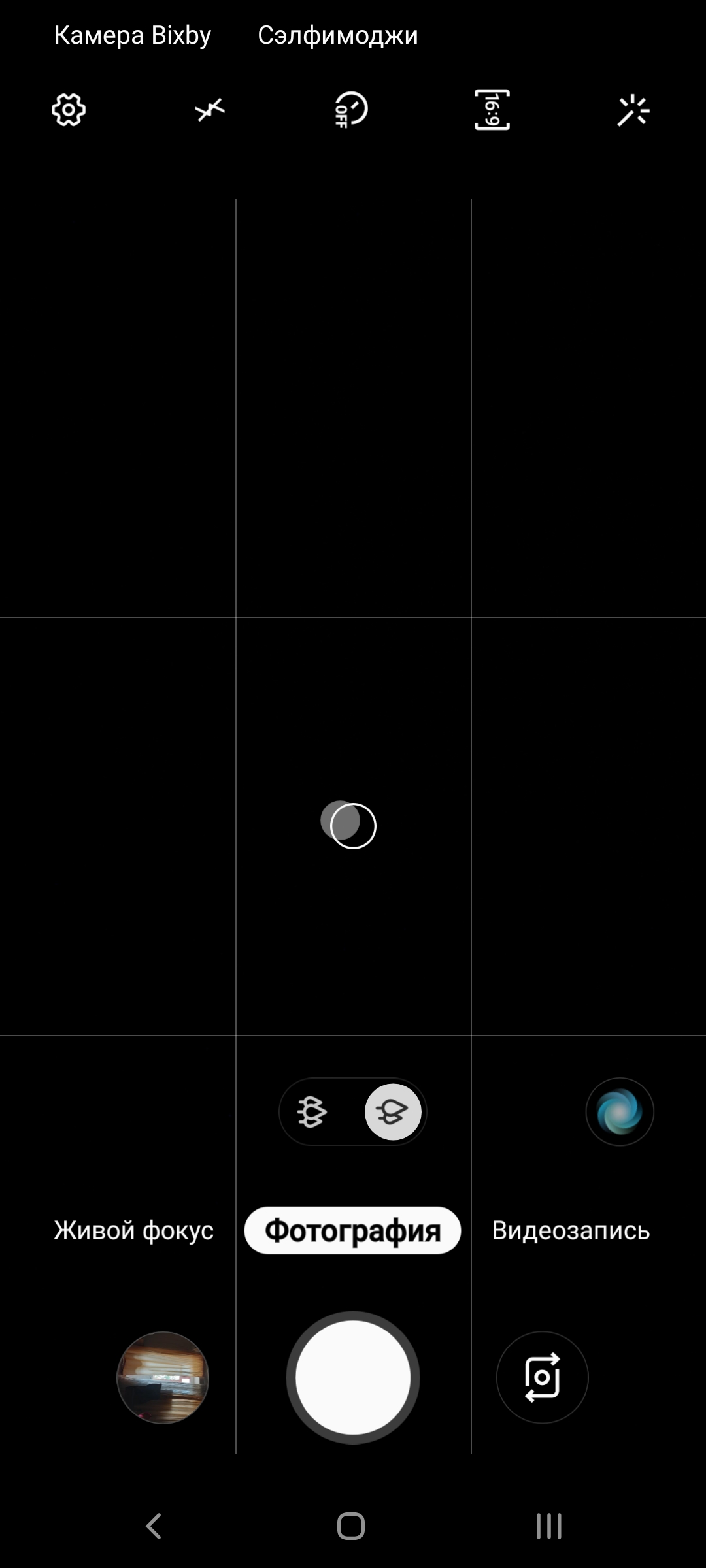
</ img>

</ img>
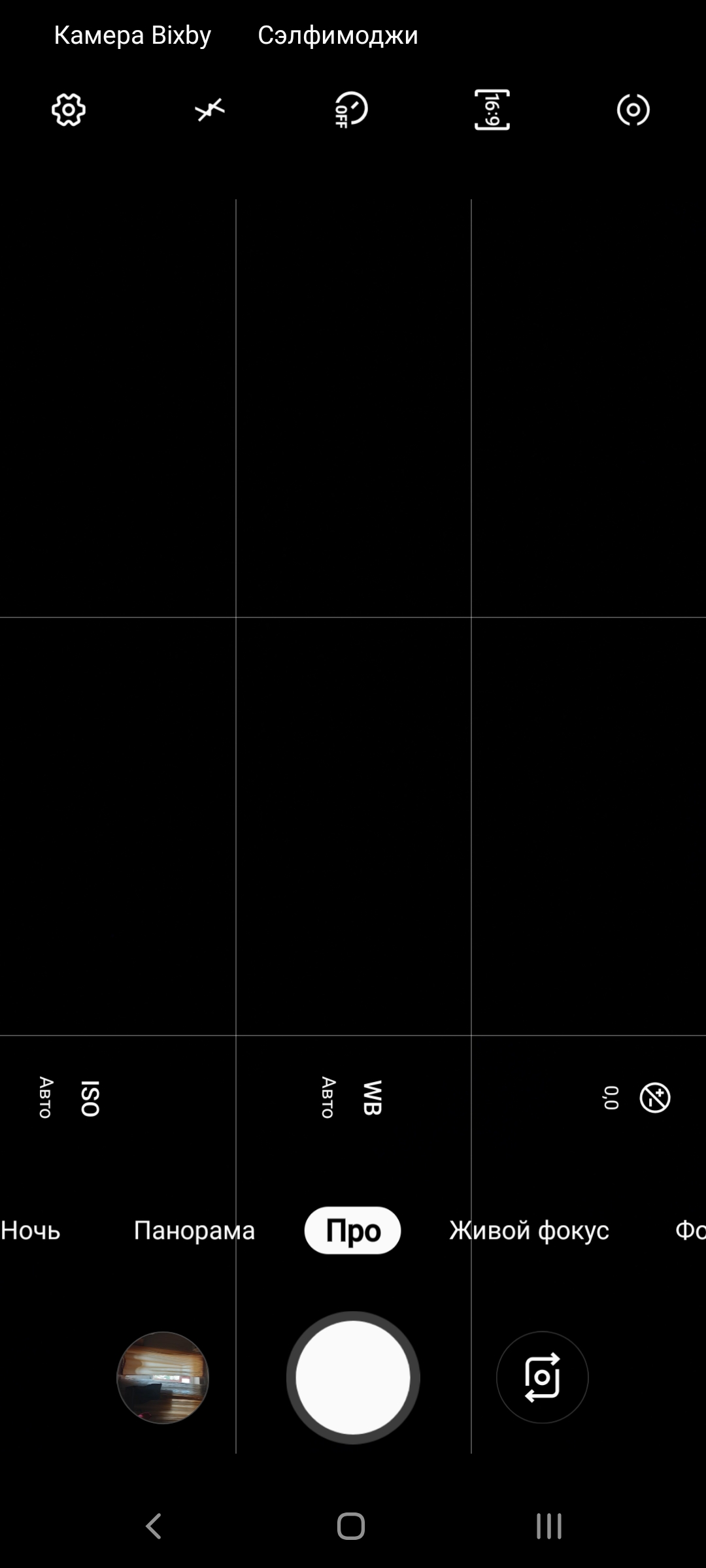
</ img>
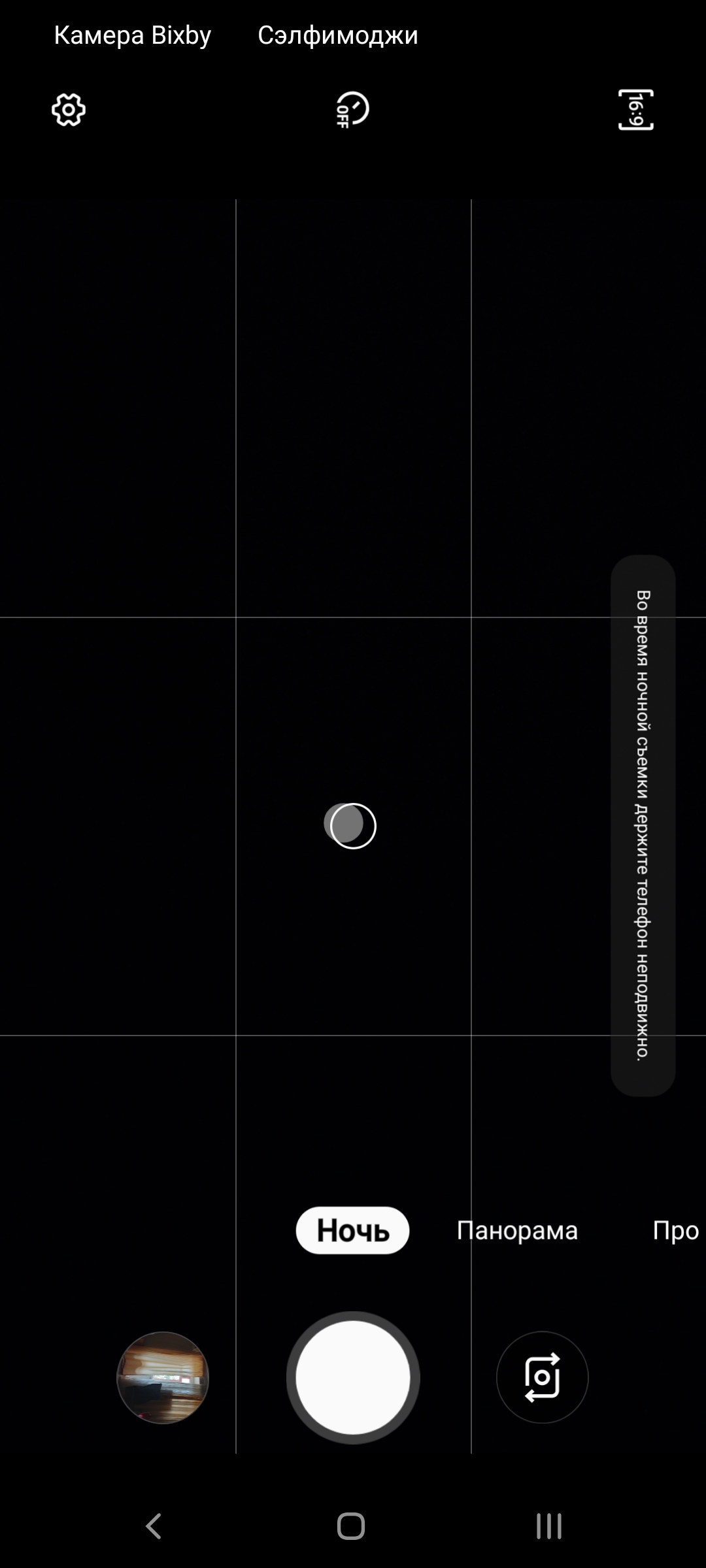
</ img>
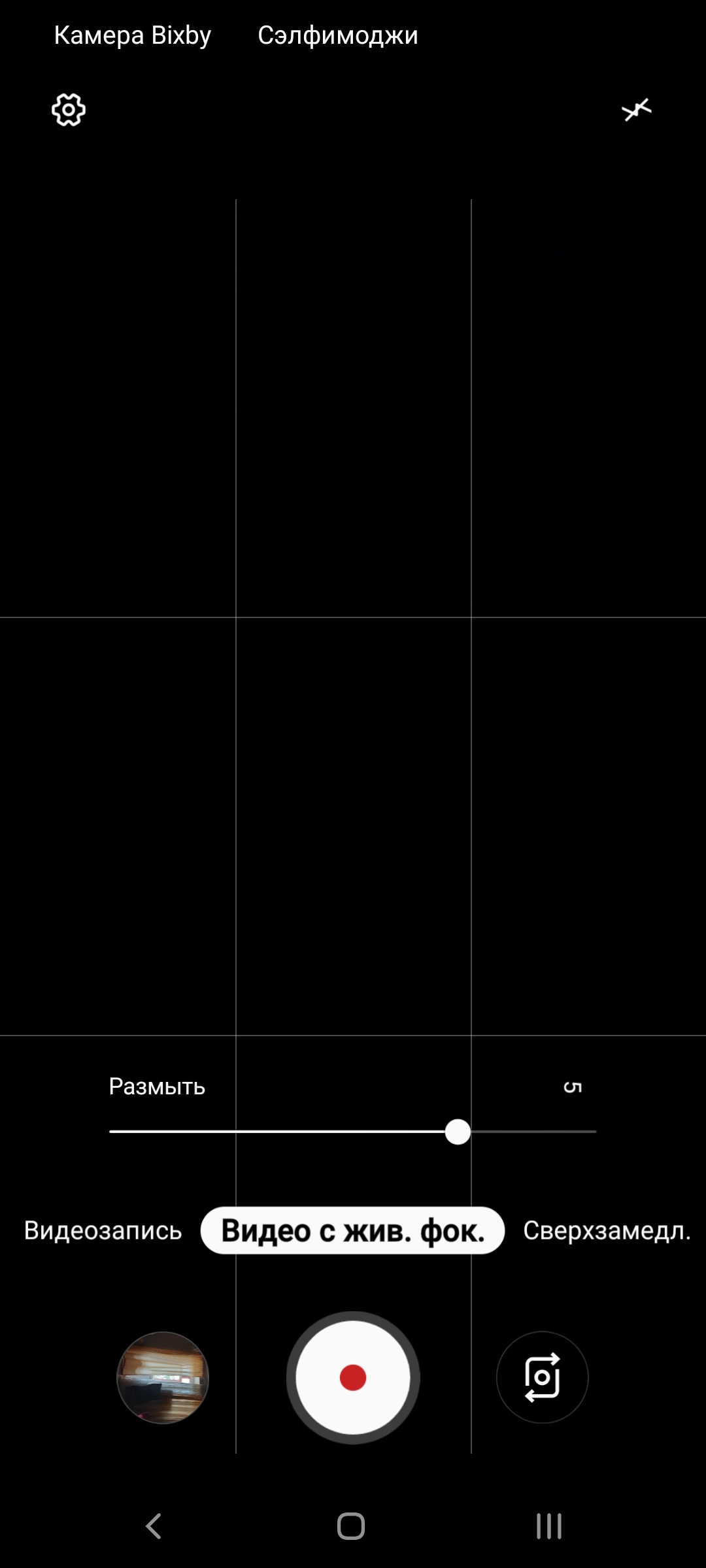
</ img>
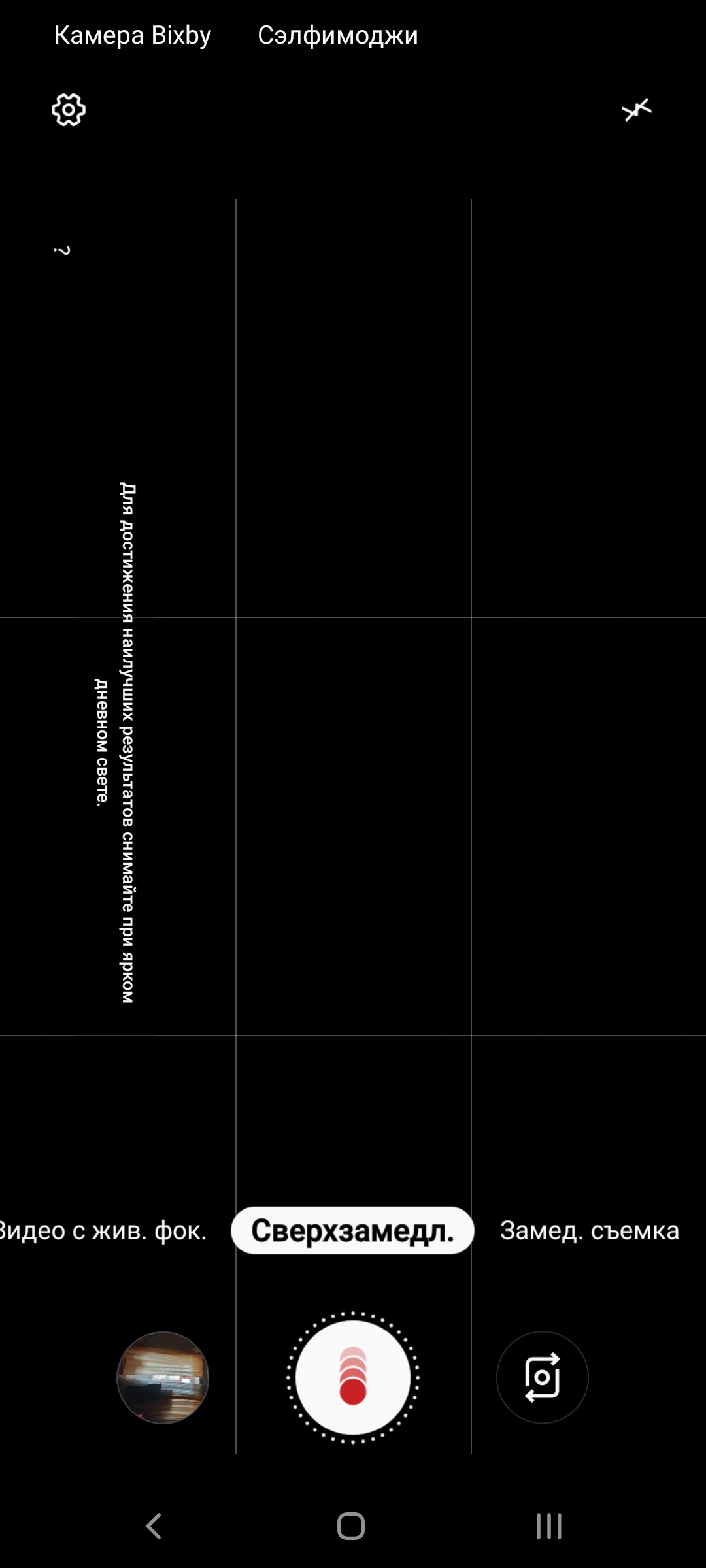
</ img>
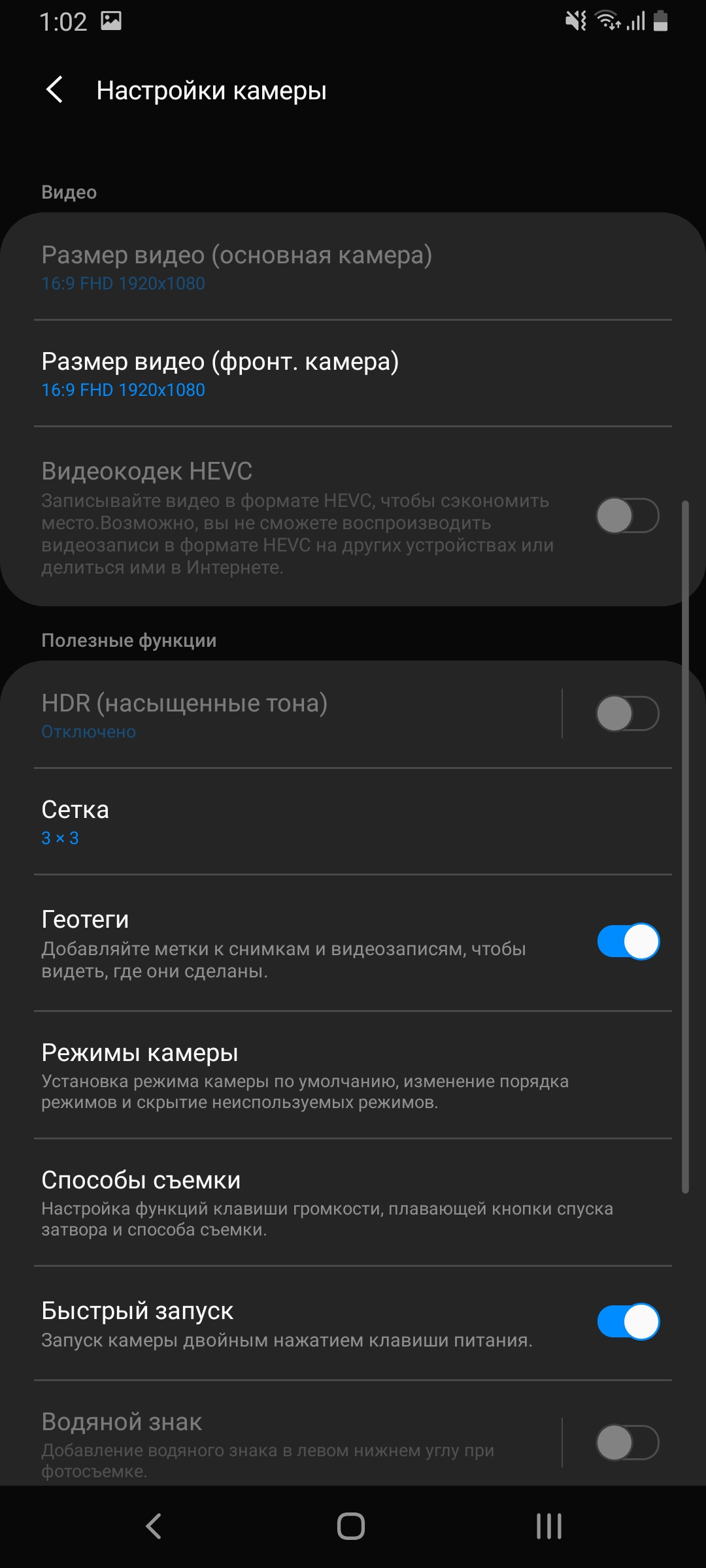
</ img>
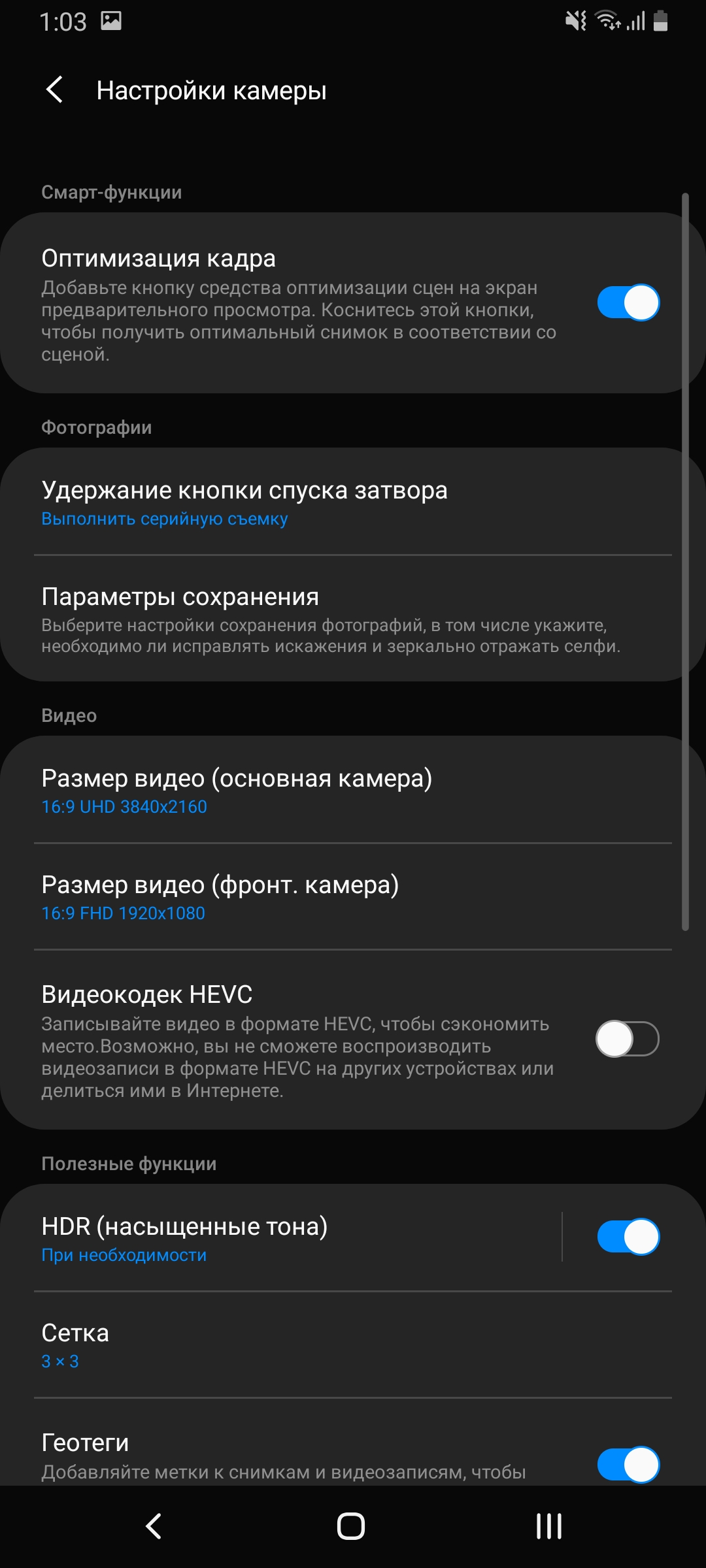
</ img>
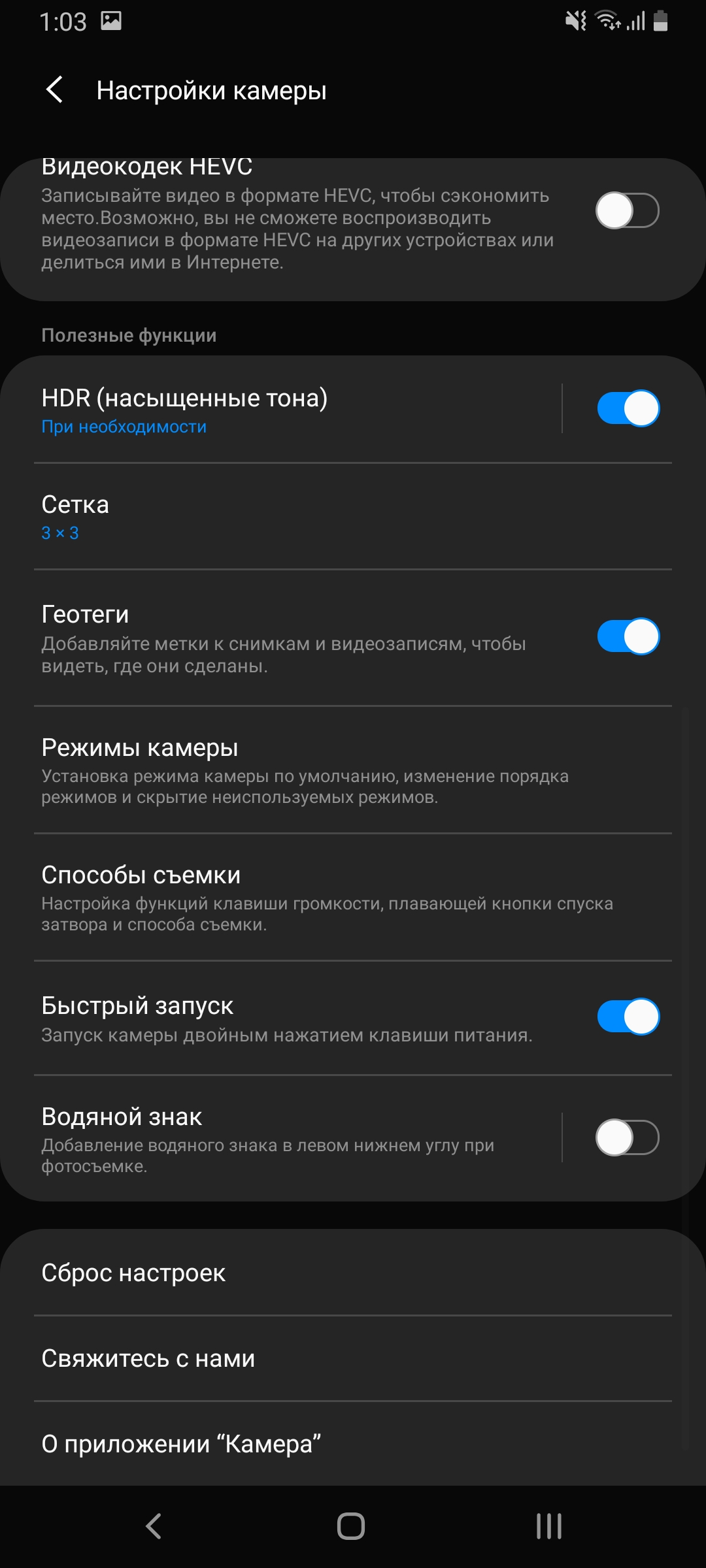
</ img>


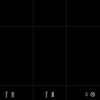






A set of shooting modes more standard,except that there was a video mode with a blurred background. The rest - a modern set, including super slow shooting and night mode. During the day there are no complaints to the cameras, the photos are excellent. With poor lighting, the lack of optical stabilization is a bit of an effect and not the most high-aperture optics and some detailing is lost. But in general, the software takes down the photos to a very sensible quality.
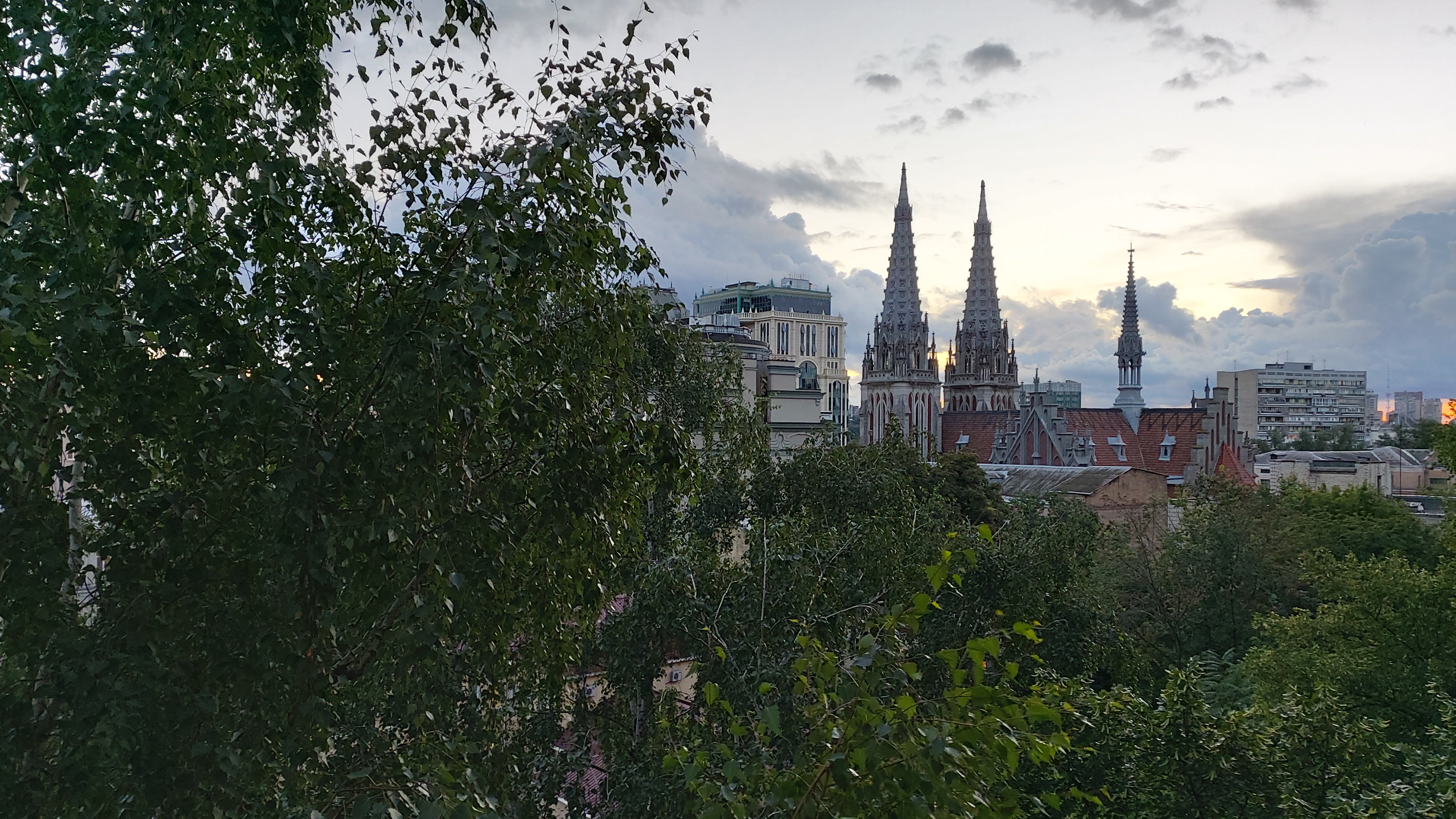
</ img>

</ img>
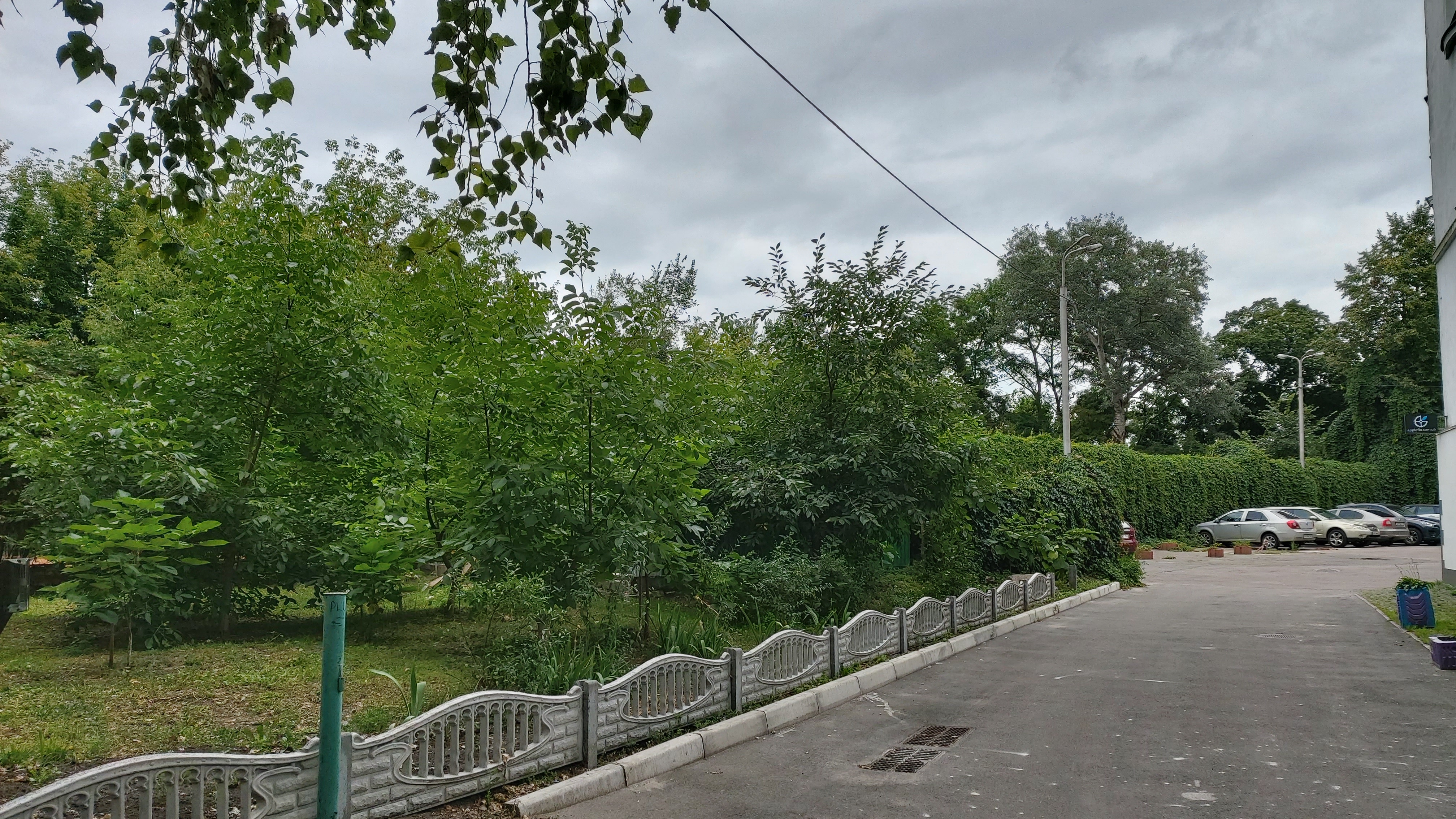
</ img>

</ img>
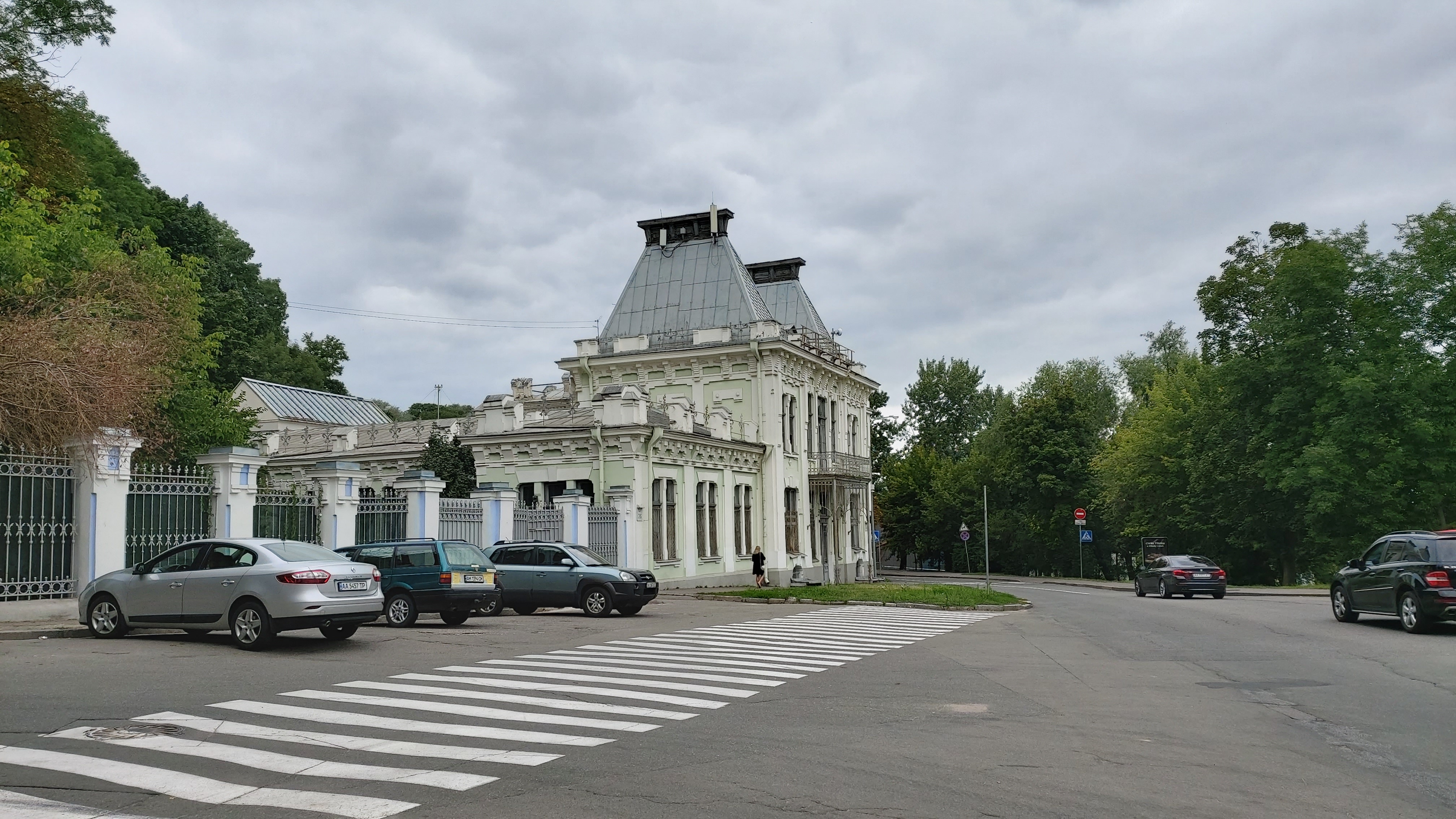
</ img>

</ img>

</ img>
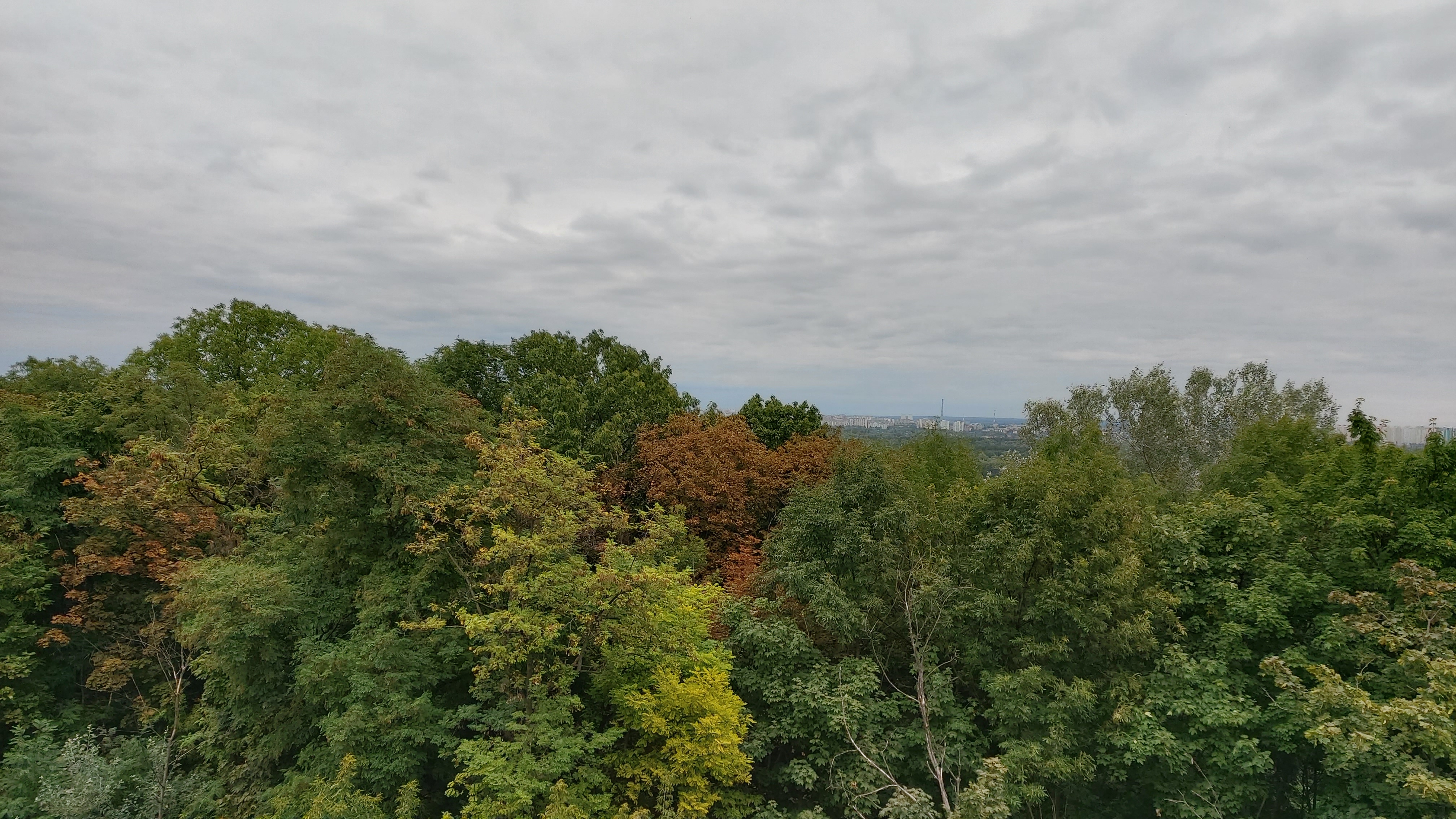
</ img>
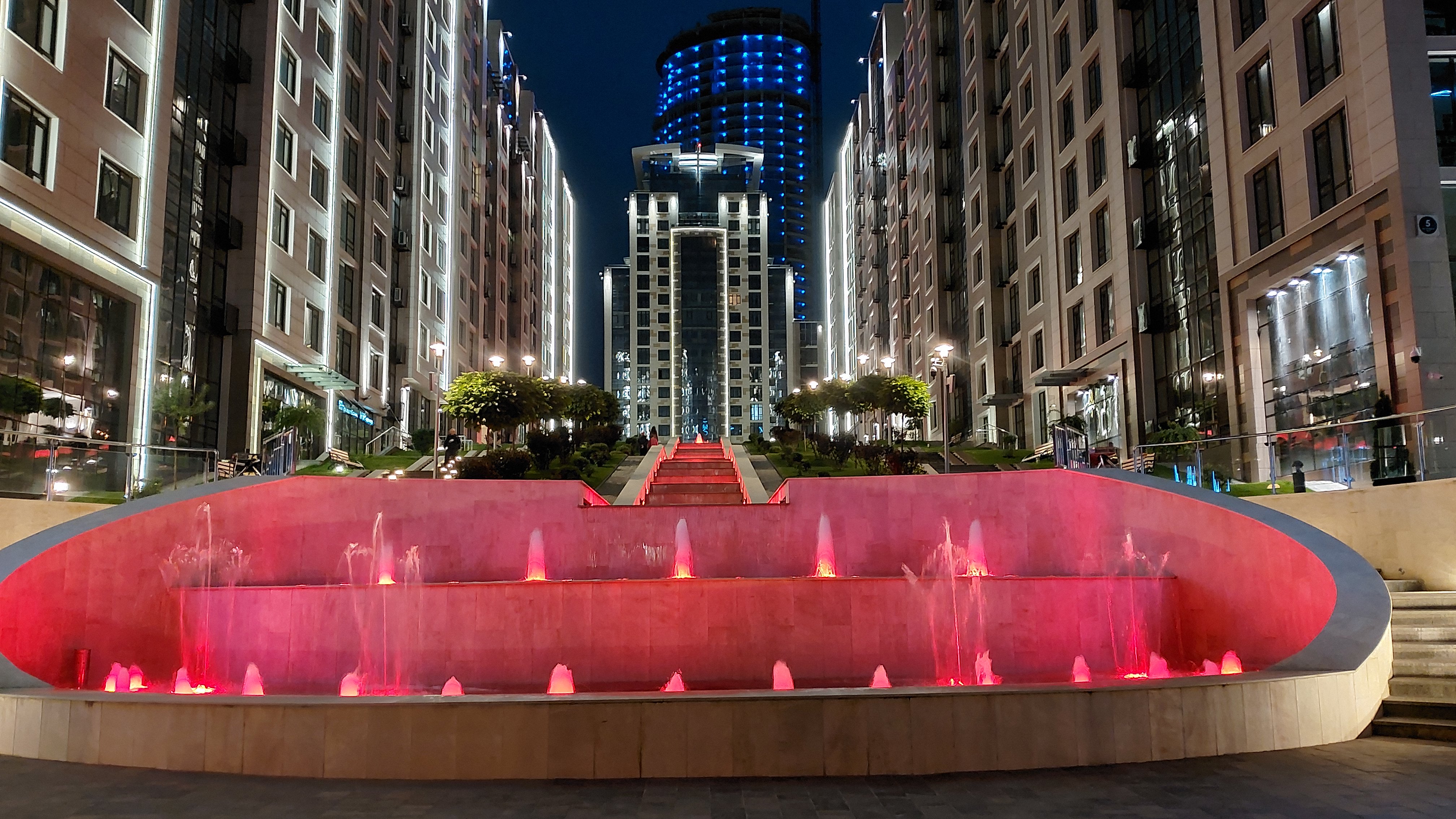
</ img>
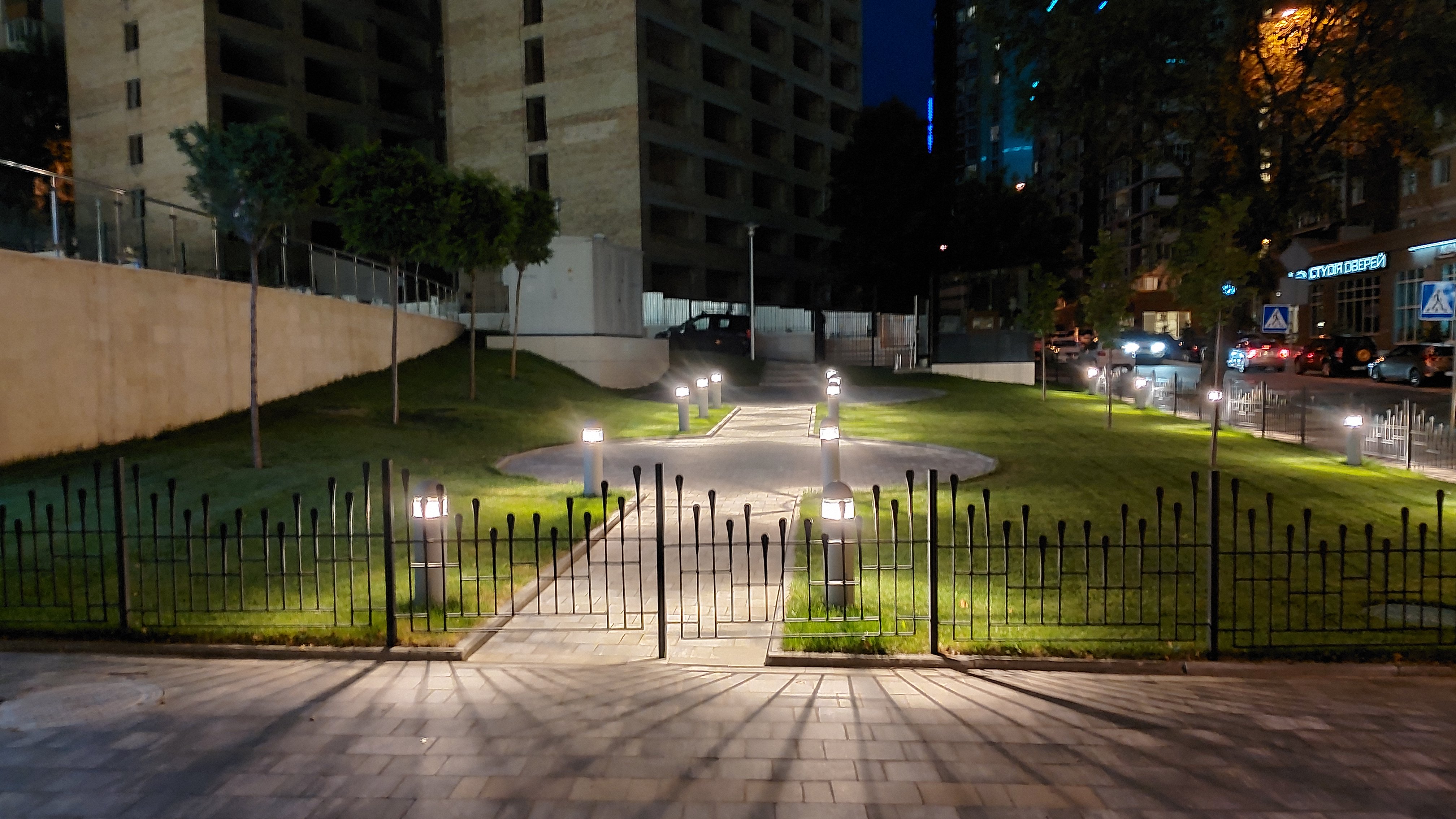
</ img>
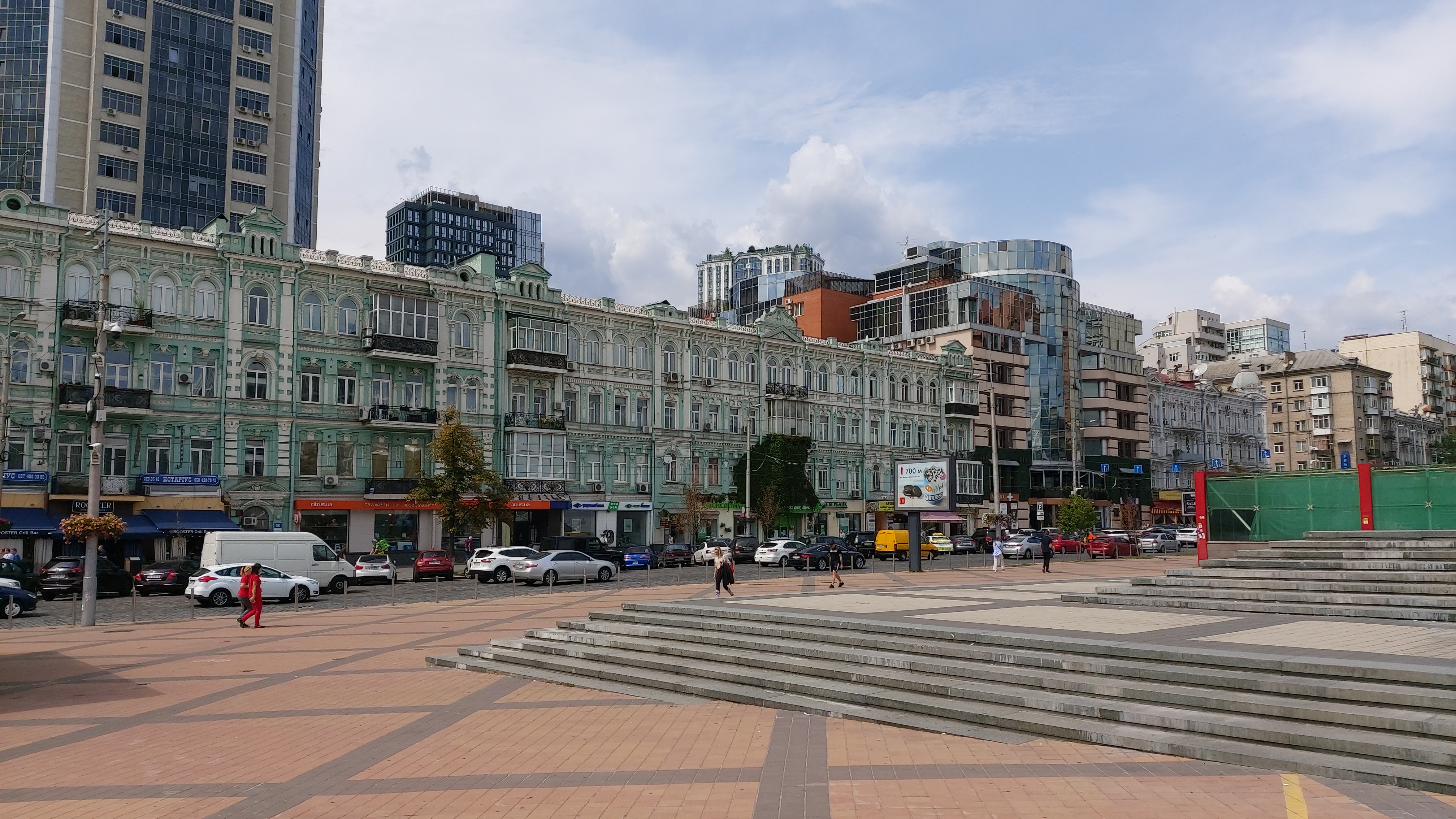
</ img>
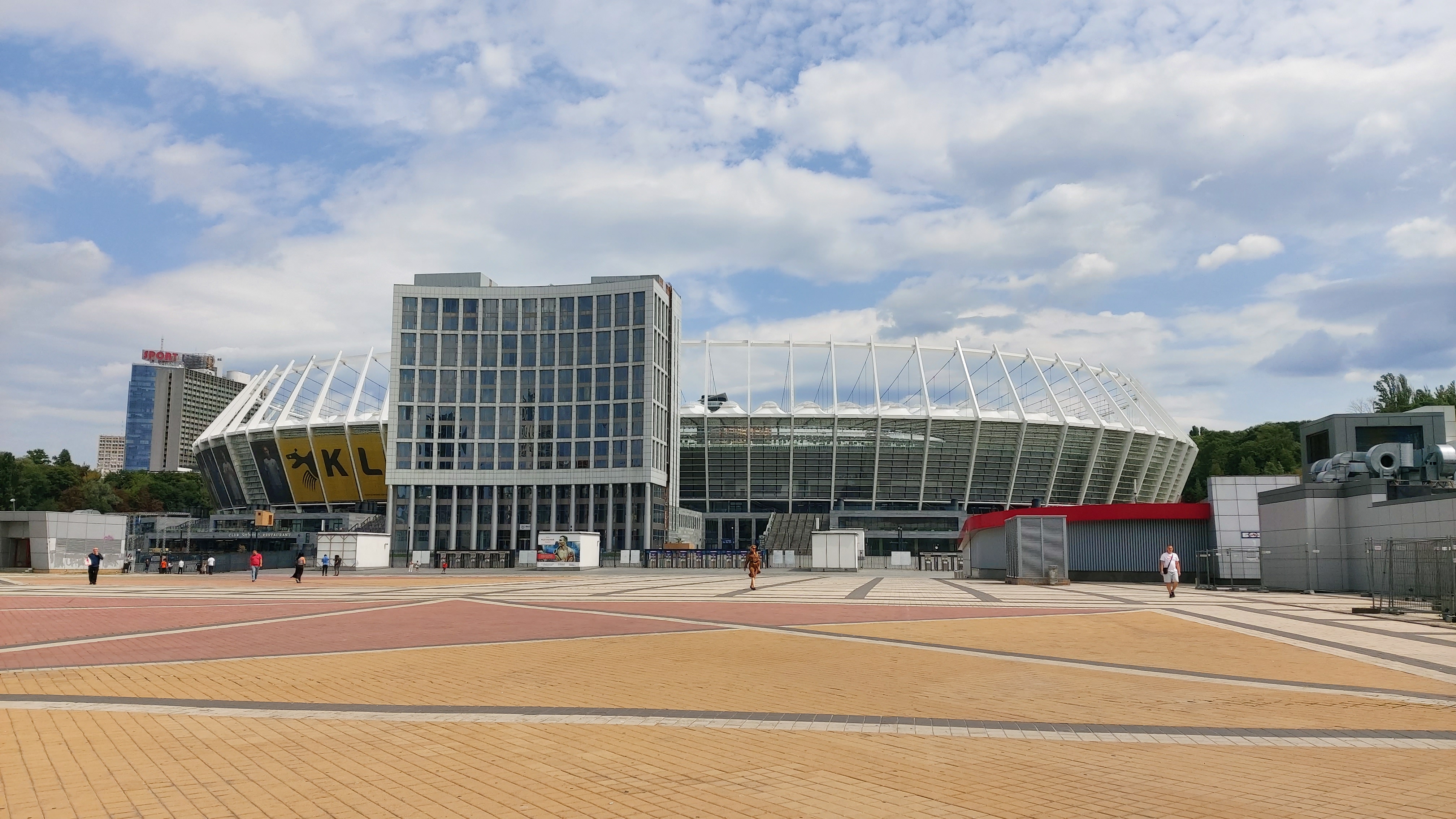
</ img>












Wide angle camera:

</ img>

</ img>
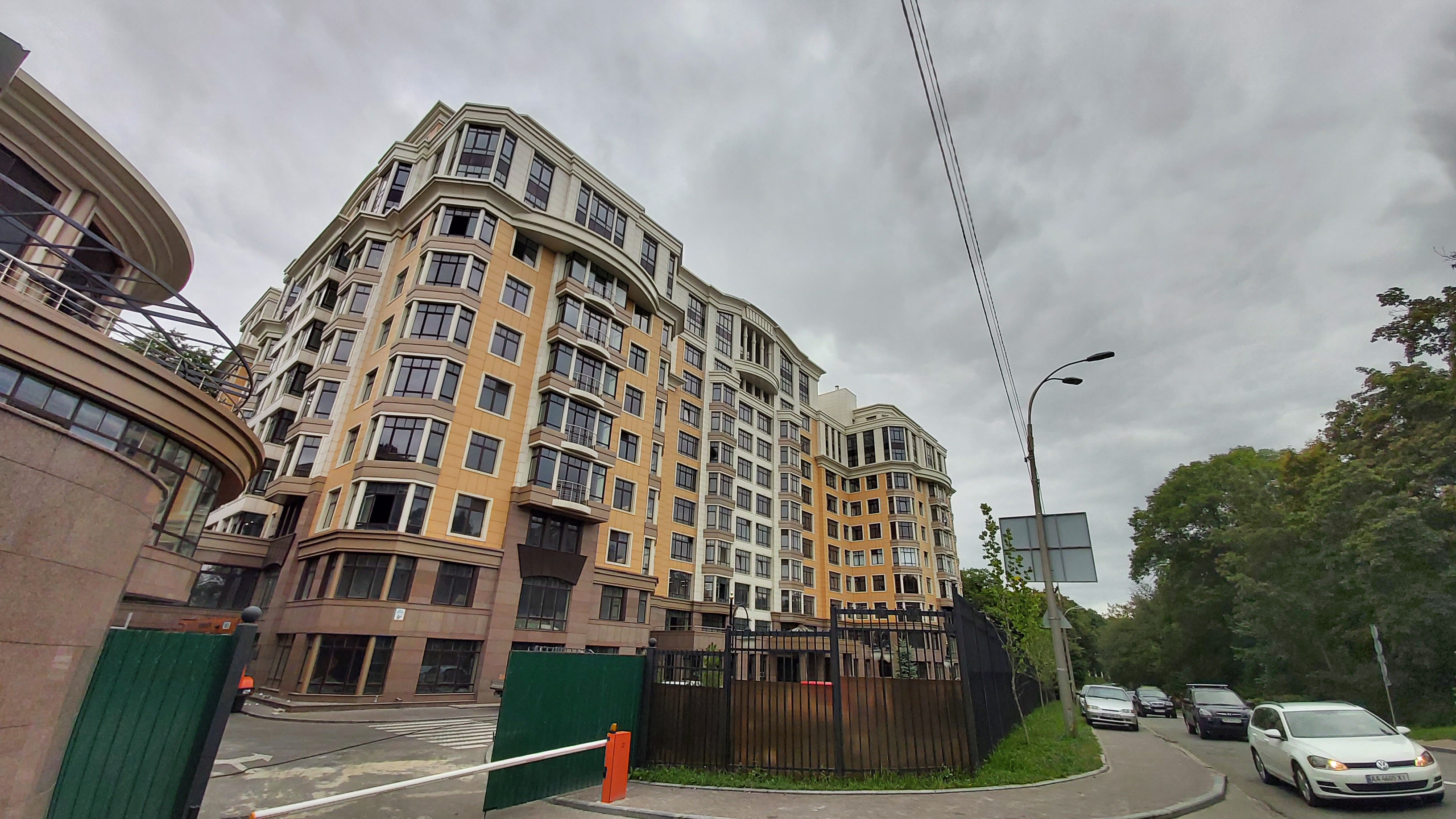
</ img>

</ img>
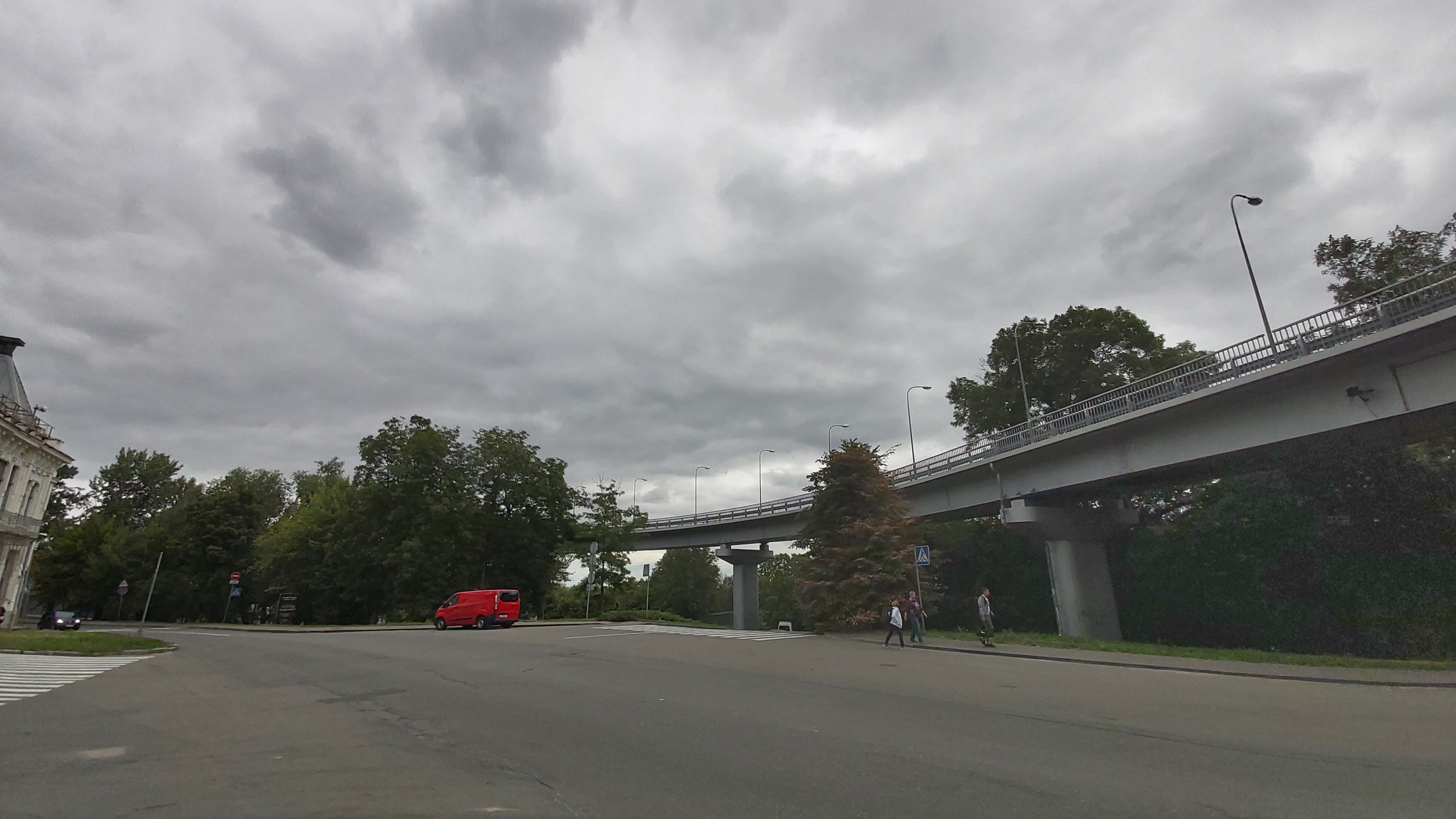
</ img>

</ img>

</ img>
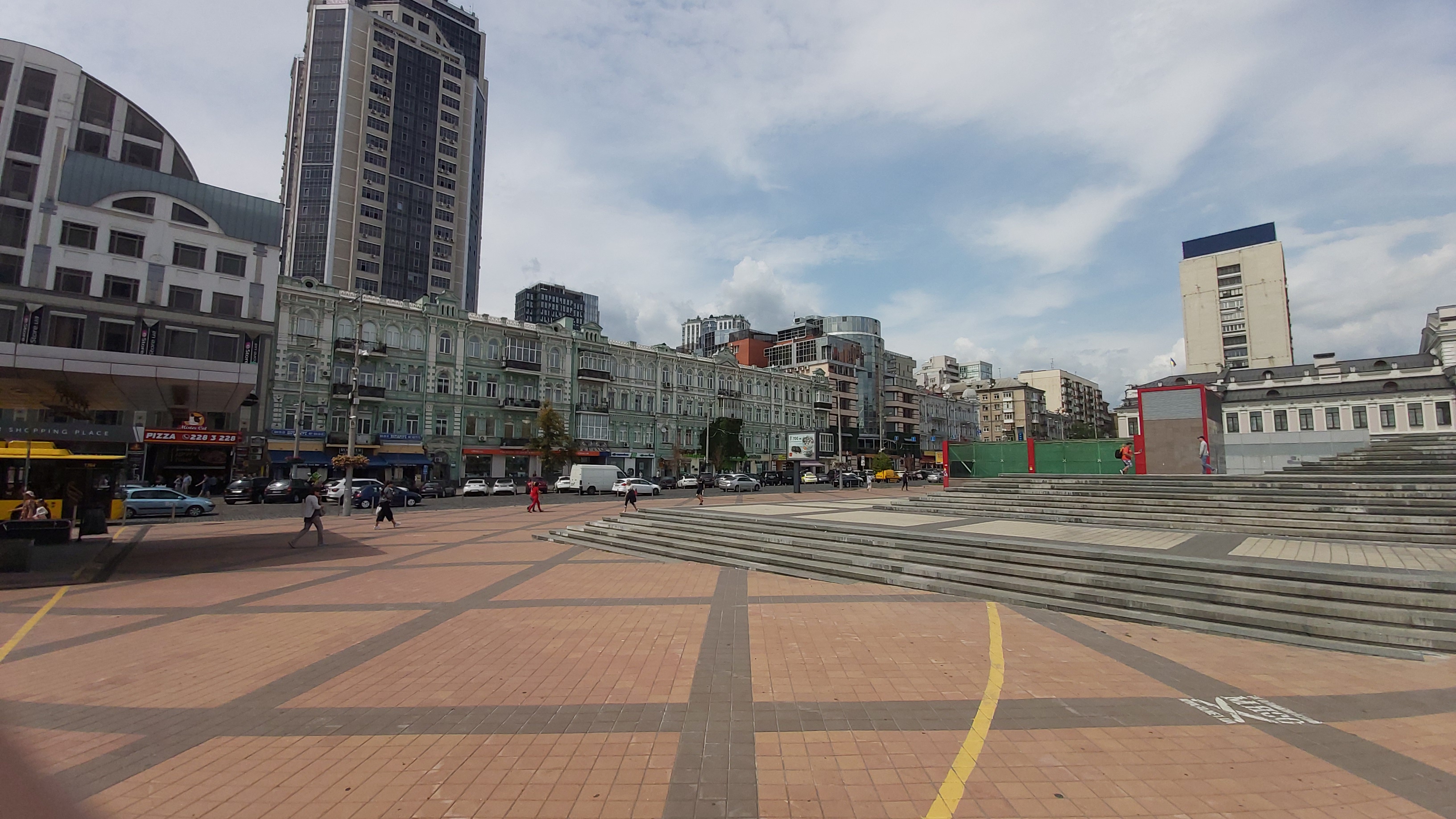
</ img>

</ img>









Smartphone video shoots in 4K resolution, but stabilization is only with FullHD:
</ p>In the dry residue
Samsung Galaxy A80 is unusual and, one might say,experimental smartphone. Its main strengths are a large AMOLED screen of excellent quality with minimal frames, without any cutouts, and an unusual camera with a retractable, rotating mechanism, which will clearly work as a wow factor. Otherwise, everything is also at the same level: an up-to-date, productive platform, an impressive amount of RAM, a decent camera and Android 9 Pie with a very convenient and fast One UI shell. But one of the decisive factors when choosing a smartphone is the price, and according to this indicator, the Samsung Galaxy A80 for20,000 UAHhas a bunch of competitors.Including flagships: for example, the Samsung Galaxy S10e is not that far in price. And in this context, some complaints already arise about the smartphone, such as the lack of a MicroSD slot or a 3.5 mm headphone jack.
6 reasons to buy Samsung Galaxy A80:
- unique design with a retractable, rotating camera;
- quality materials and nice appearance;
- actual, productive processor;
- good picture quality;
- high-quality sound in the speakers and headphones;
- fast and functional One UI shell.
3 reasons not to buy the Samsung Galaxy A80:
- high price;
- camera design collects dust, durability is questionable;
- lack of memory card slot and 3.5mm headphone jack.
Samsung Galaxy A80
The oldest model of the middle line of Android-smartphonesSamsung. Equipped with a huge 6.7-inch AMOLED-screen, the new Snapdragon mid-range processor, 8 GB of operational and 128 GB of internal memory, a subscreen fingerprint scanner and a triple-retractable, rotating camera.
Rozetka
Hello
Comfy
Citrus

We recommend
Specifications Samsung Galaxy A80
Display
AMOLED, 6.7 inches, 2400×1080 (20:9 aspect ratio), 393 ppi, Gorilla Glass 3
Housing
dimensions: 165.2×76.5×9.3 mm, weight: 220 g
CPU
Qualcomm Snapdragon 730 (8 nm), 2×2.2 GHz Kryo 470 Gold, 6×1.8 GHz Kryo 470 Silver, Adreno 618
RAM
8 GB
Flash memory
128 GB
Camera
triple: 48 MP, f/2.0, 1/2″, 0.8µm, PDAF, wide-angle 8 MP, f/2.2, 1.12µm, TOF 3D camera, f/1.2
Wireless technology
Wi-Fi 802.11 a/b/g/n/ac/ (dual-band, 2.4 and 5 GHz, Bluetooth 5.0 LE, NFC, ANT+, FM
GPS
GPS, A-GPS, GLONASS, BDS, GALILEO
Battery
3700 mAh, non-removable, fast charging 25 W
operating system
Android 9 Pie + One UI 1.1
Sim card
2xNanoSIM

For those that want to know more:
- Samsung Galaxy S10 + Review: Anniversary flagship with five cameras
- Samsung Galaxy S10e review: less doesn’t mean worse
- Sony Xperia 1 review: “high” flagship with 4K HDR OLED display
- Huawei P30 Pro Review: Night Vision
- Samsung Galaxy S10 review: All-in-One universal flagship
- Review of ASUS ZenFone 6: “folk” flagship with Snapdragon 855 and PTZ camera